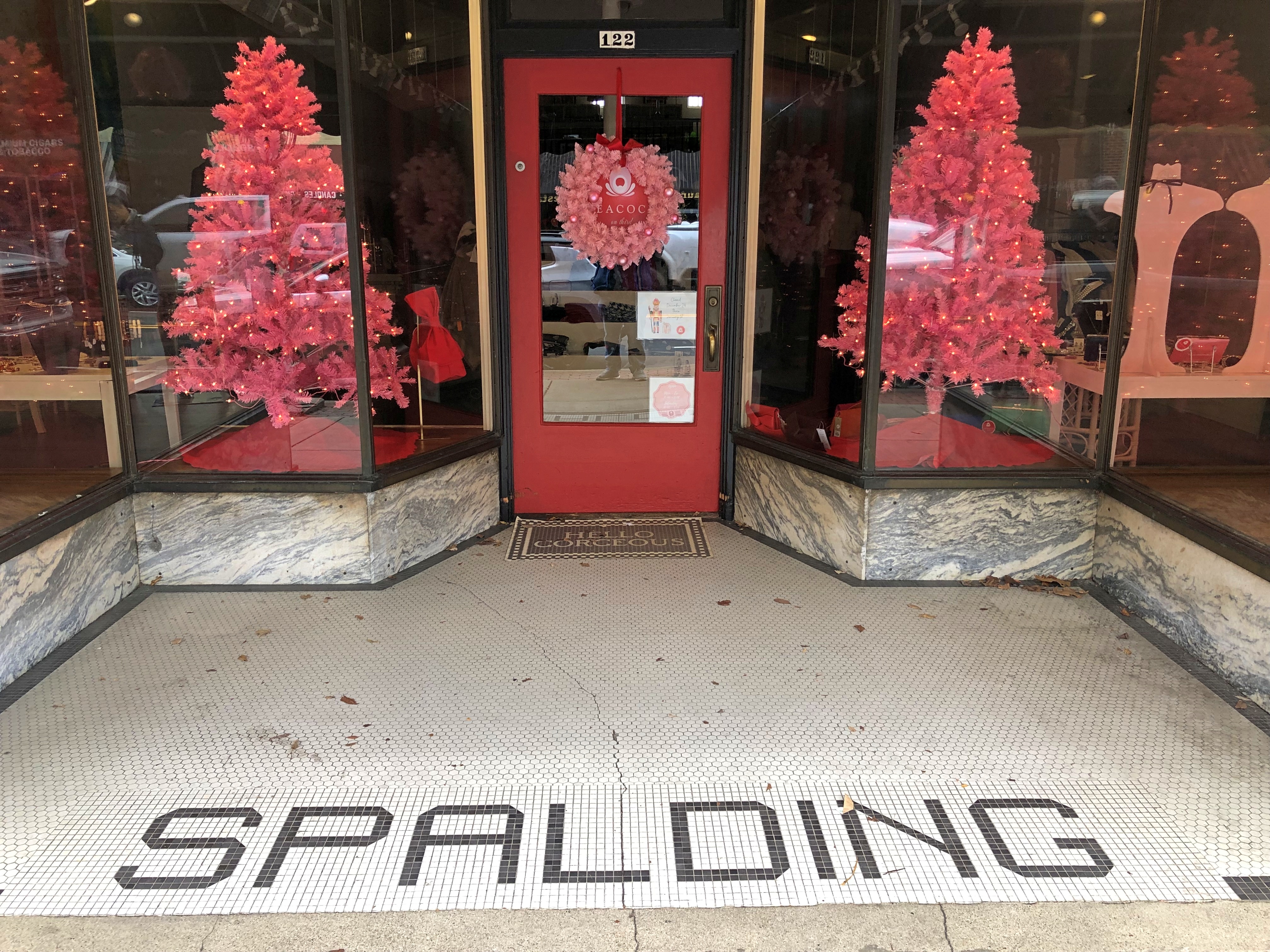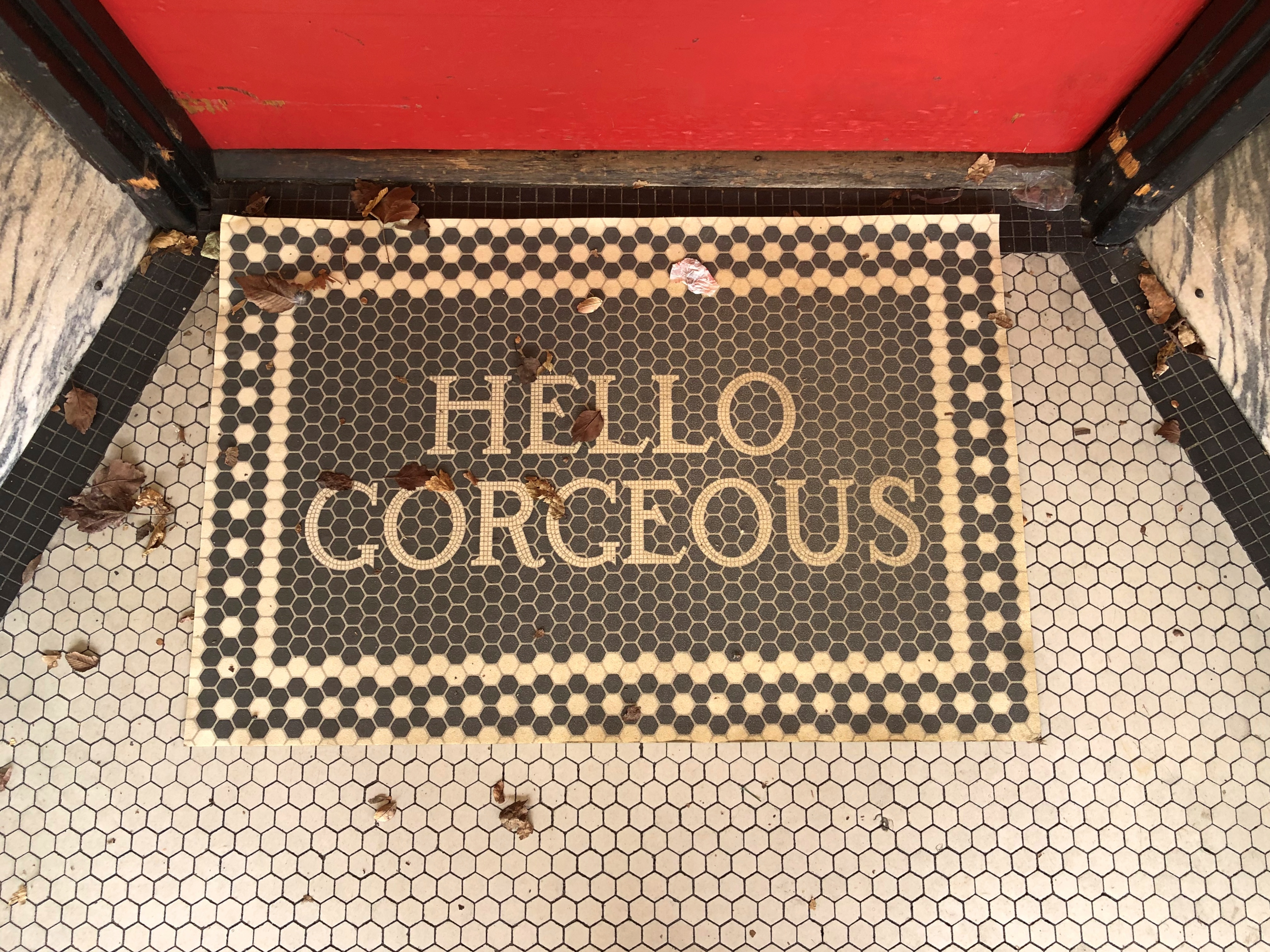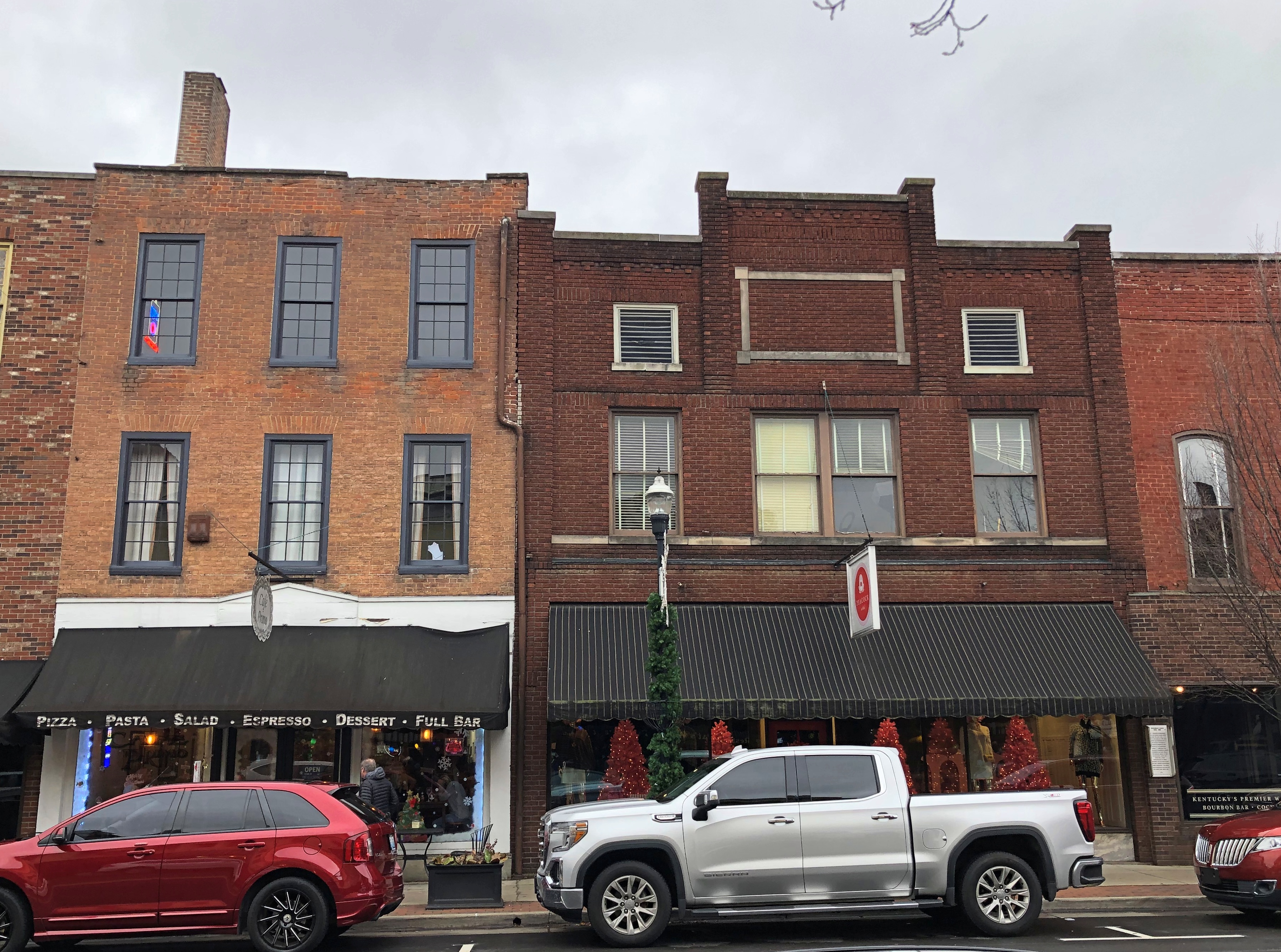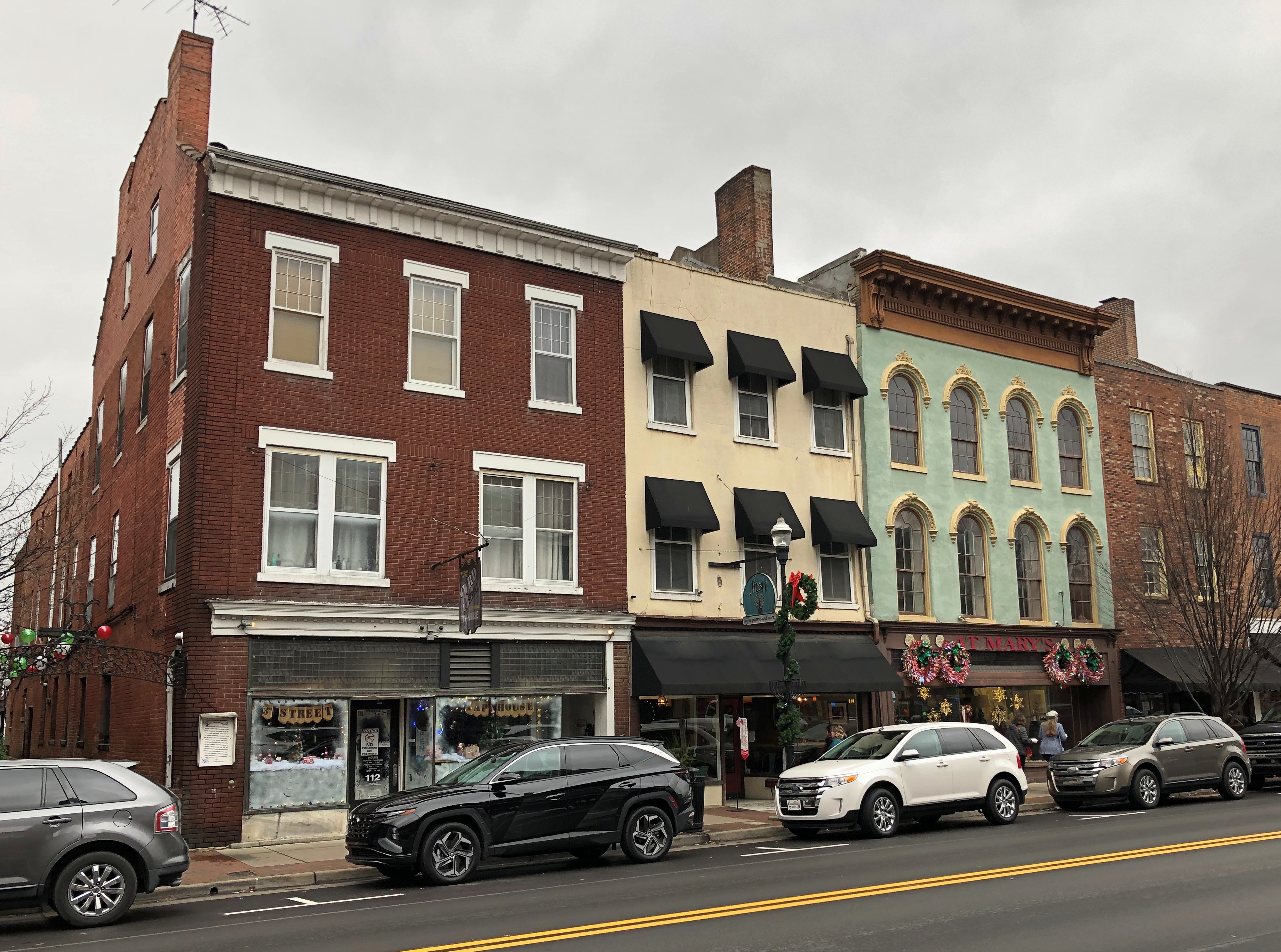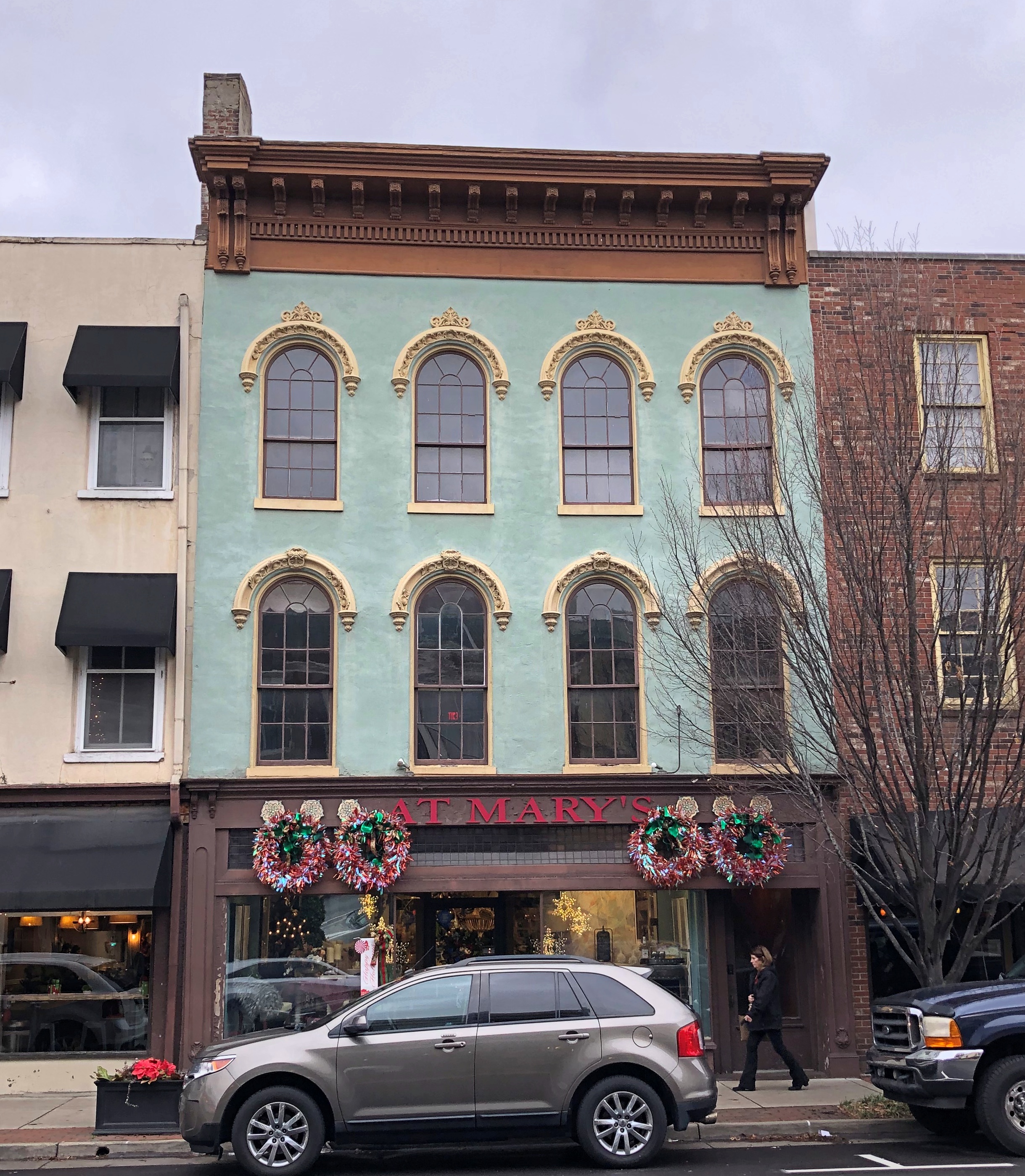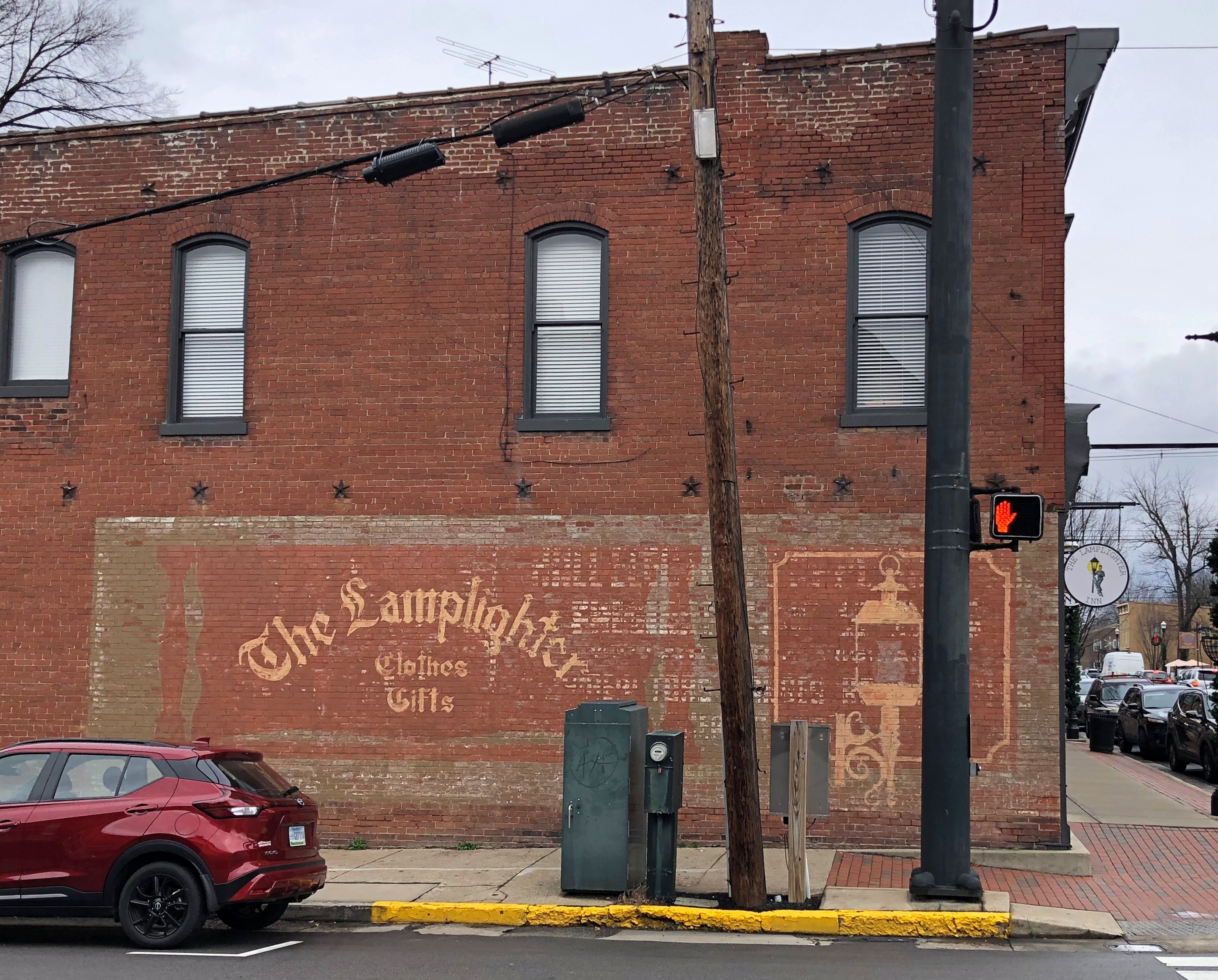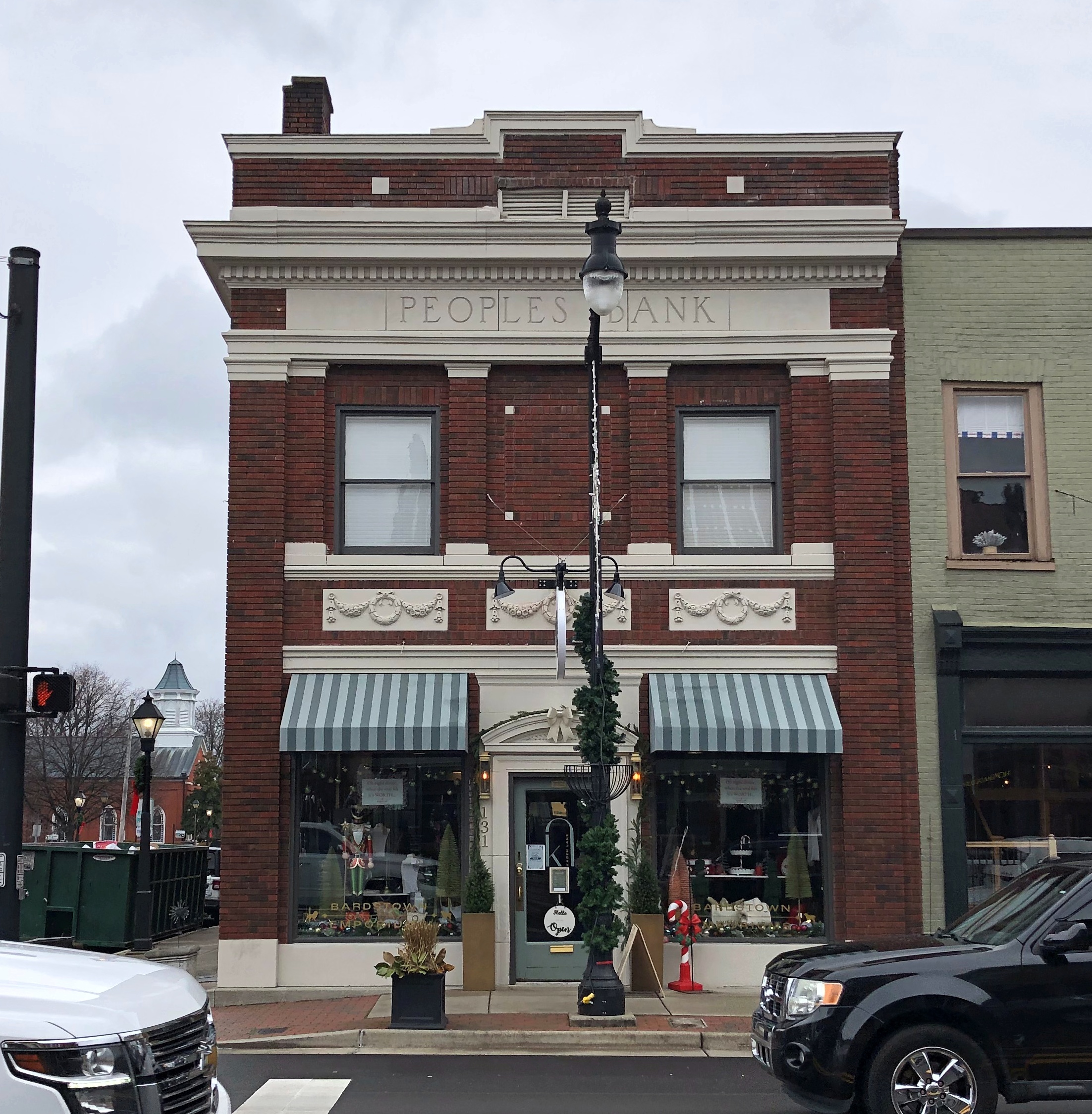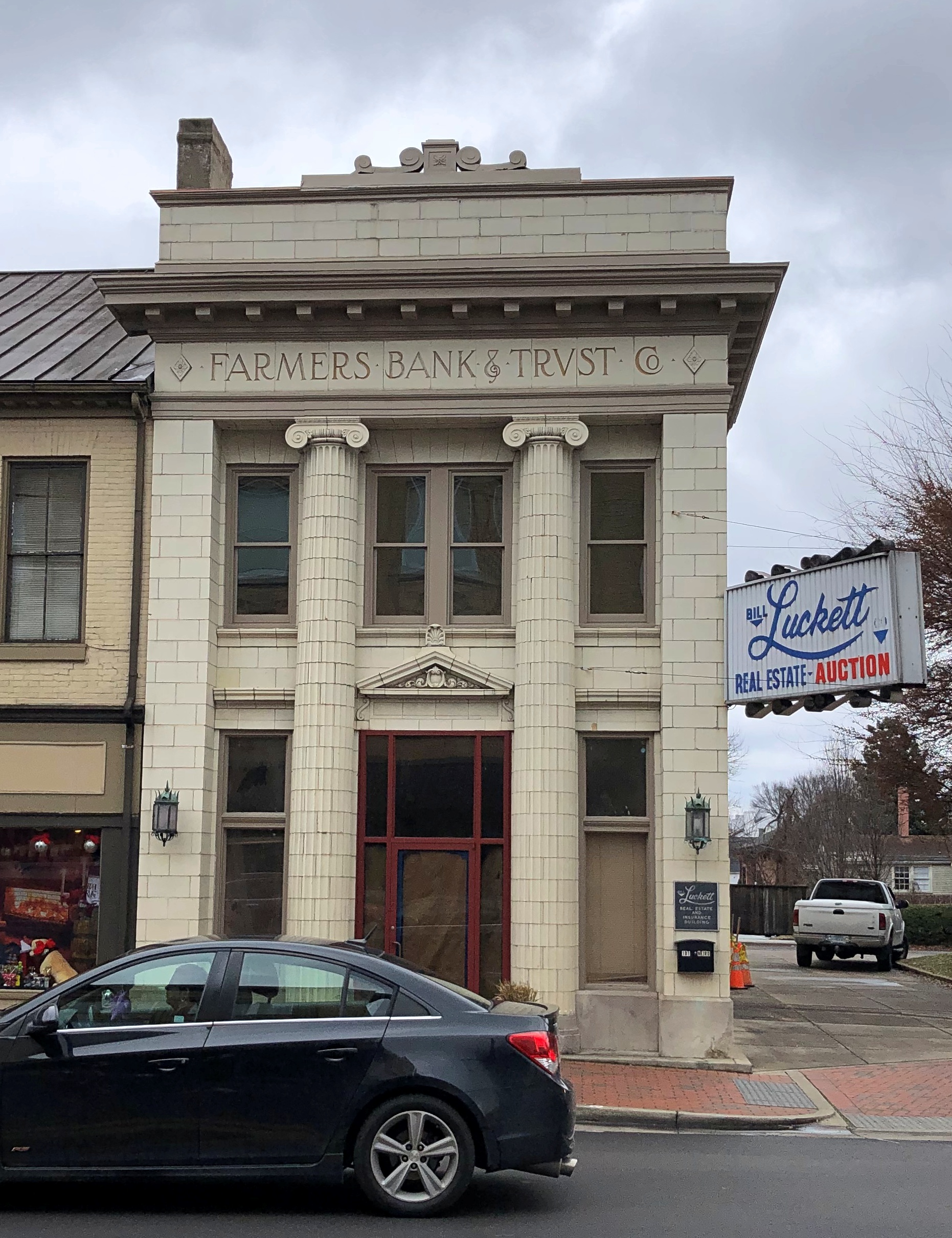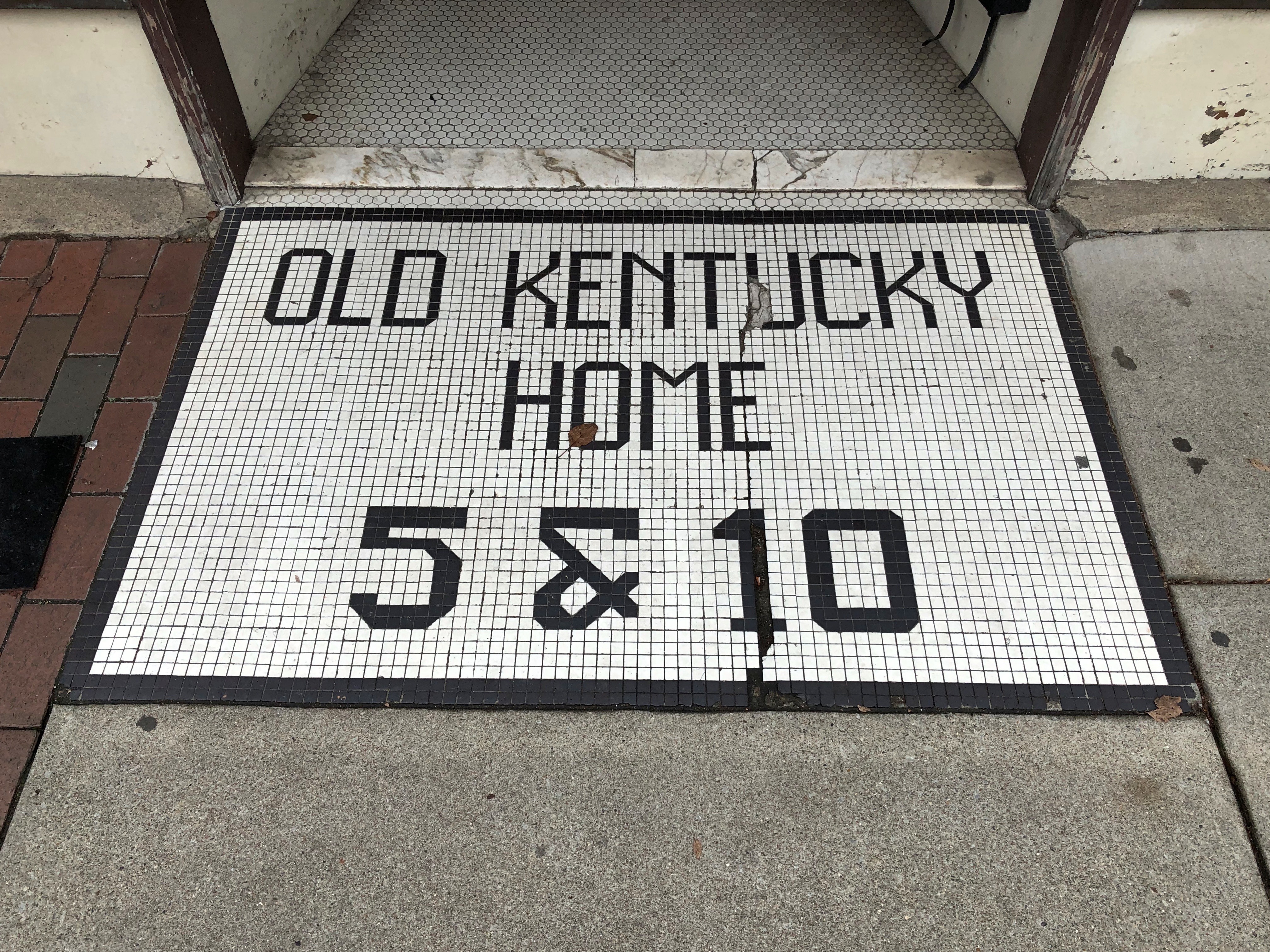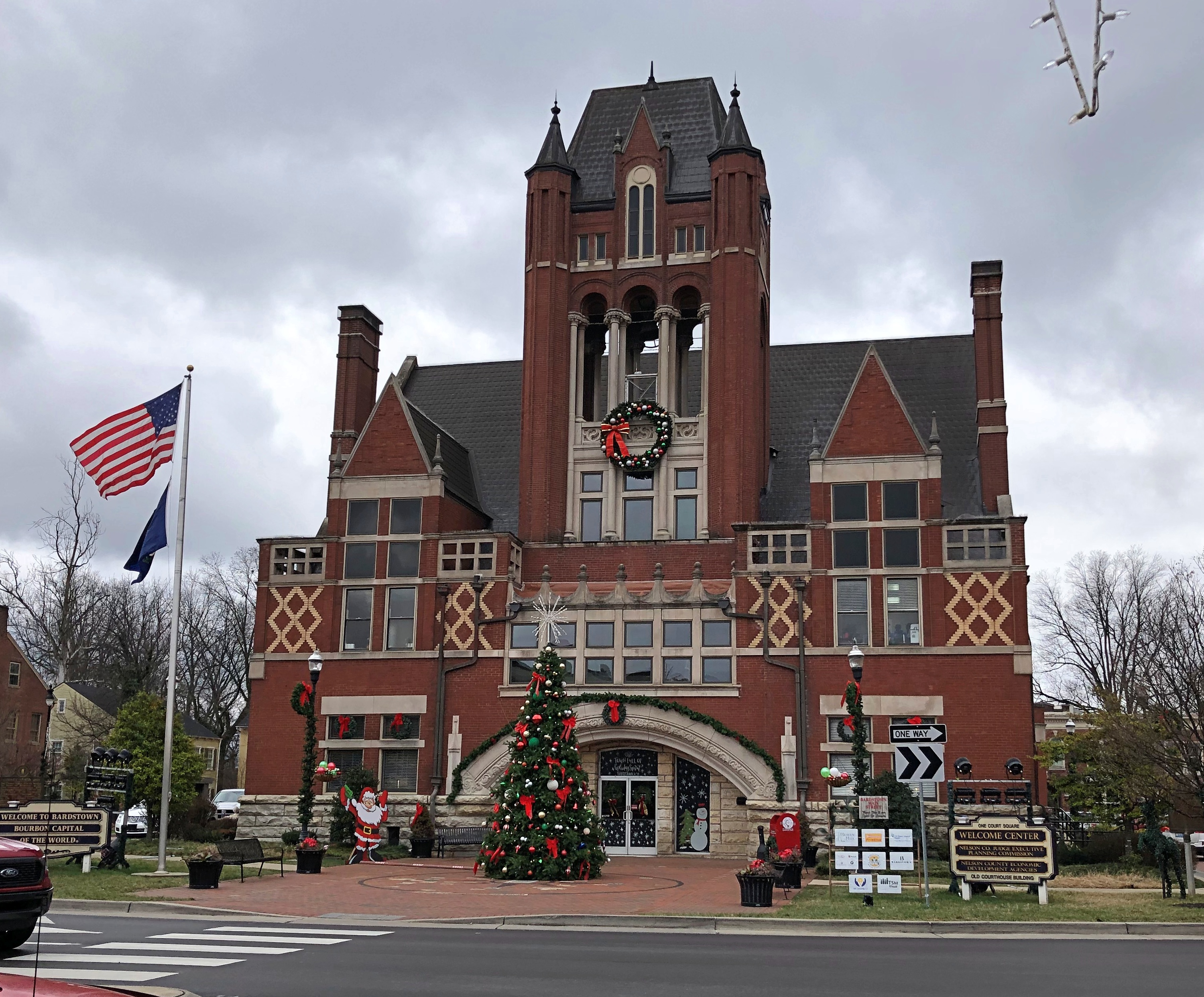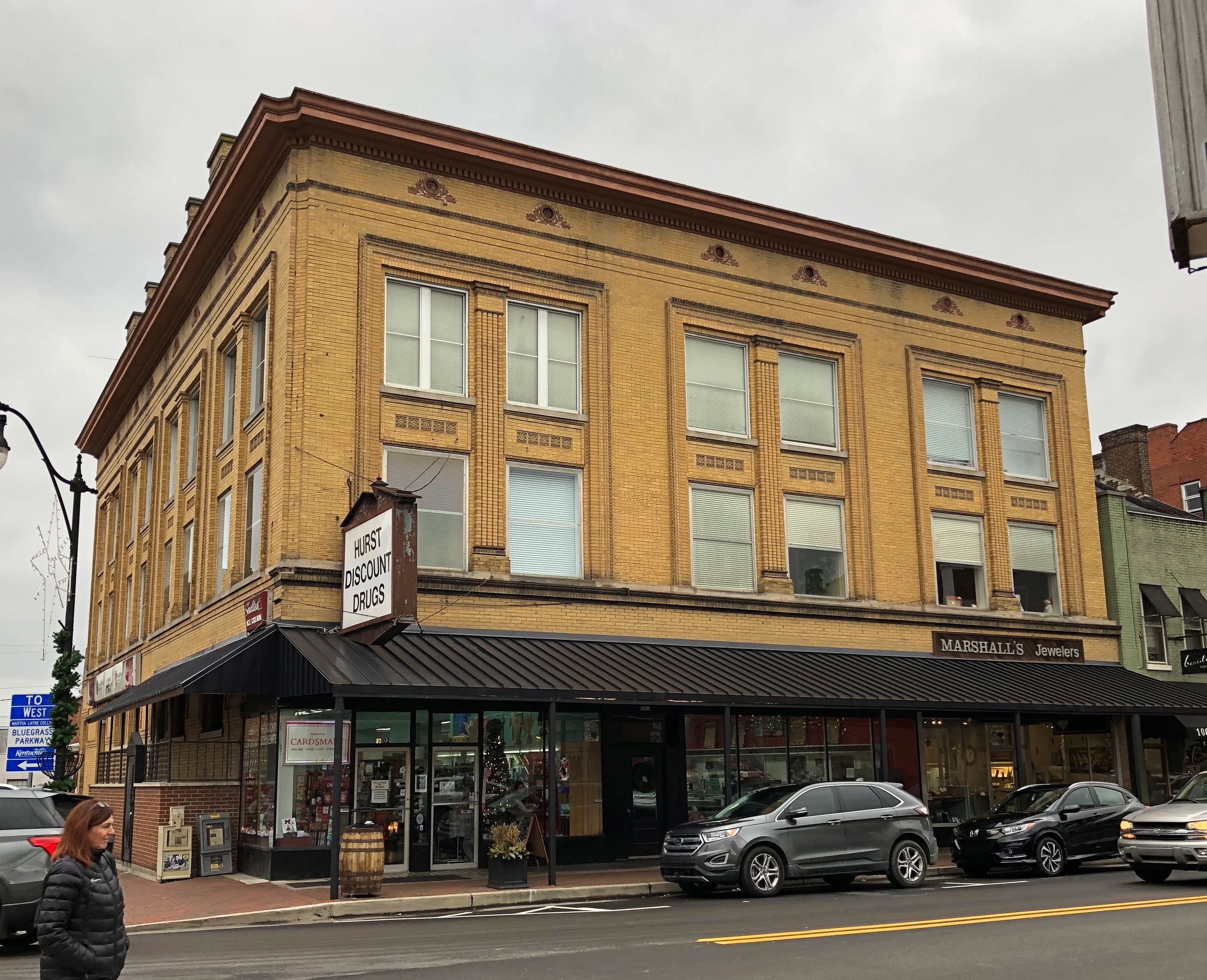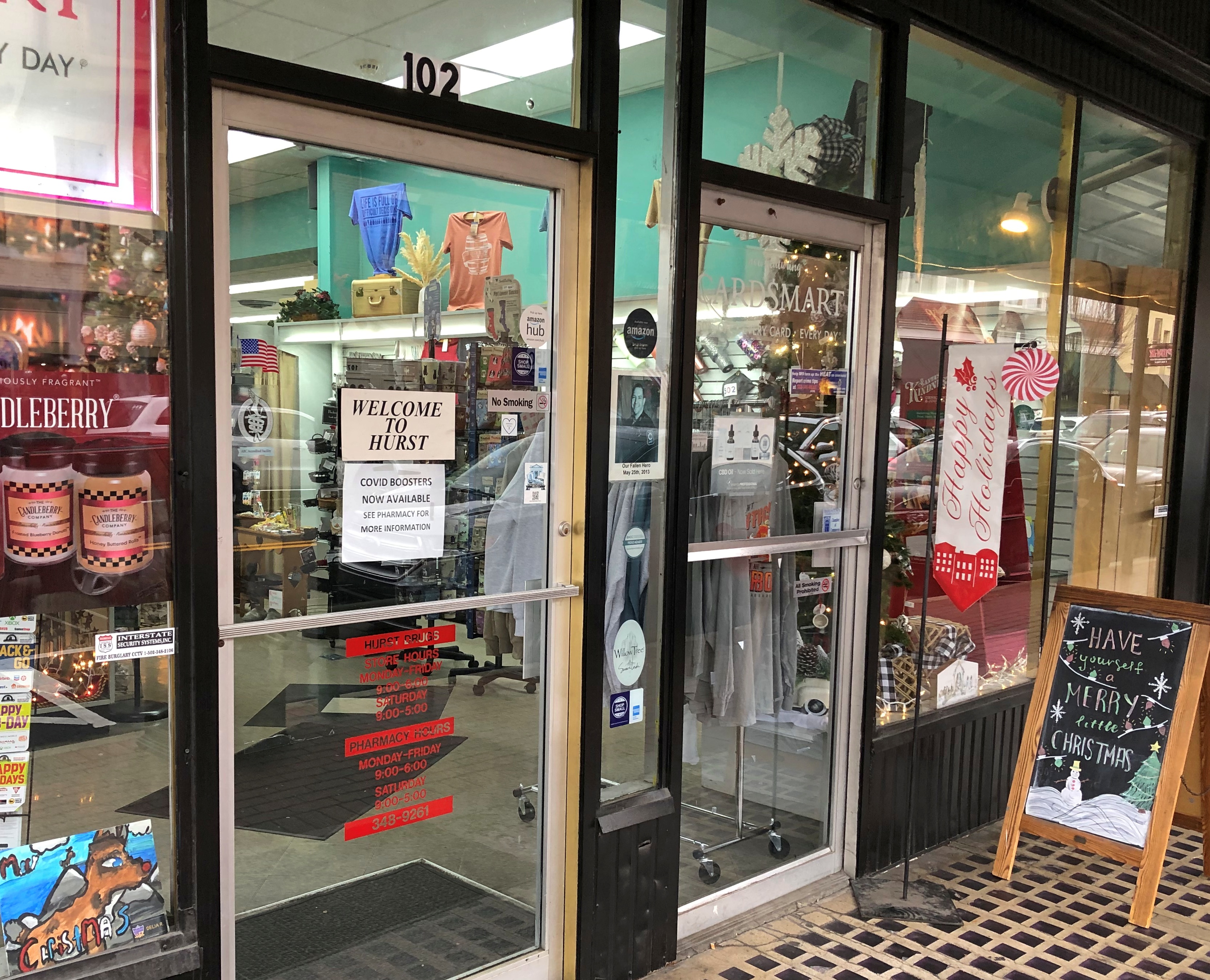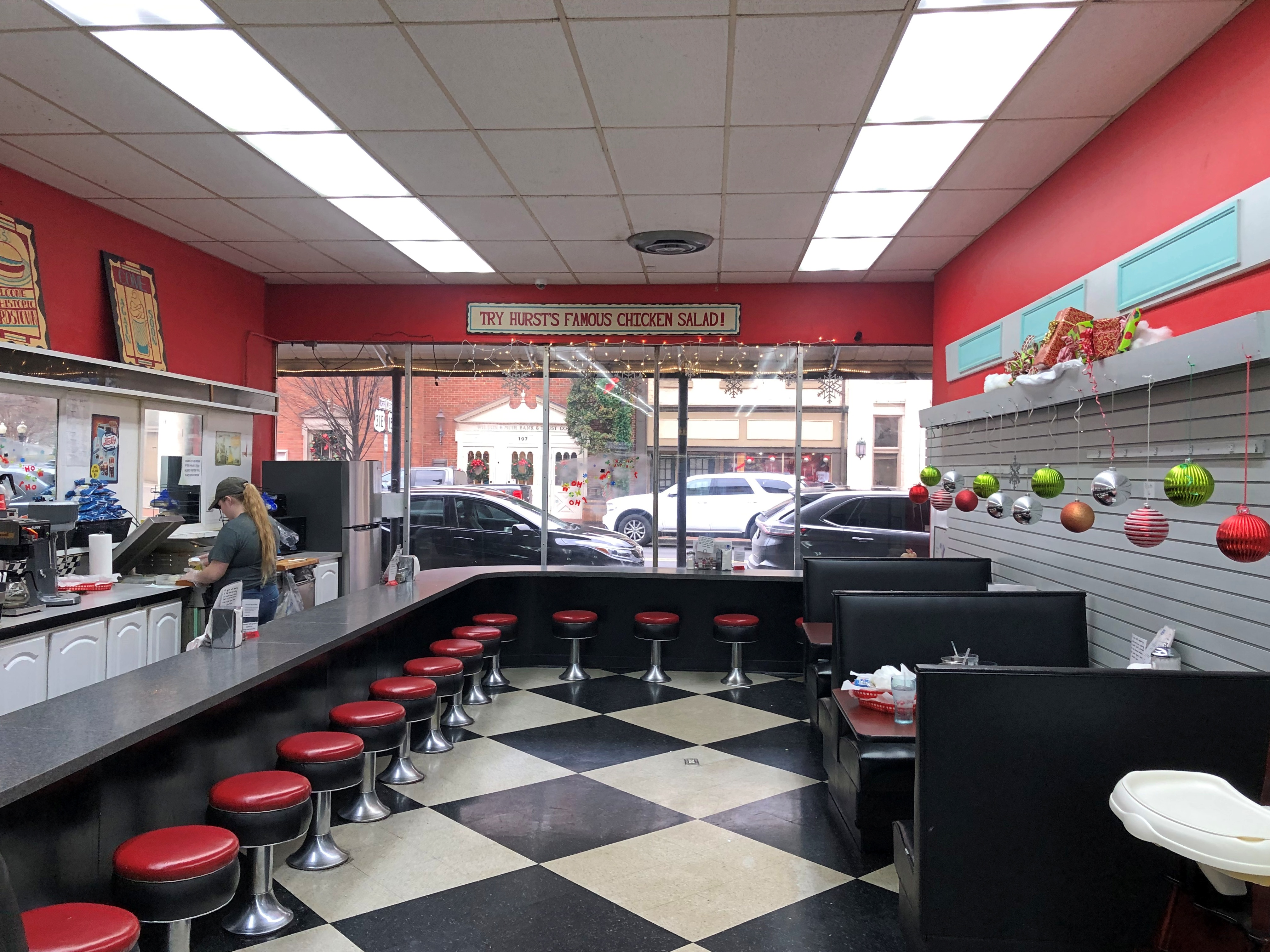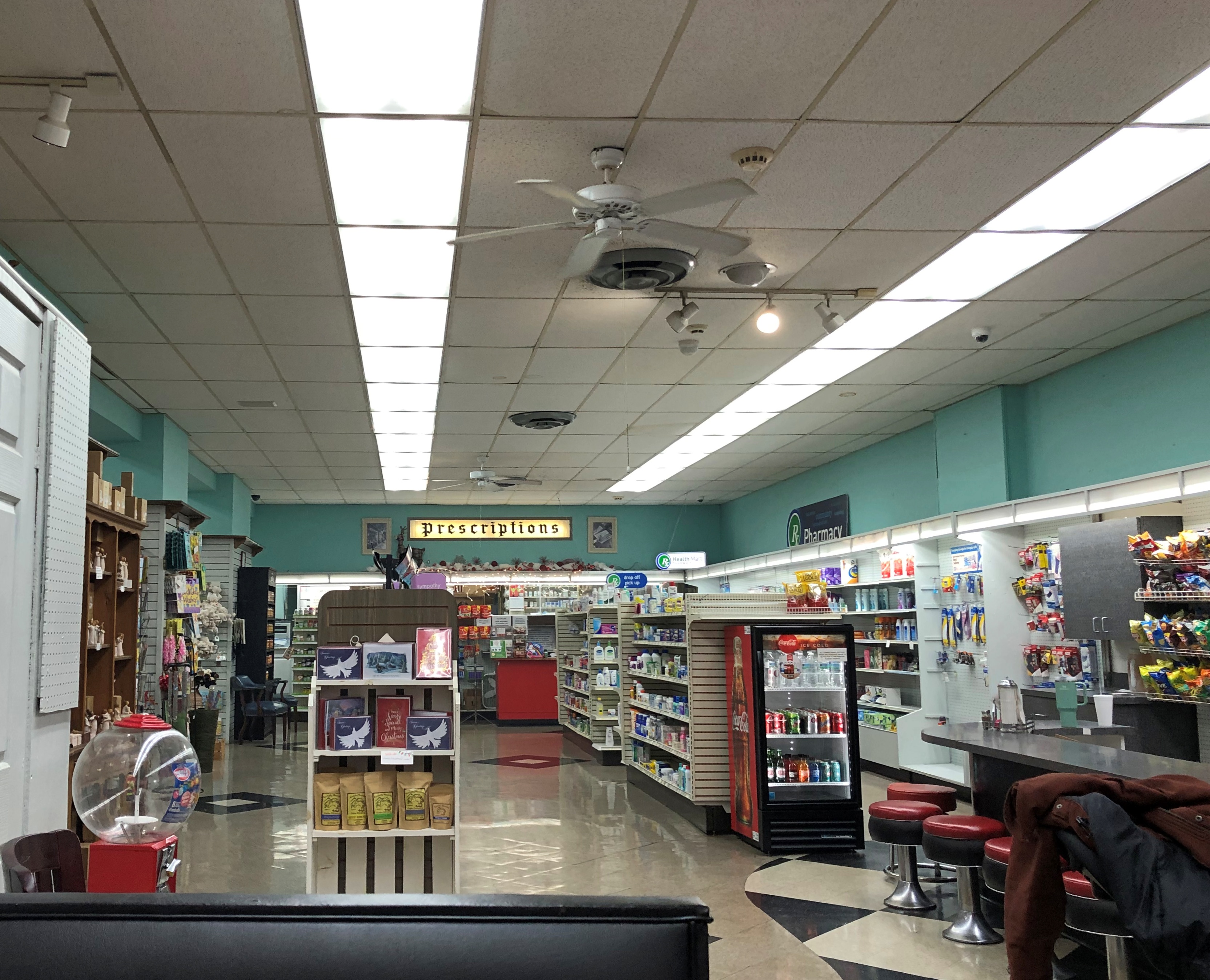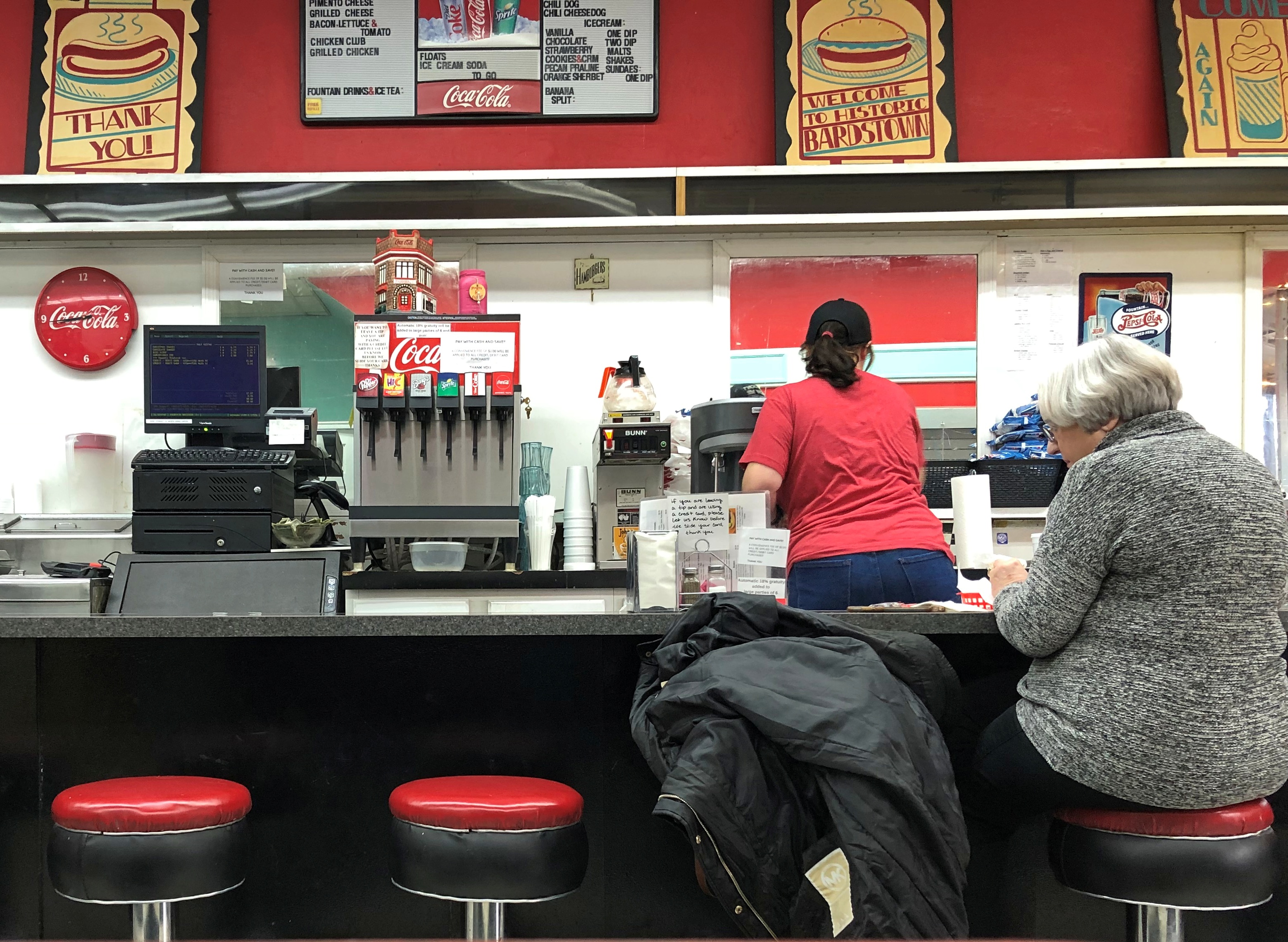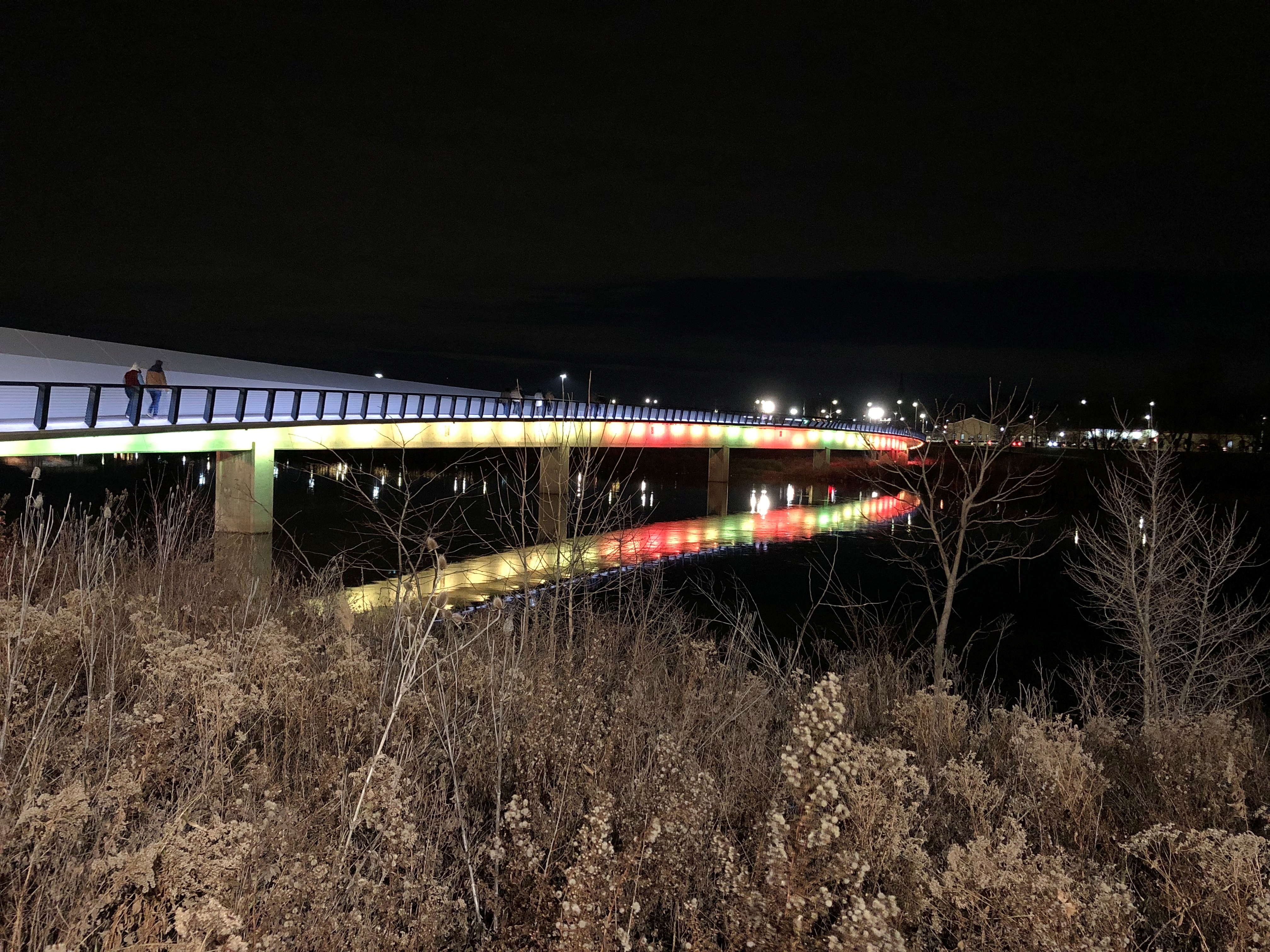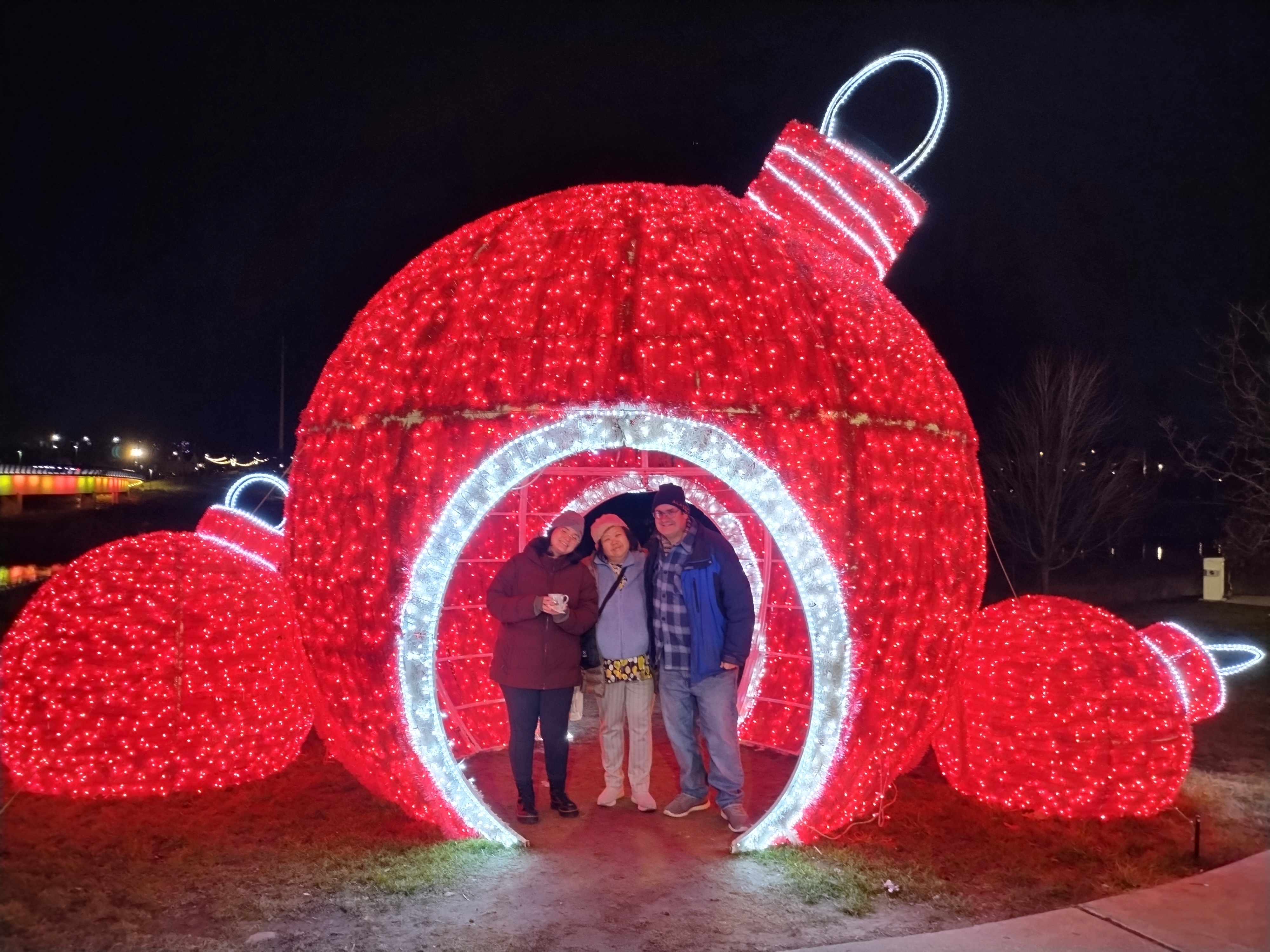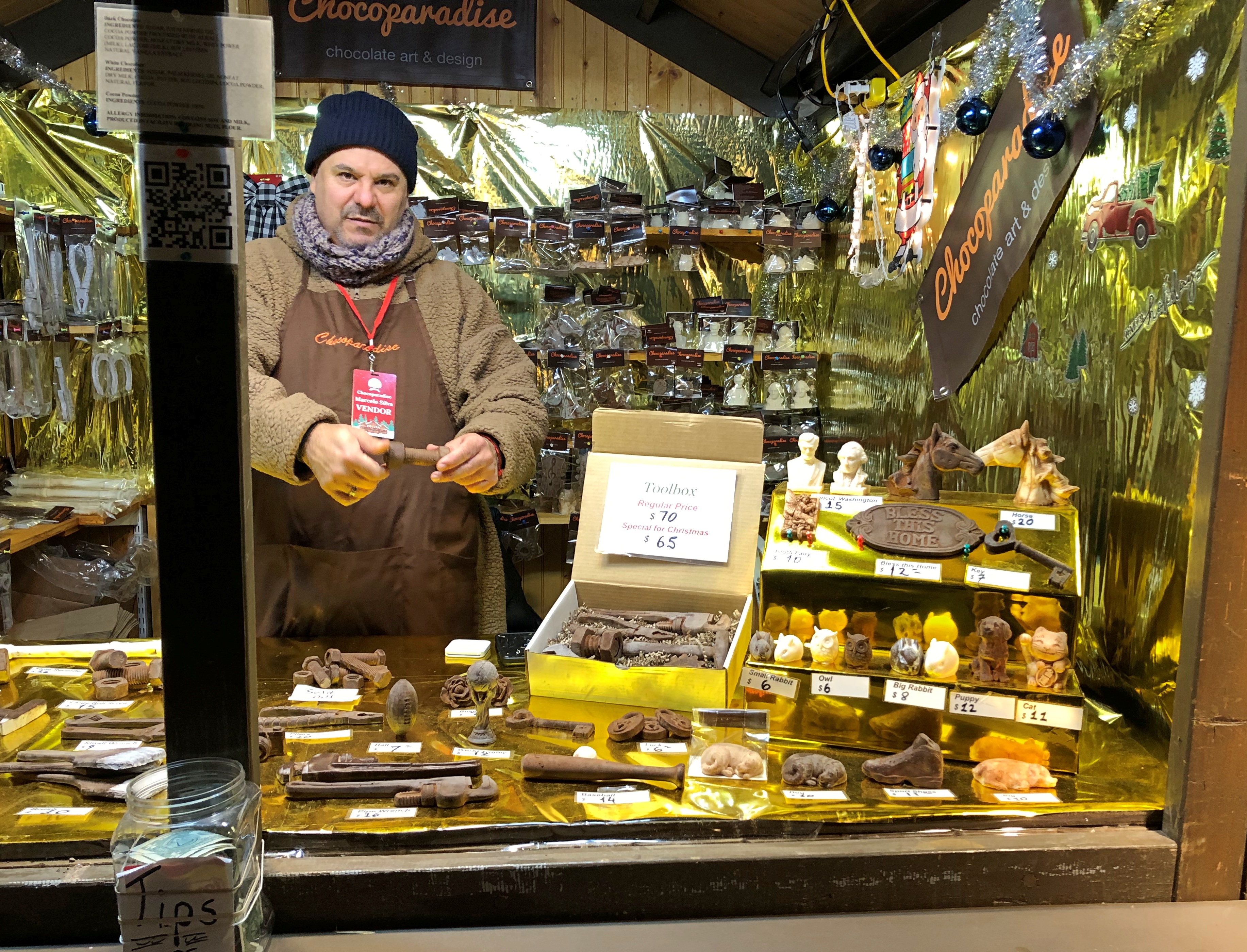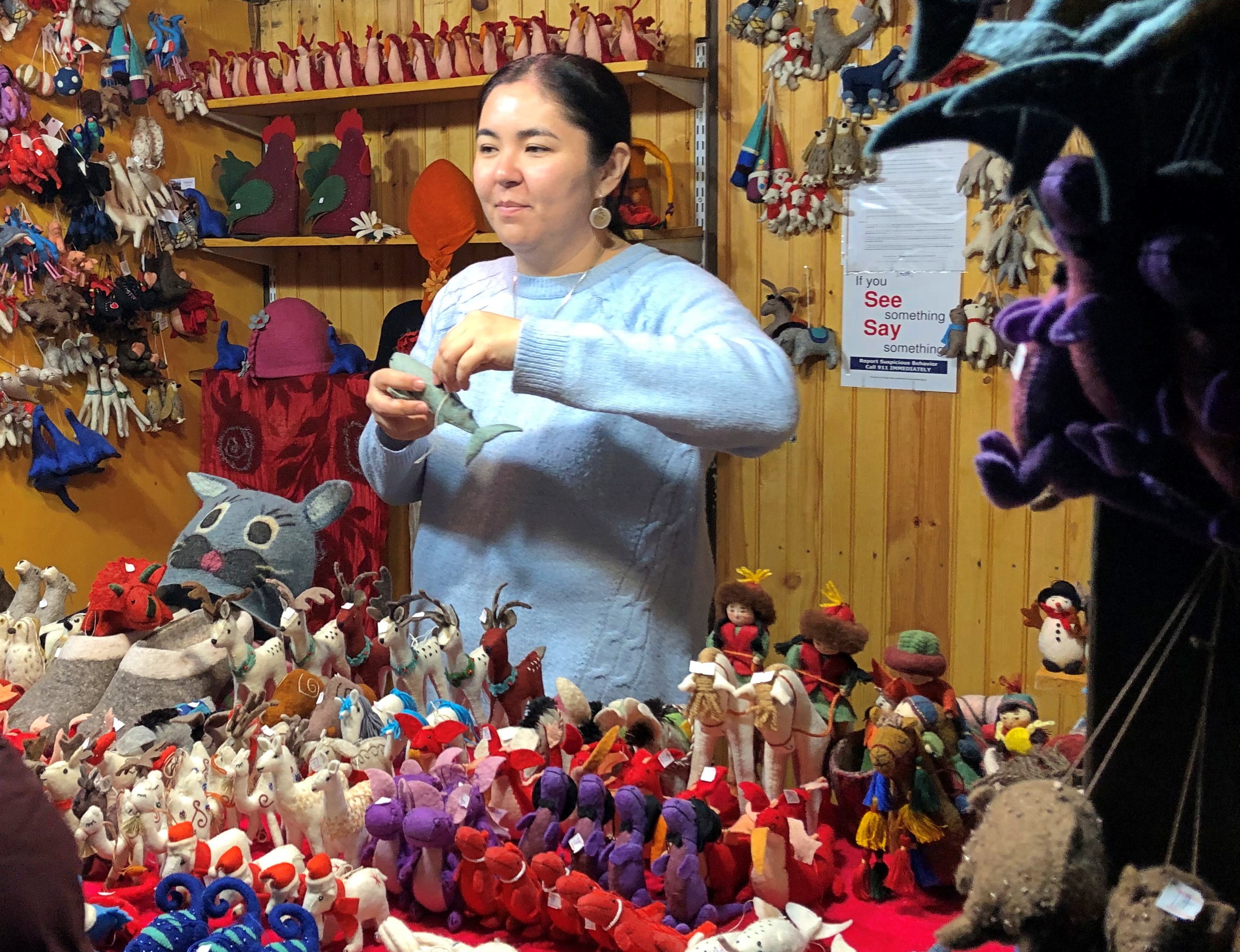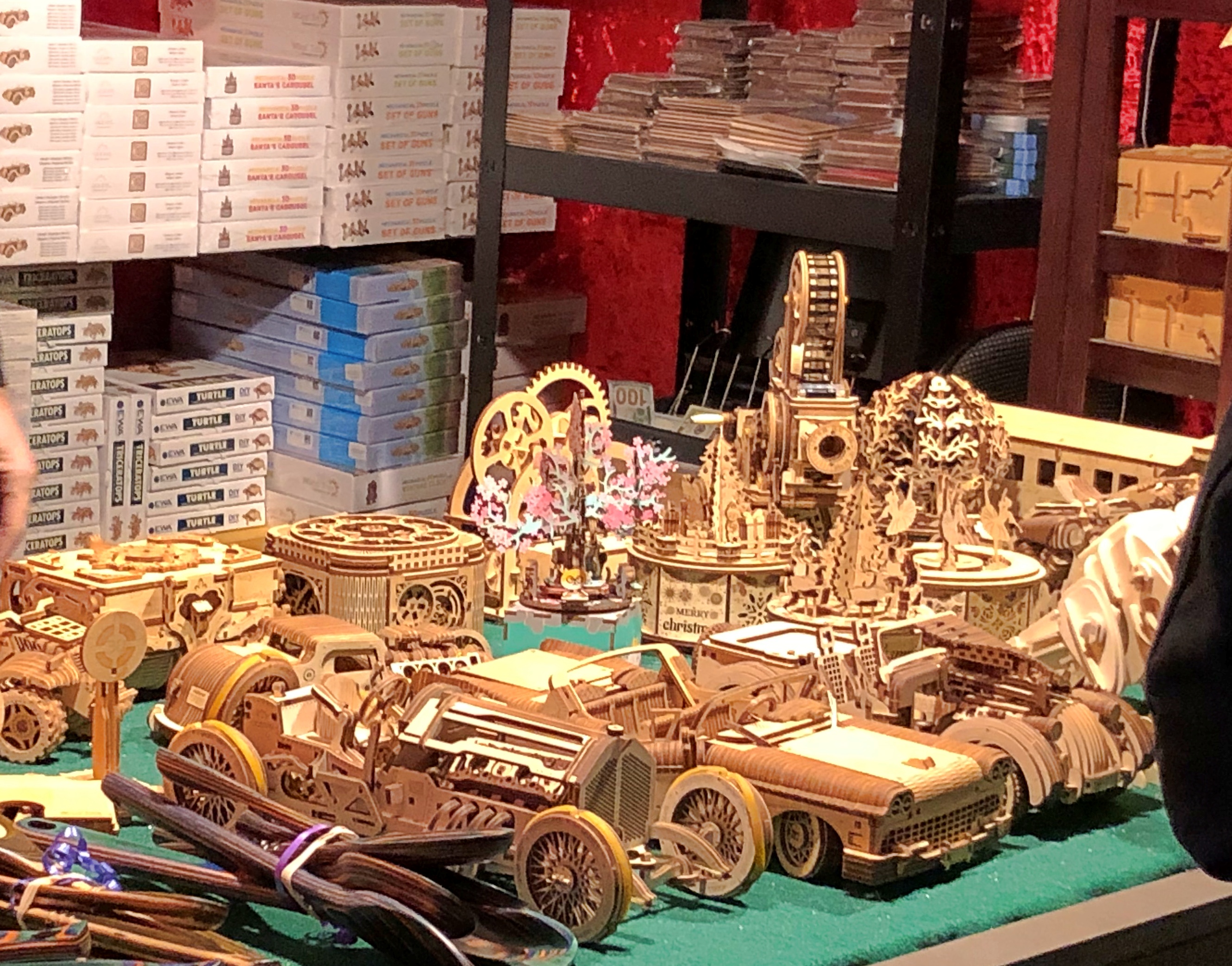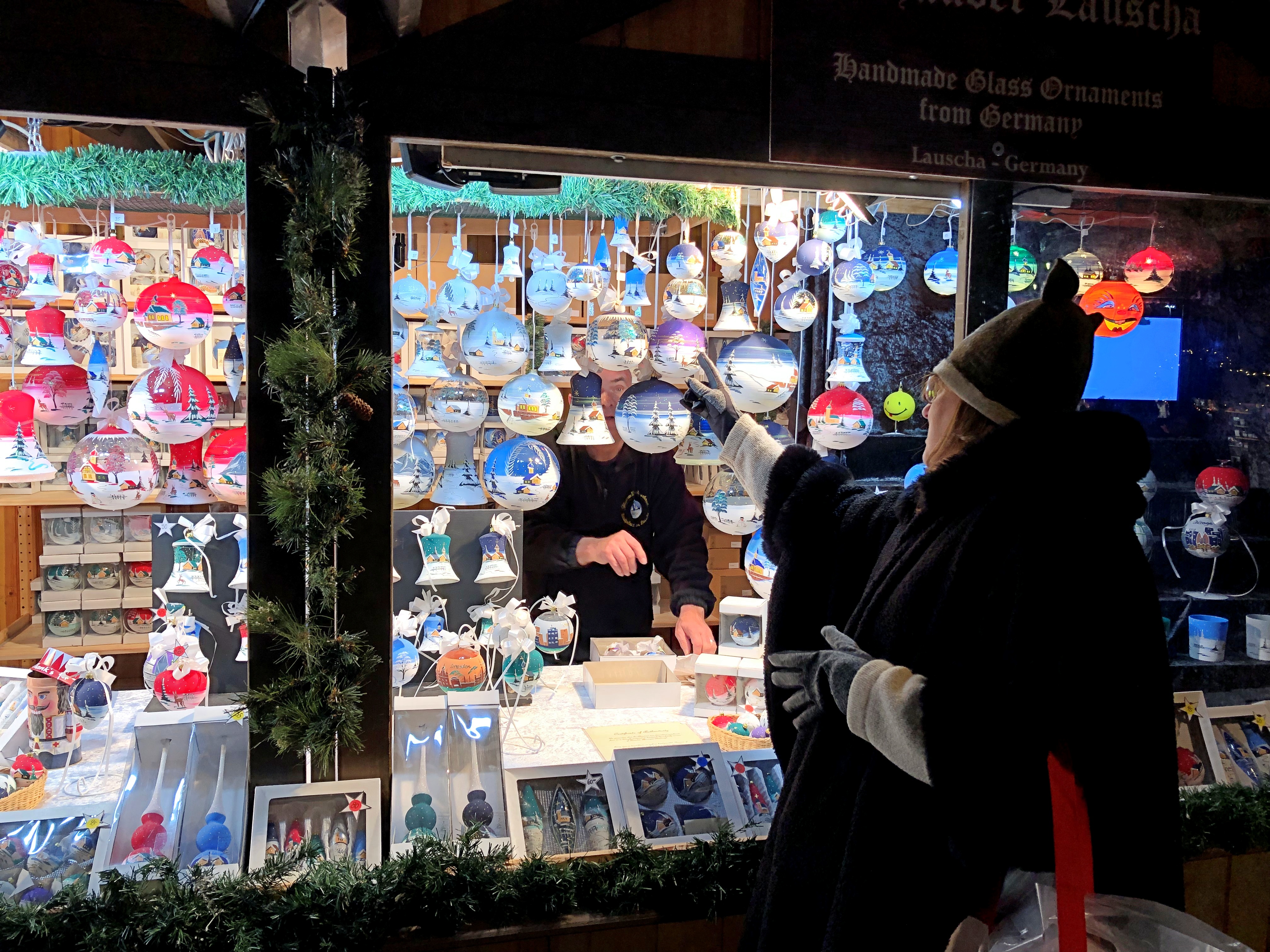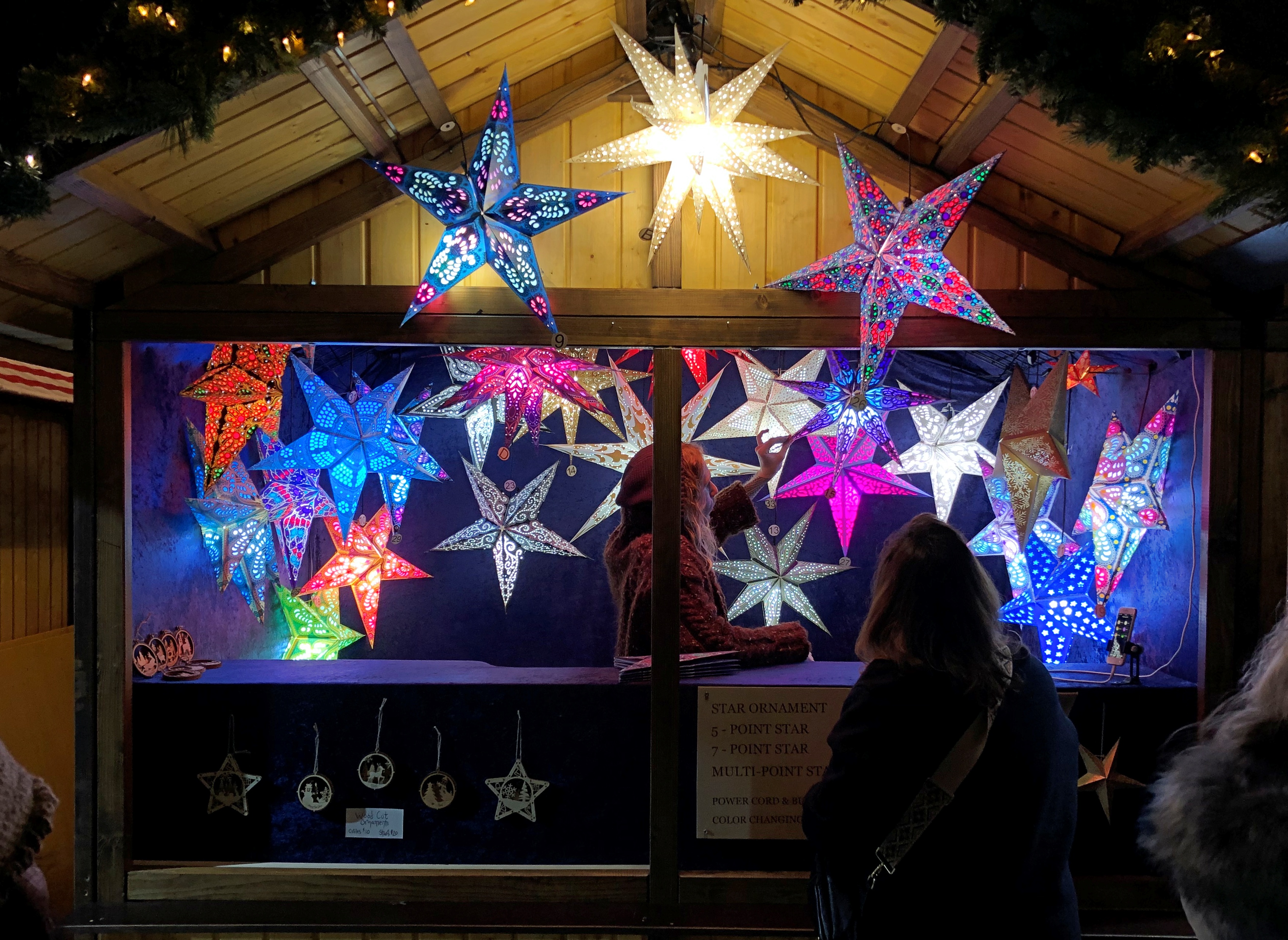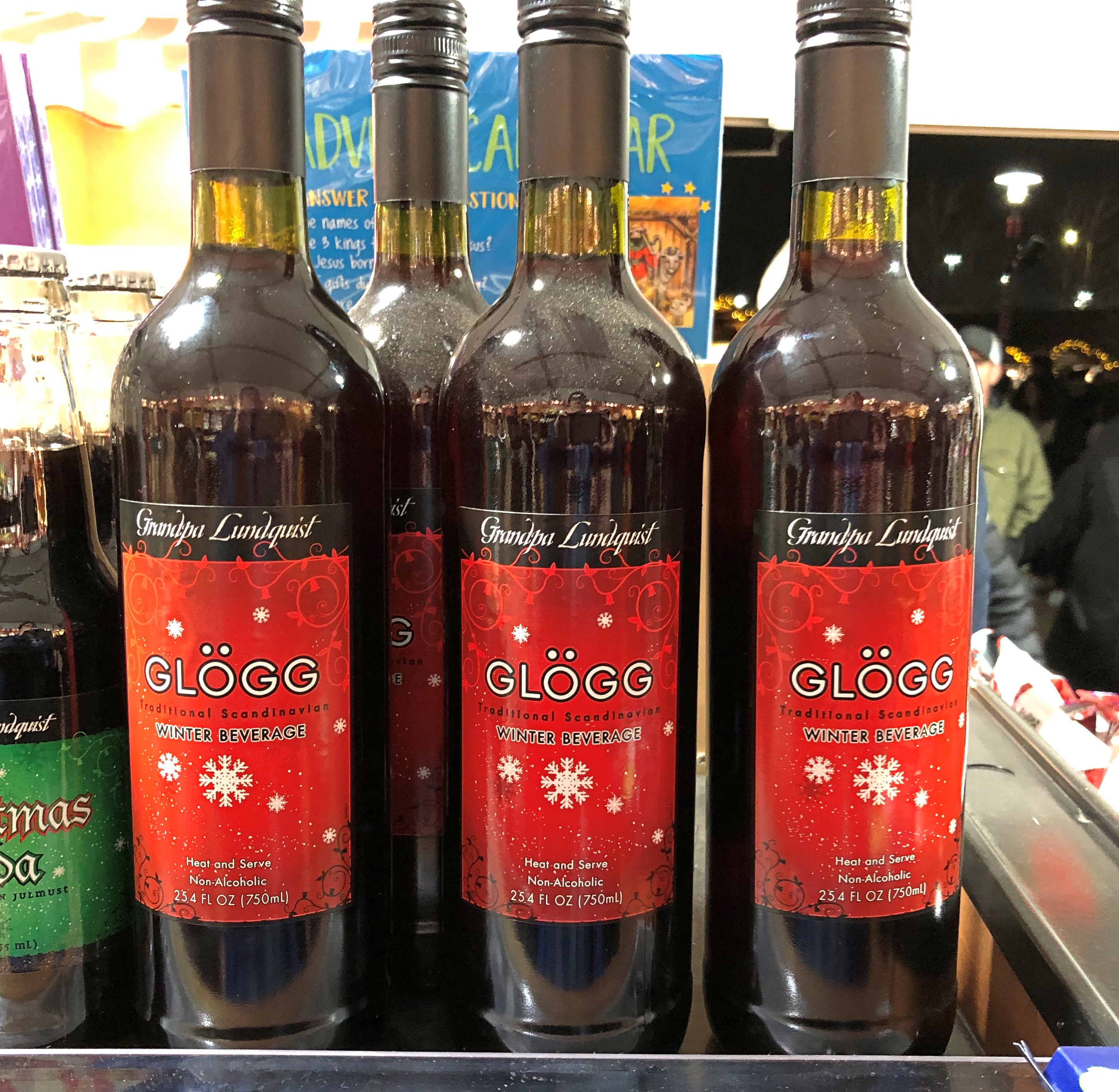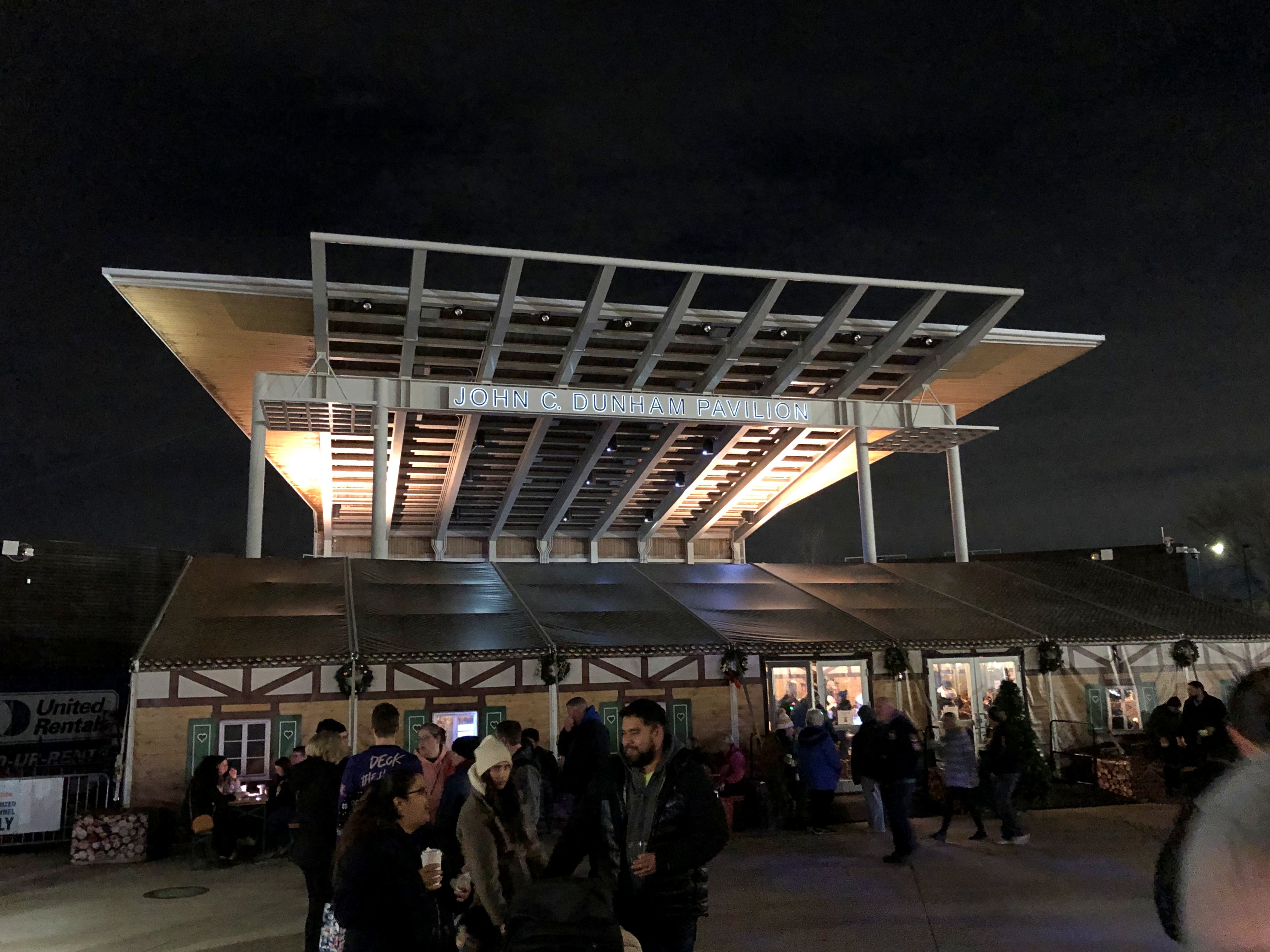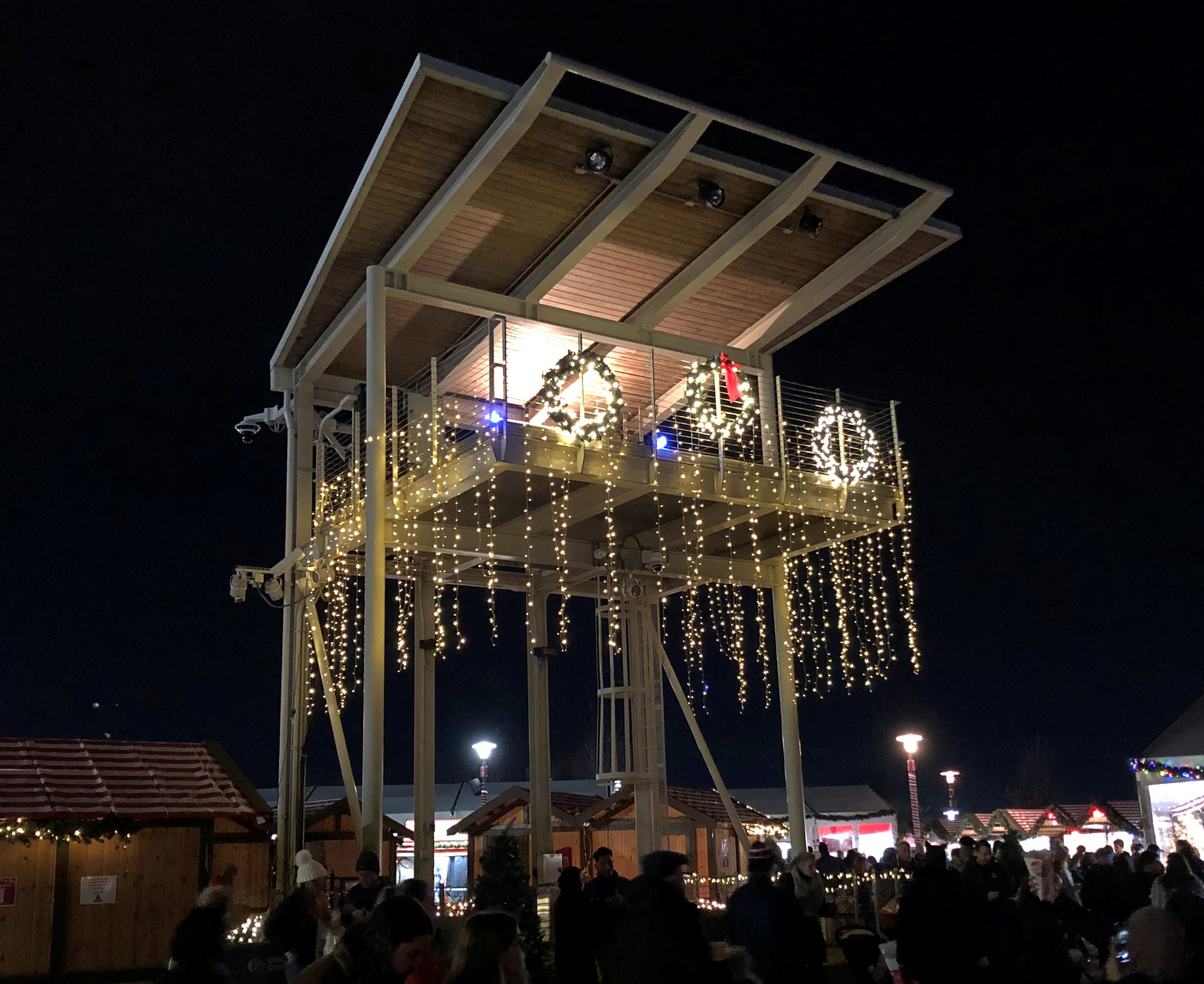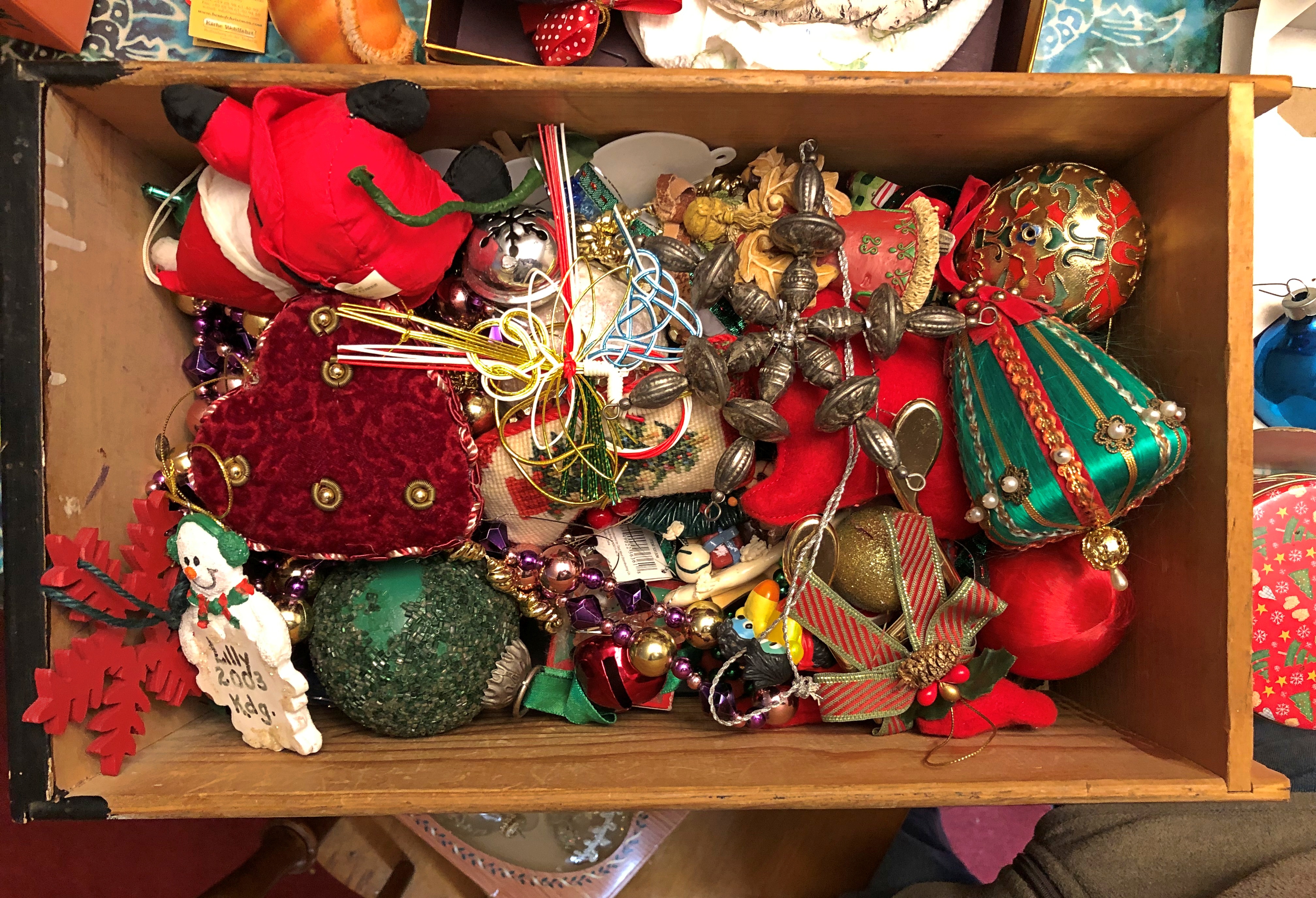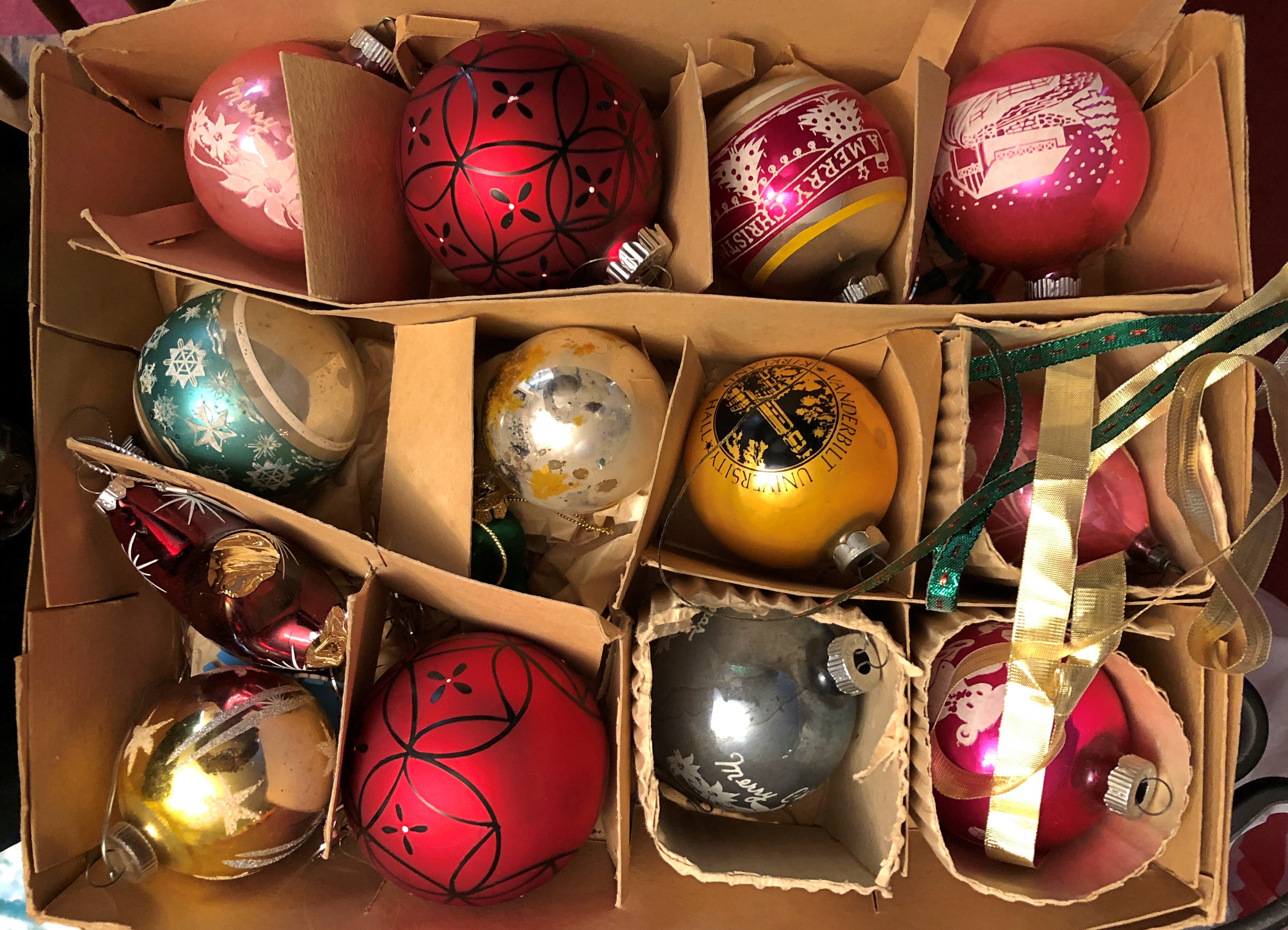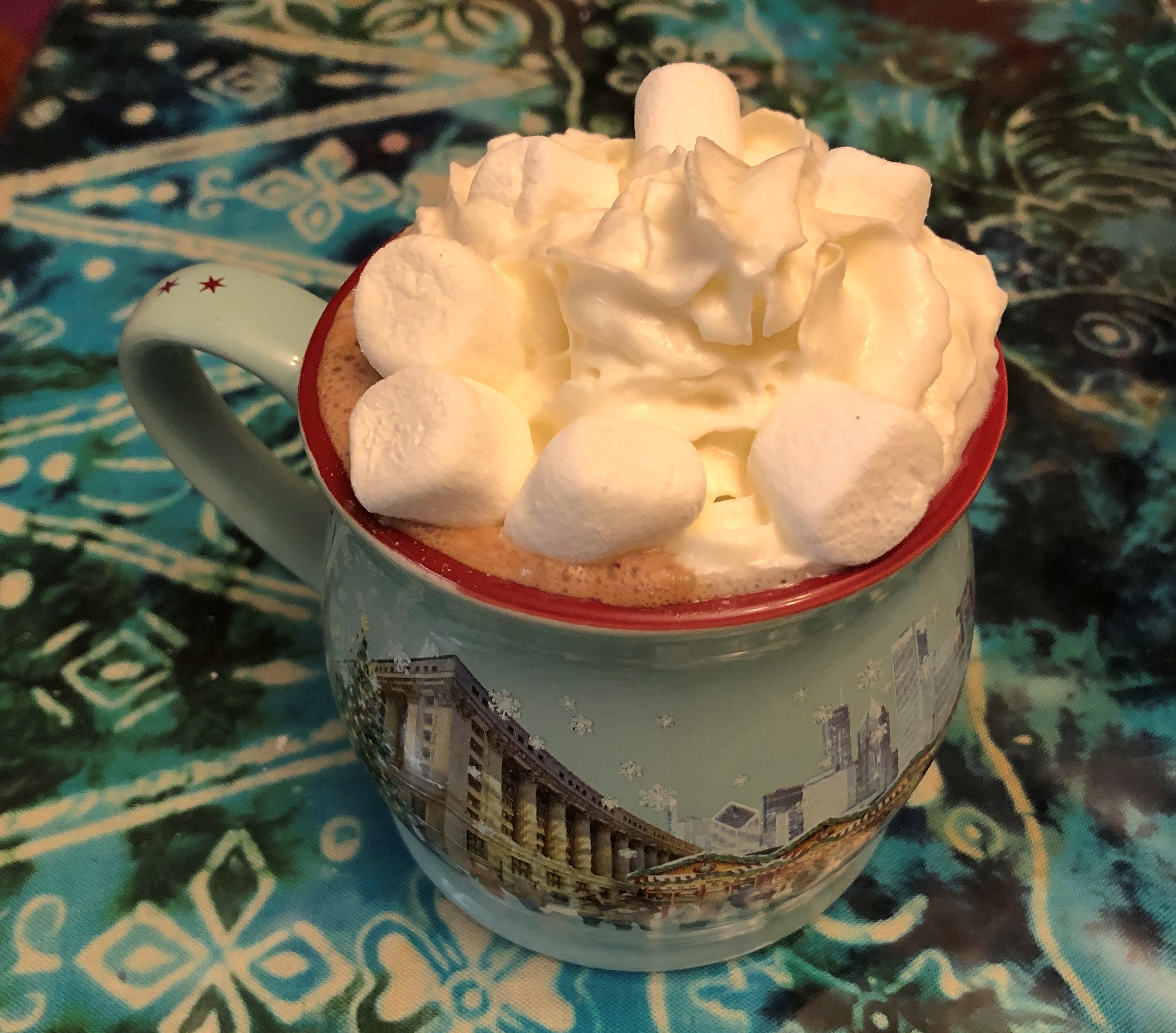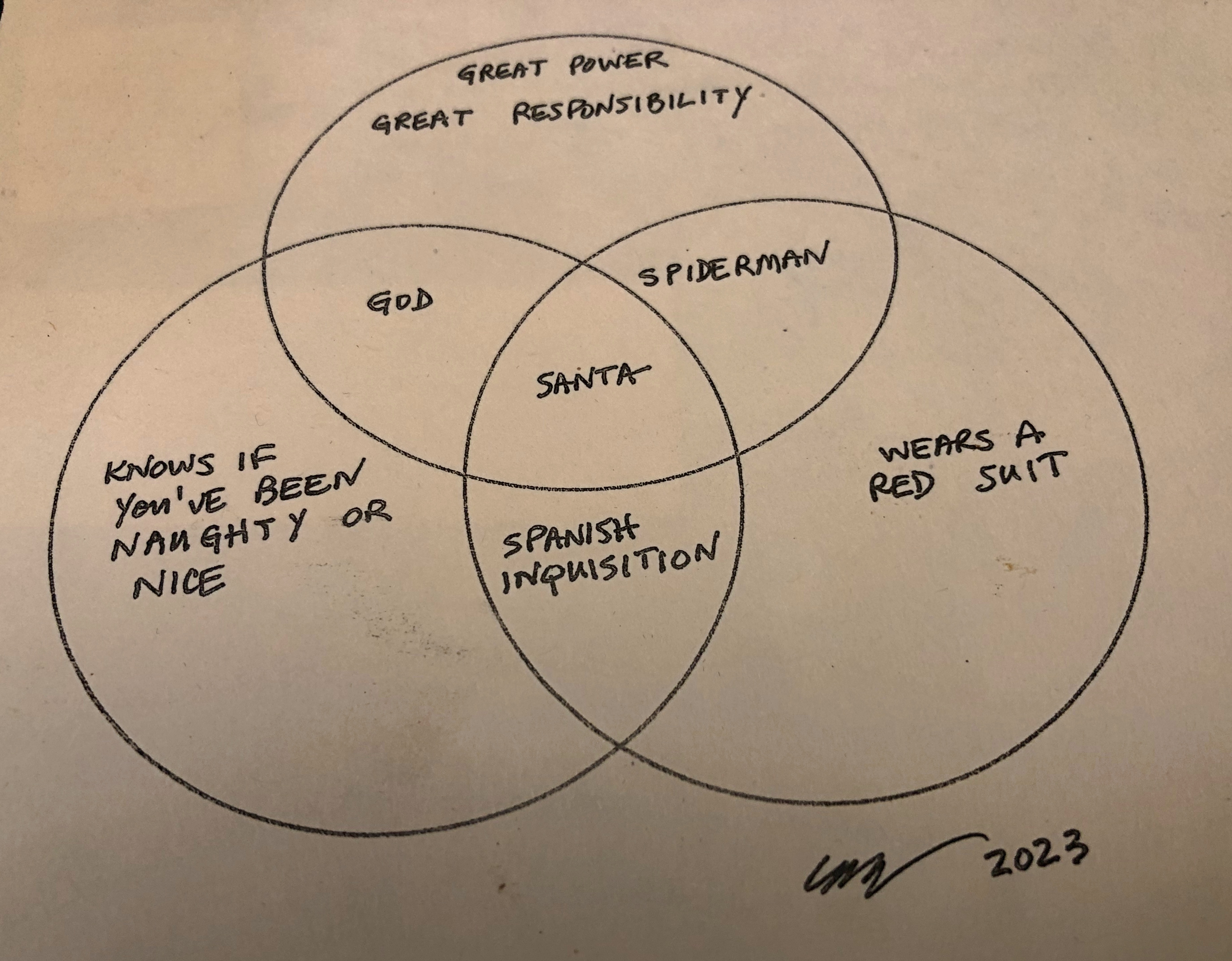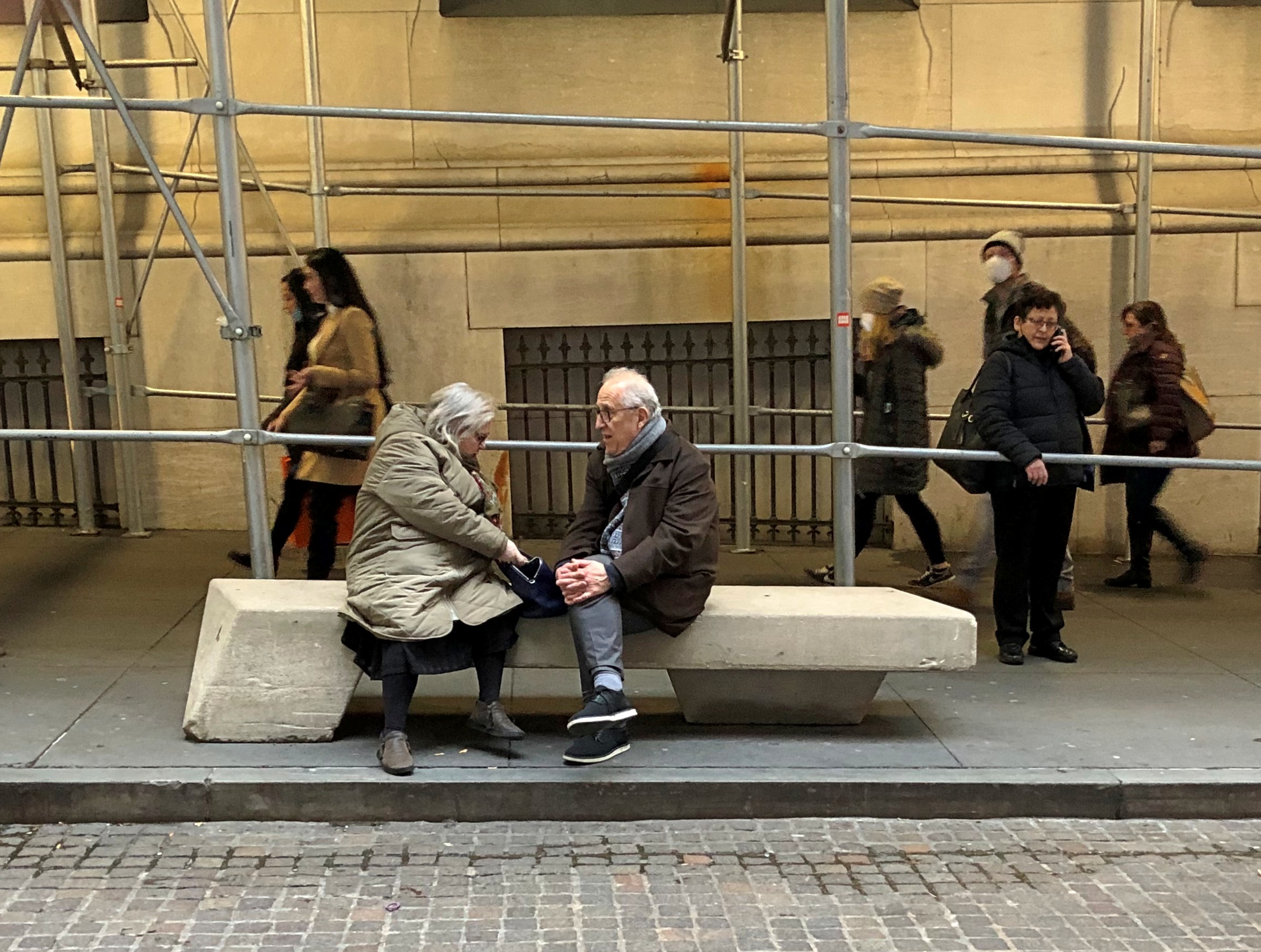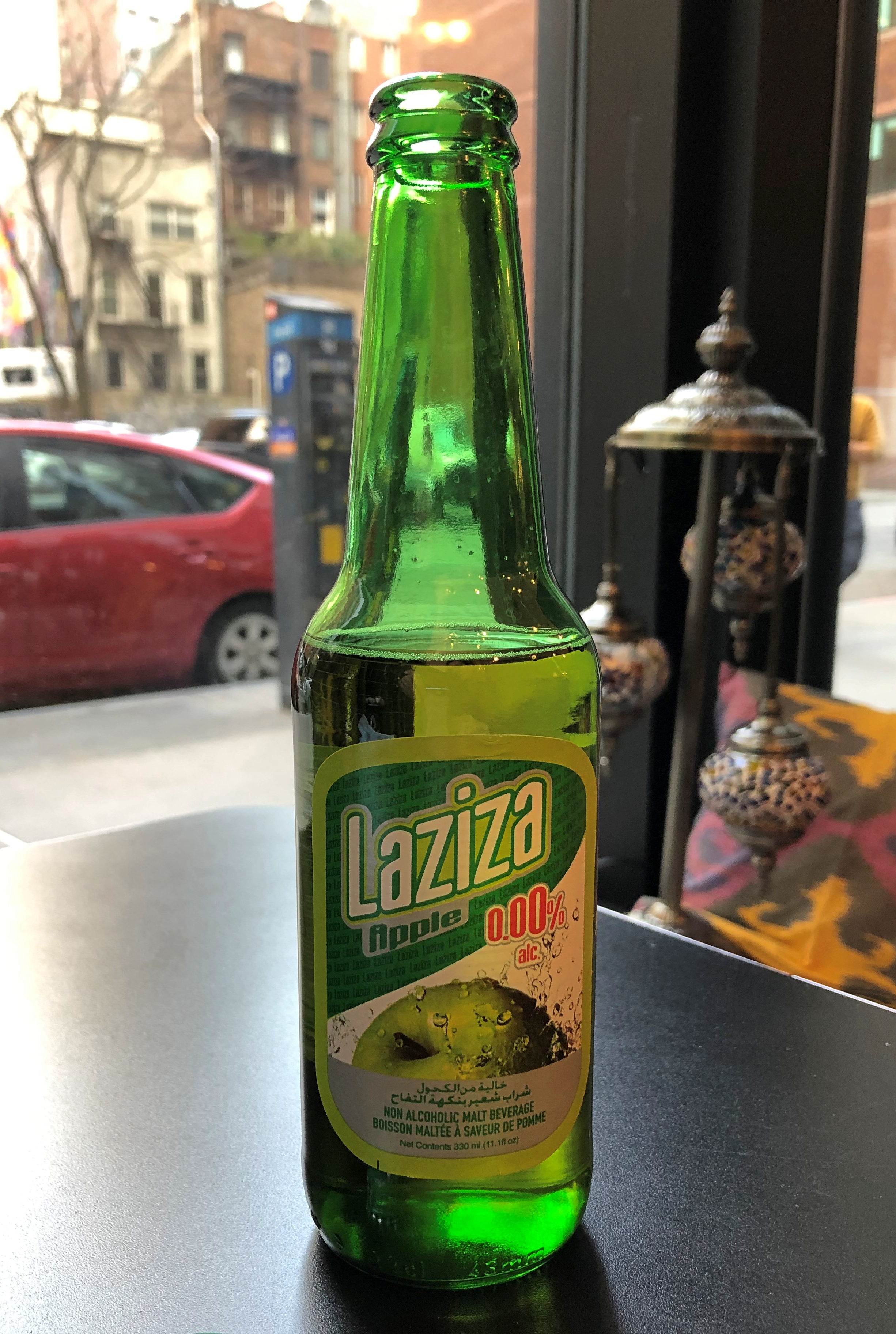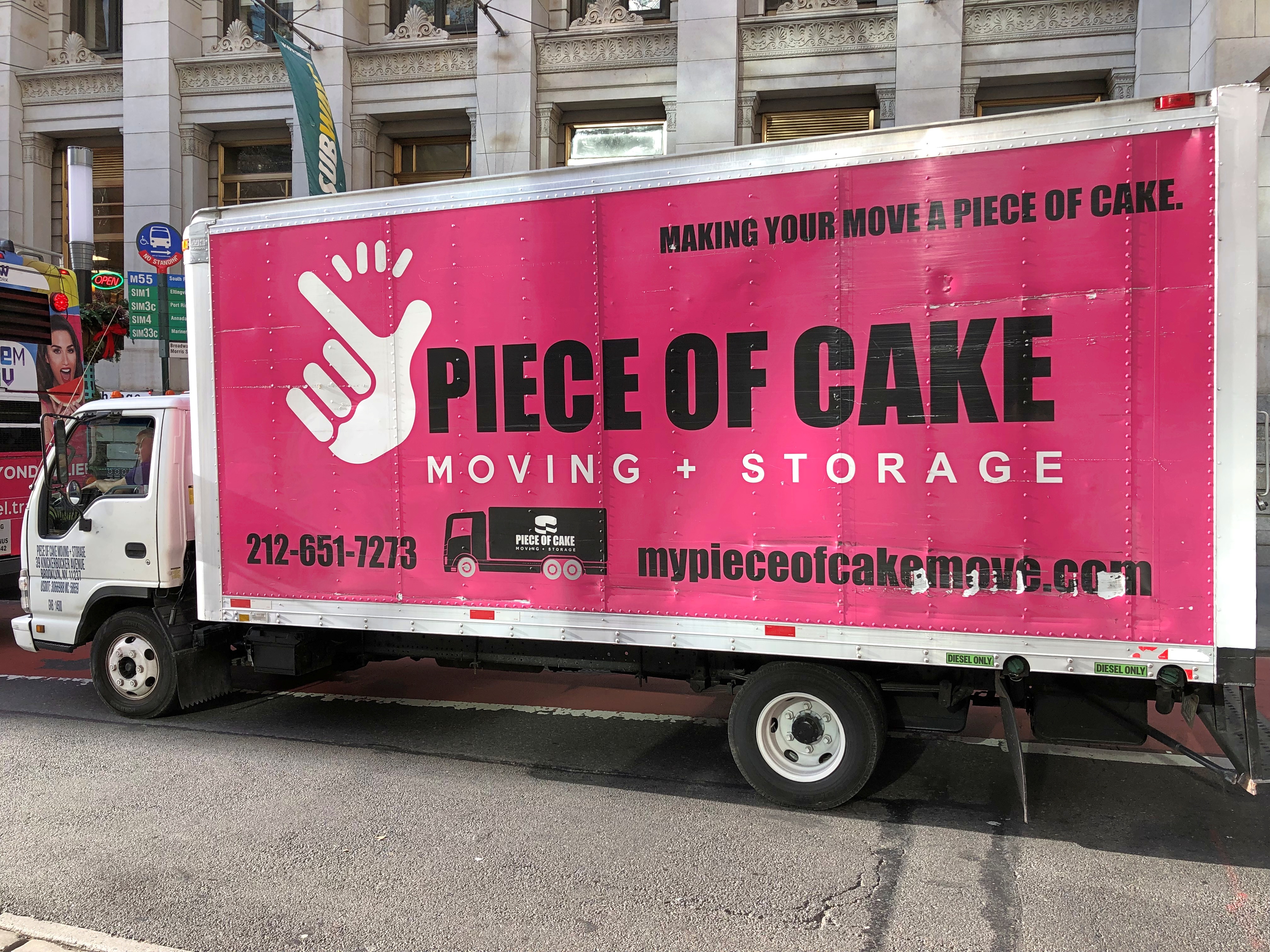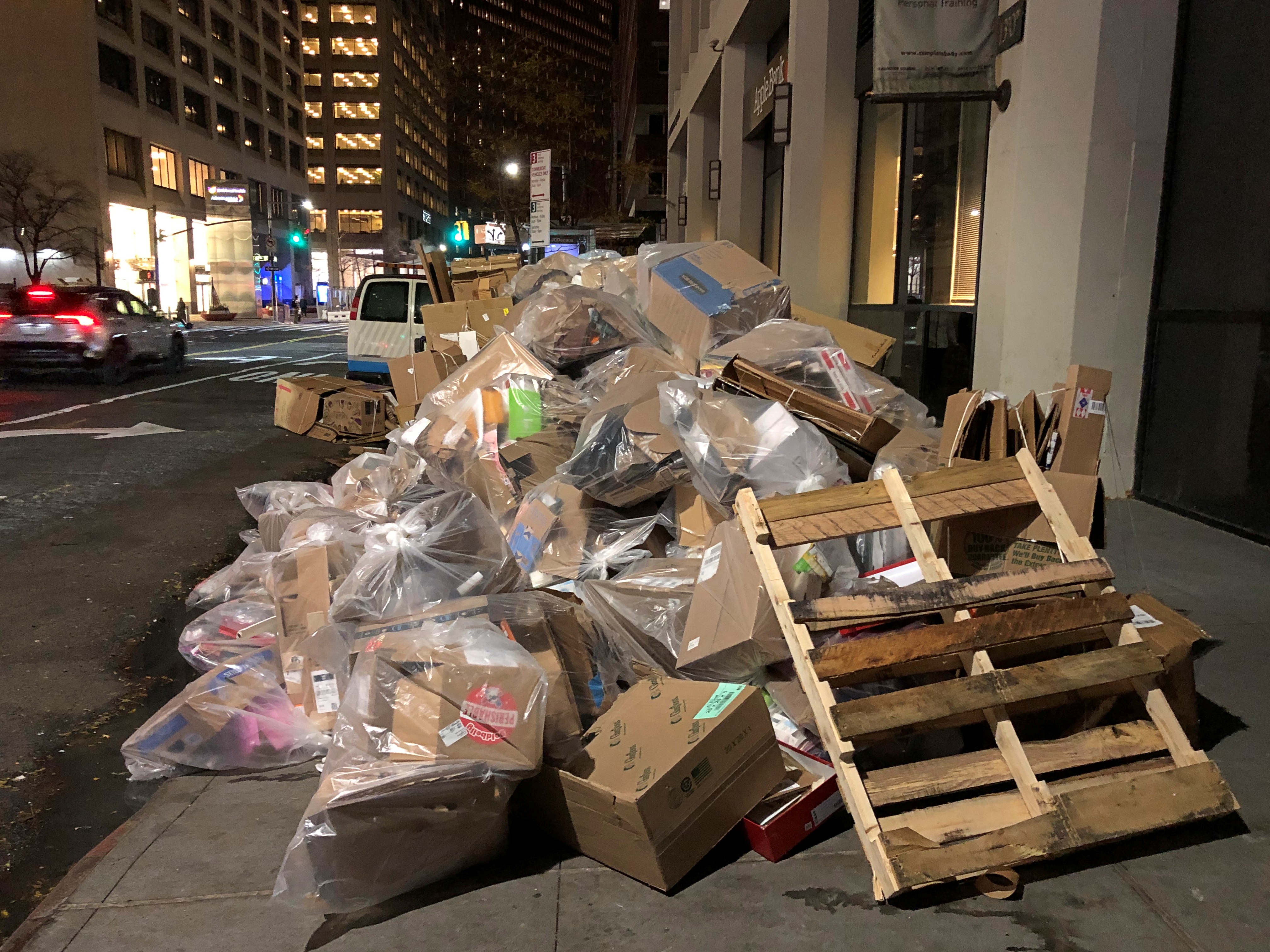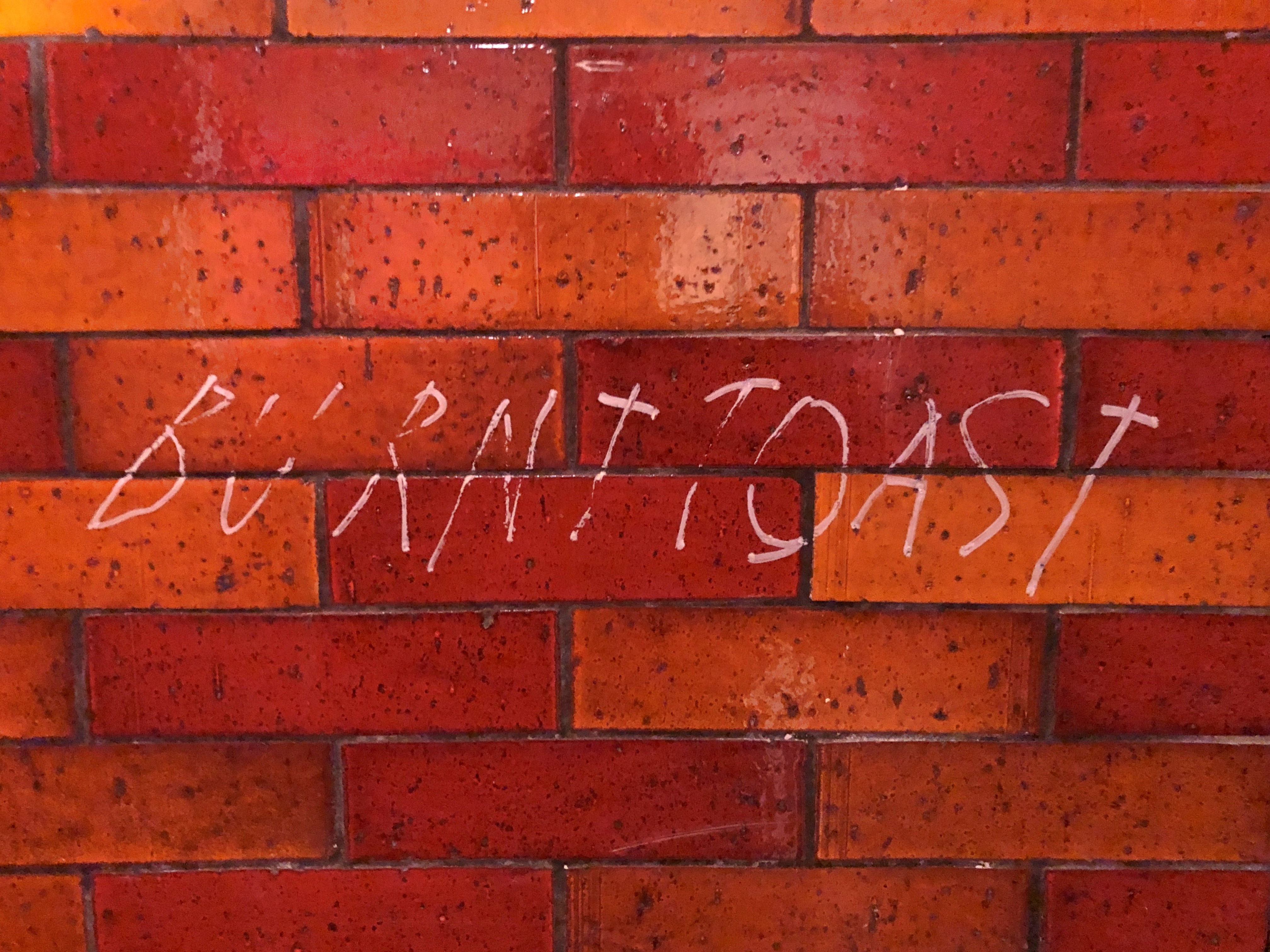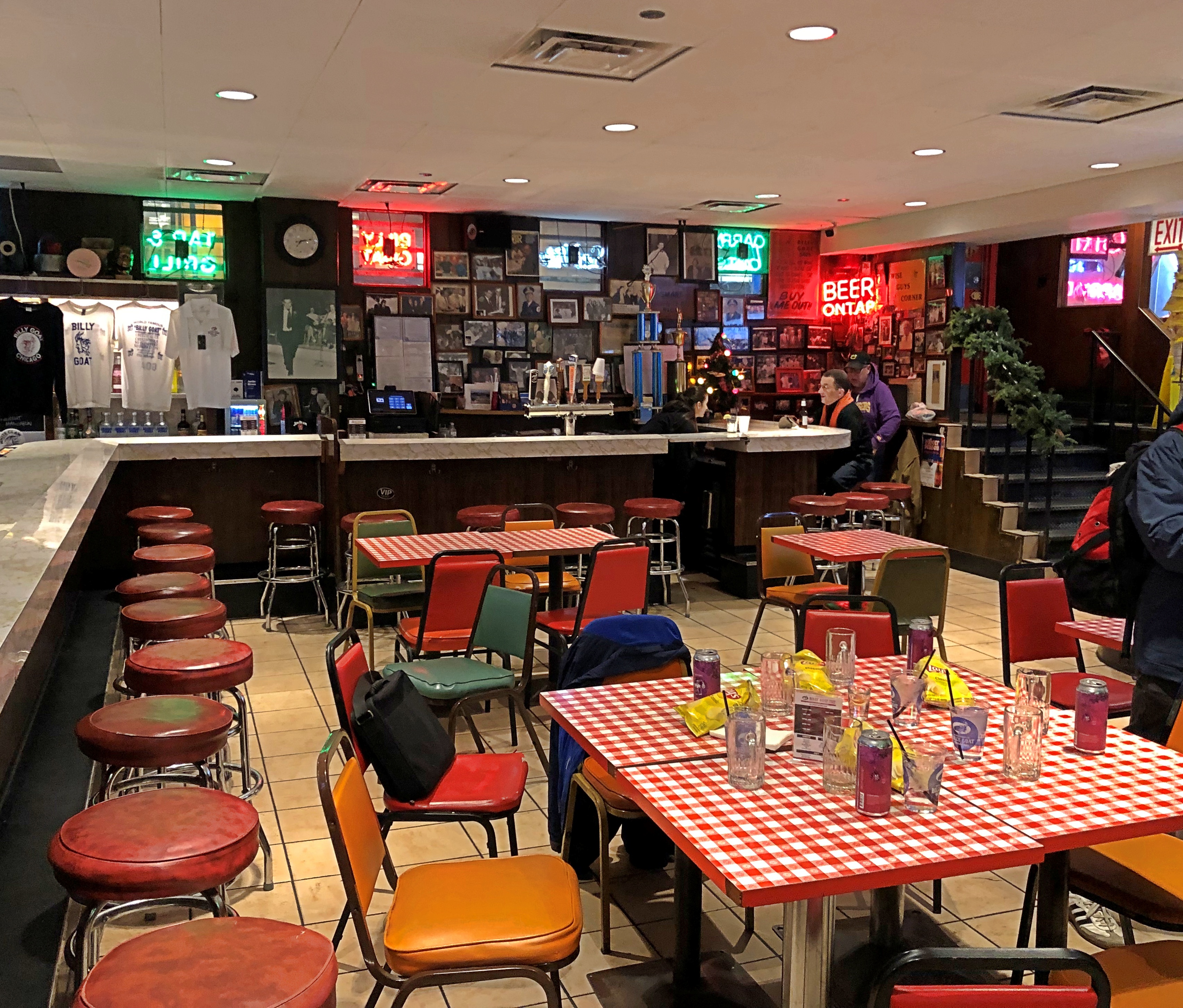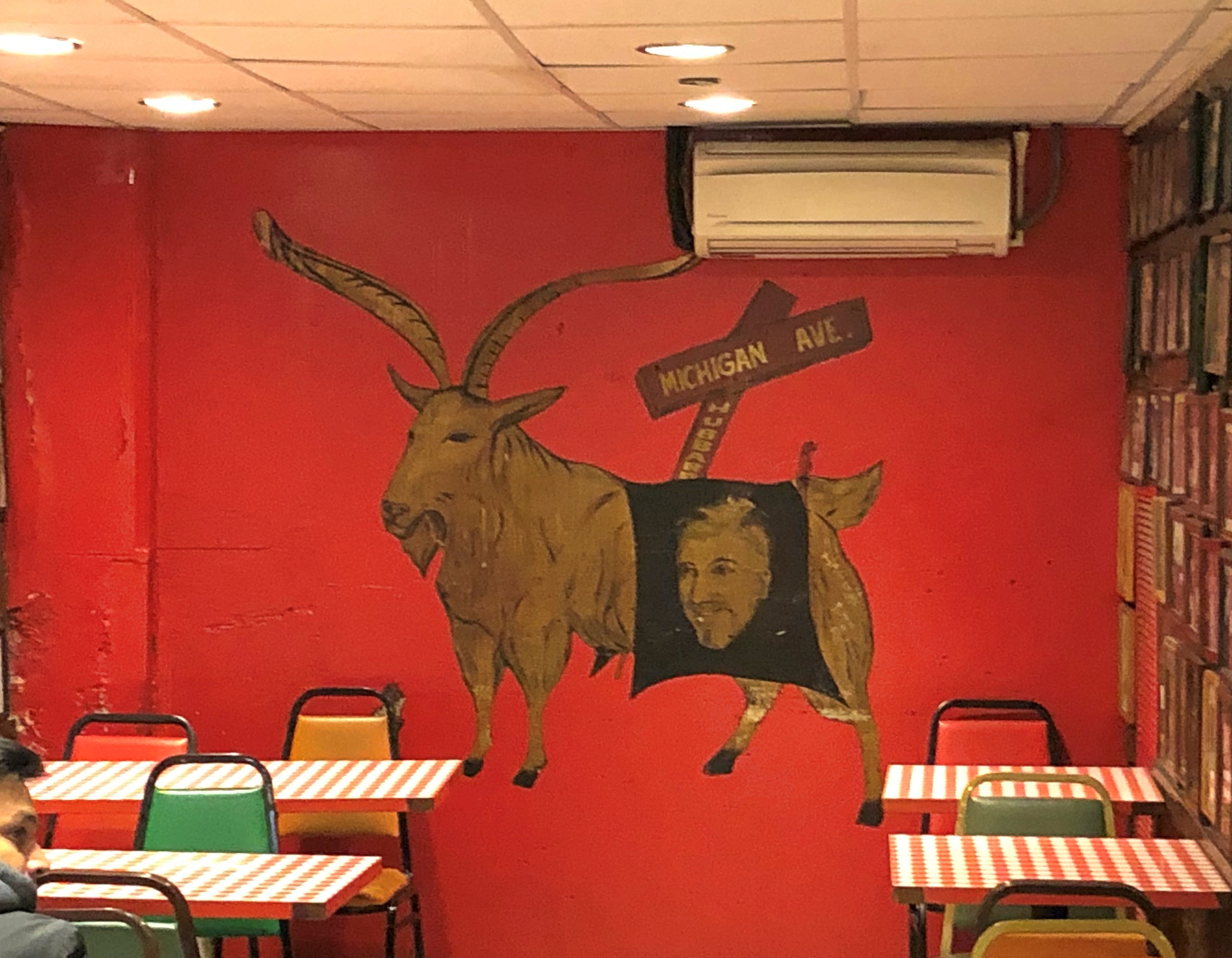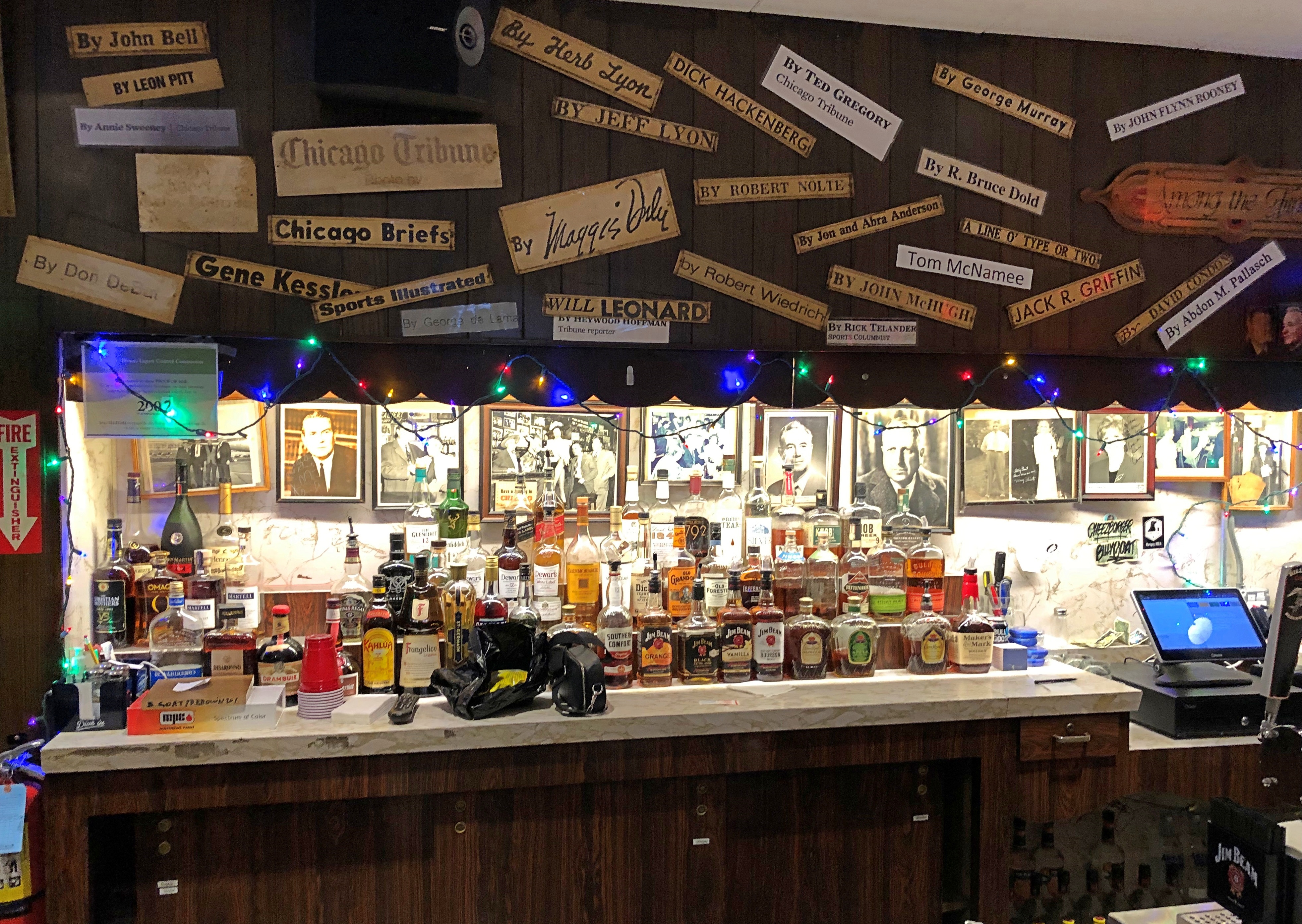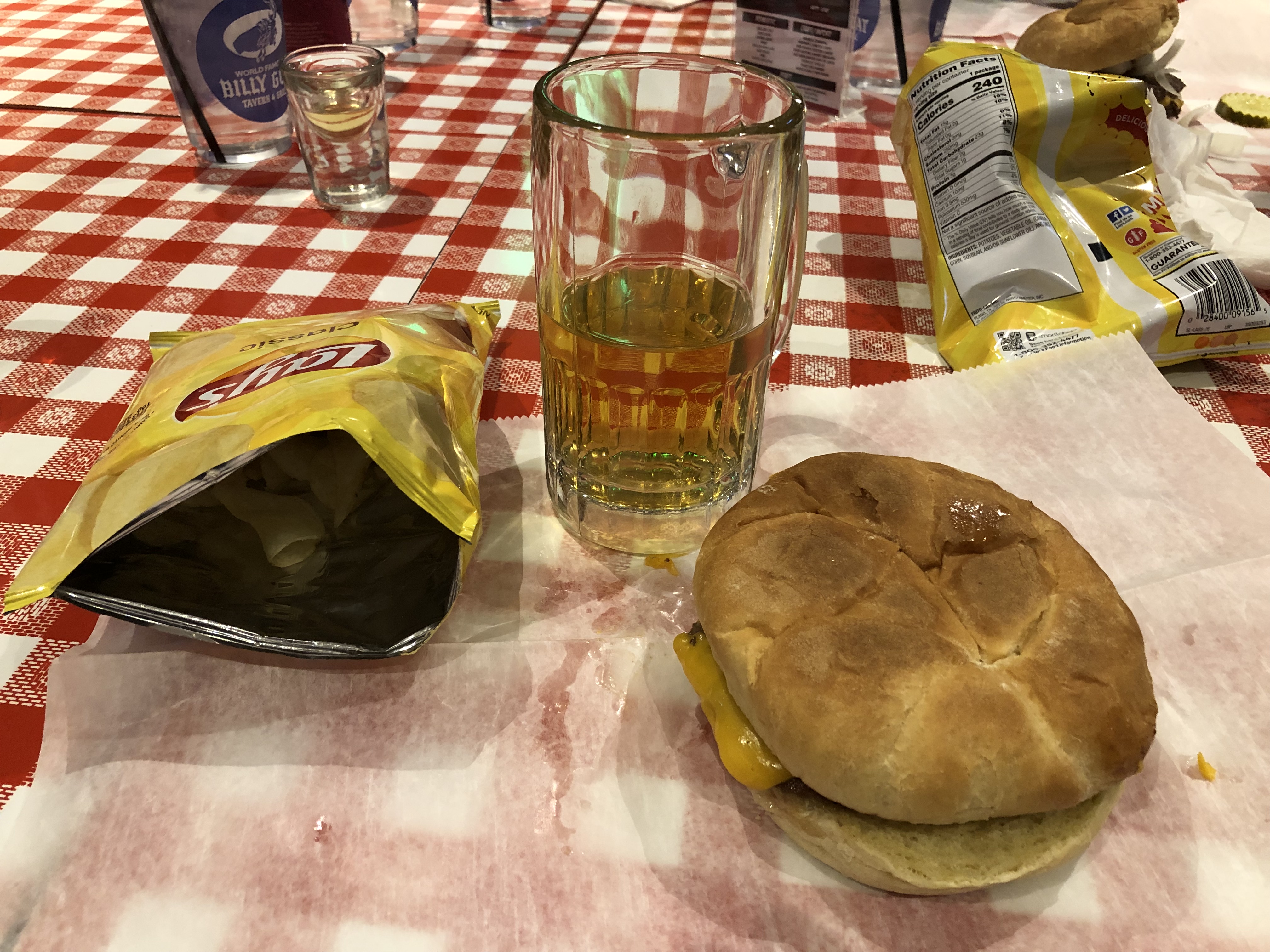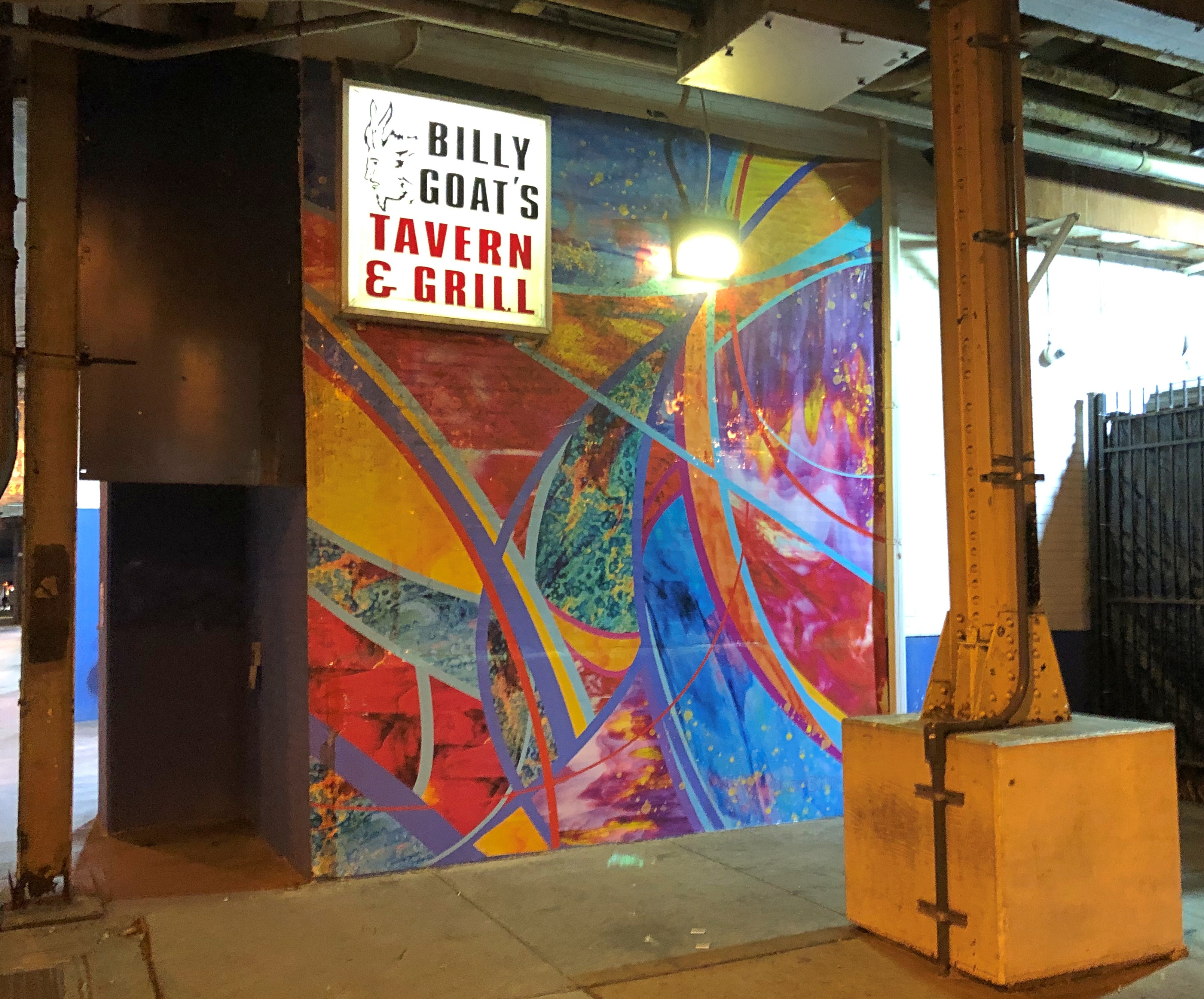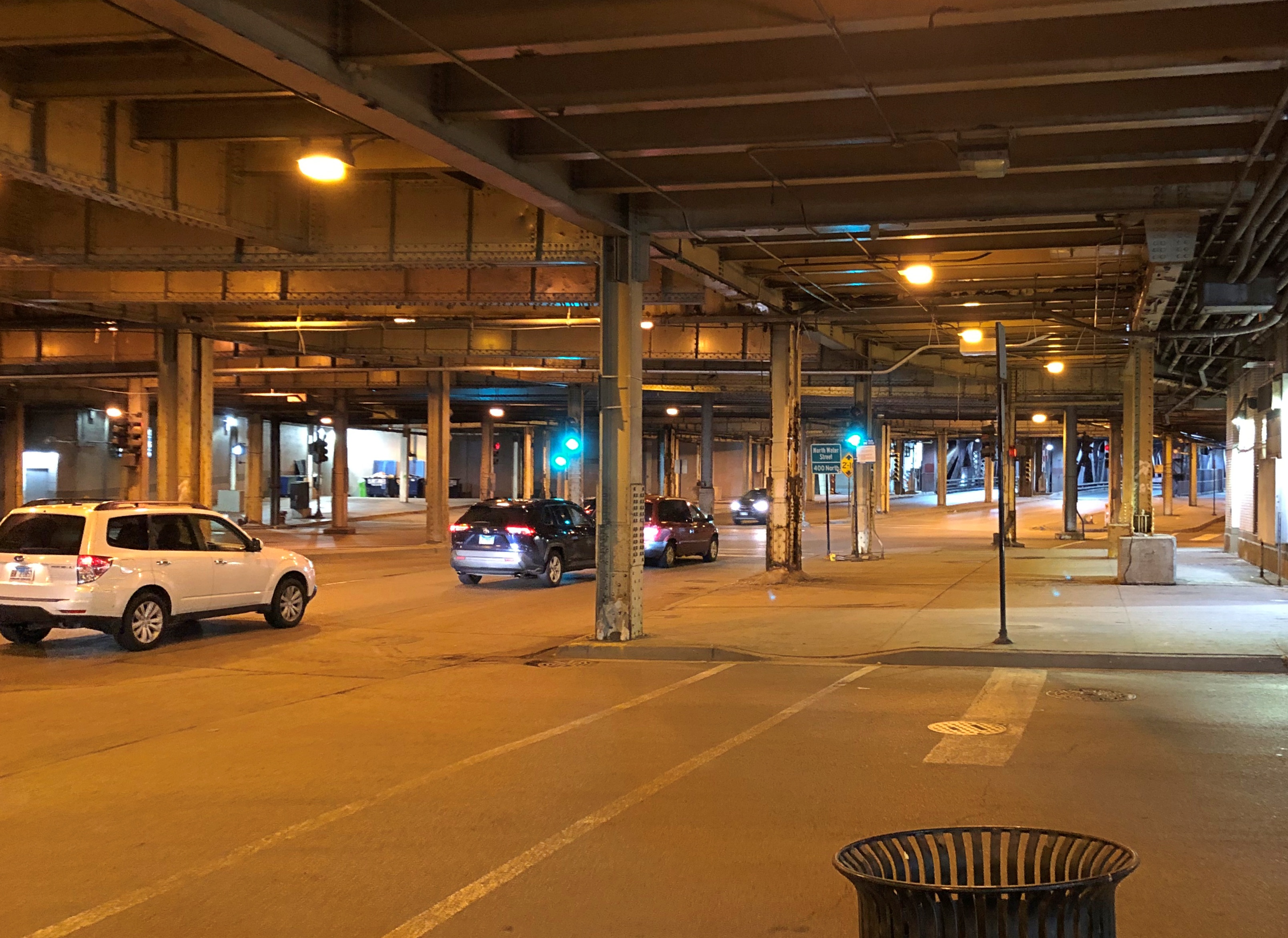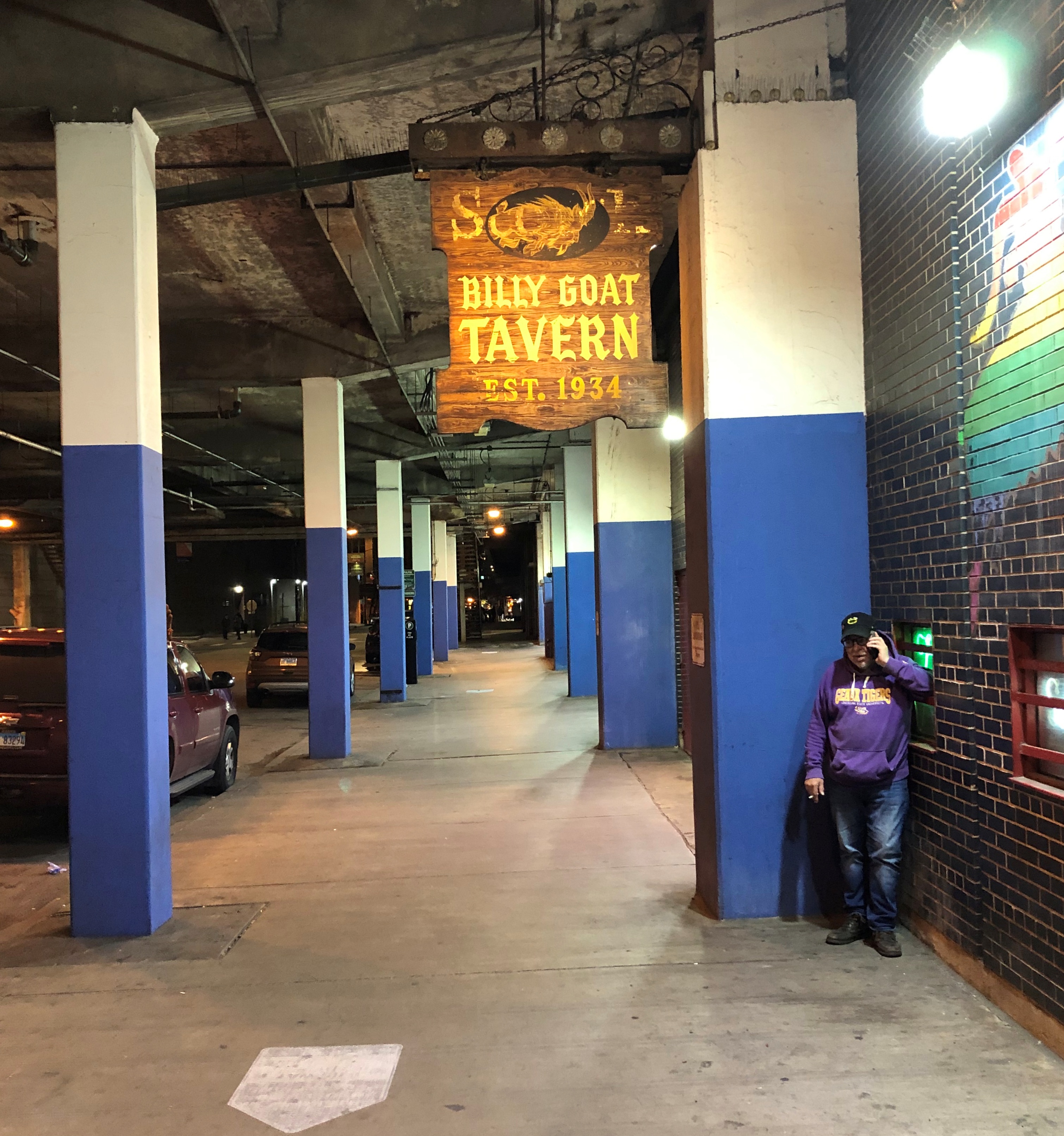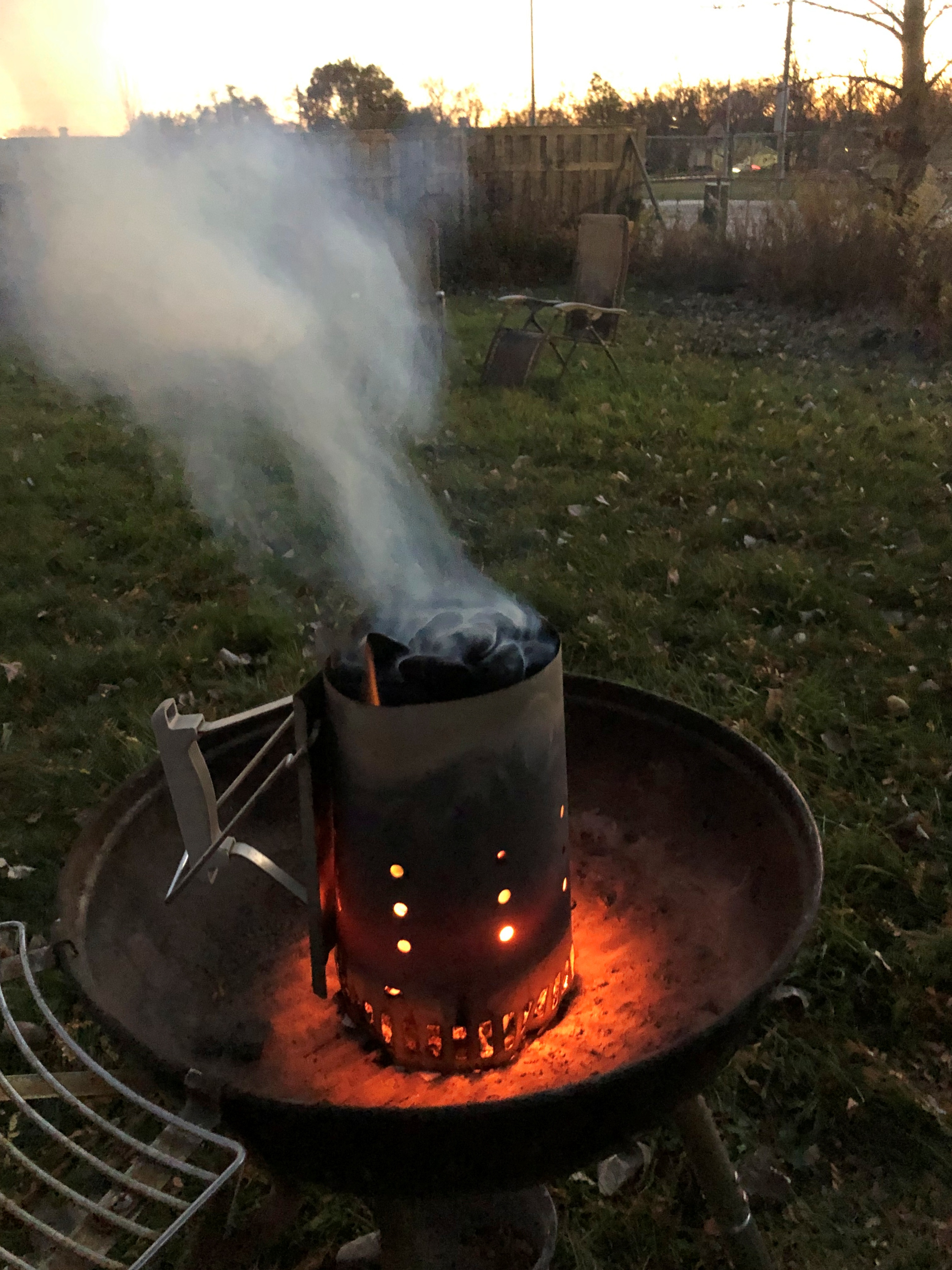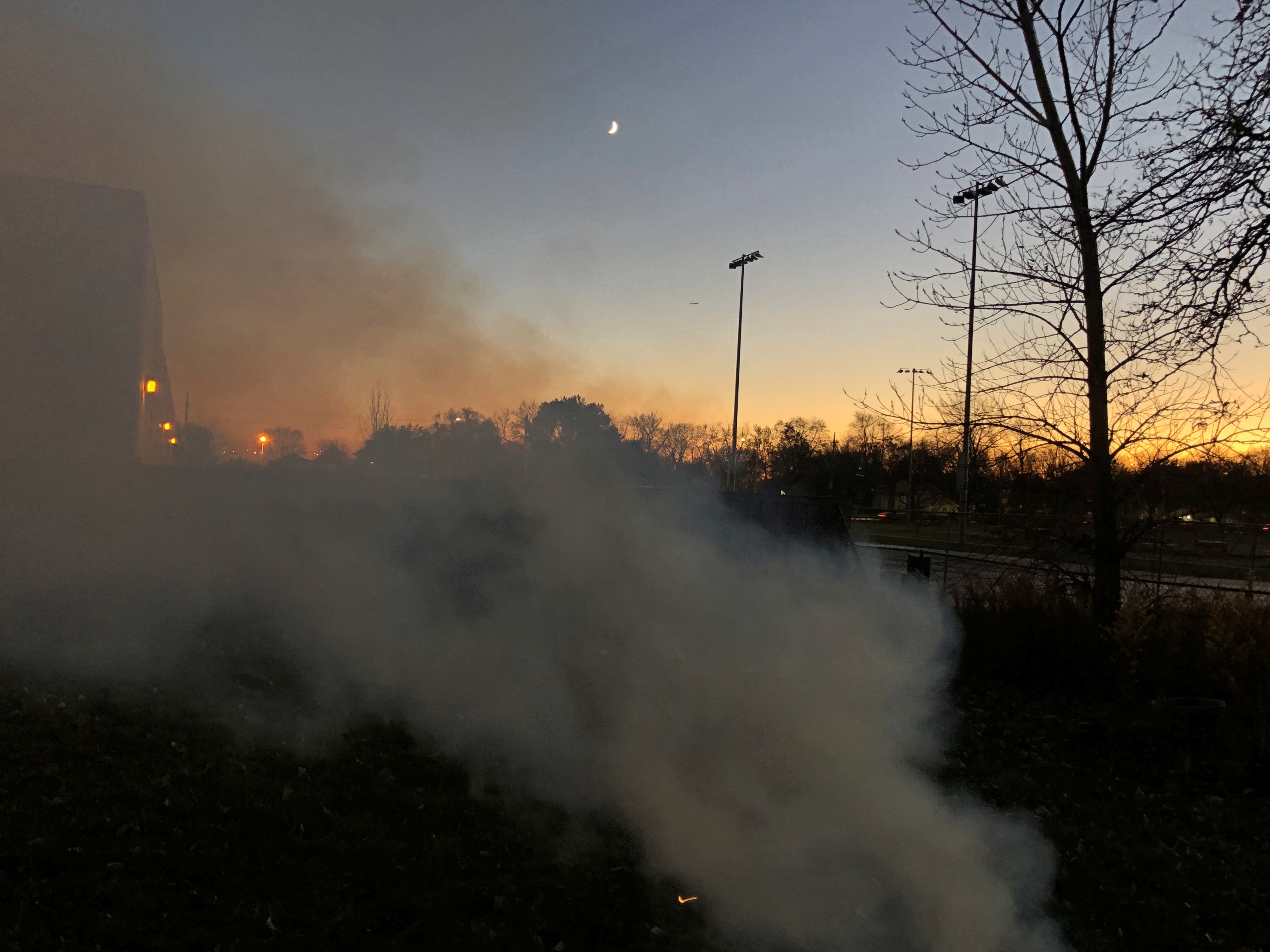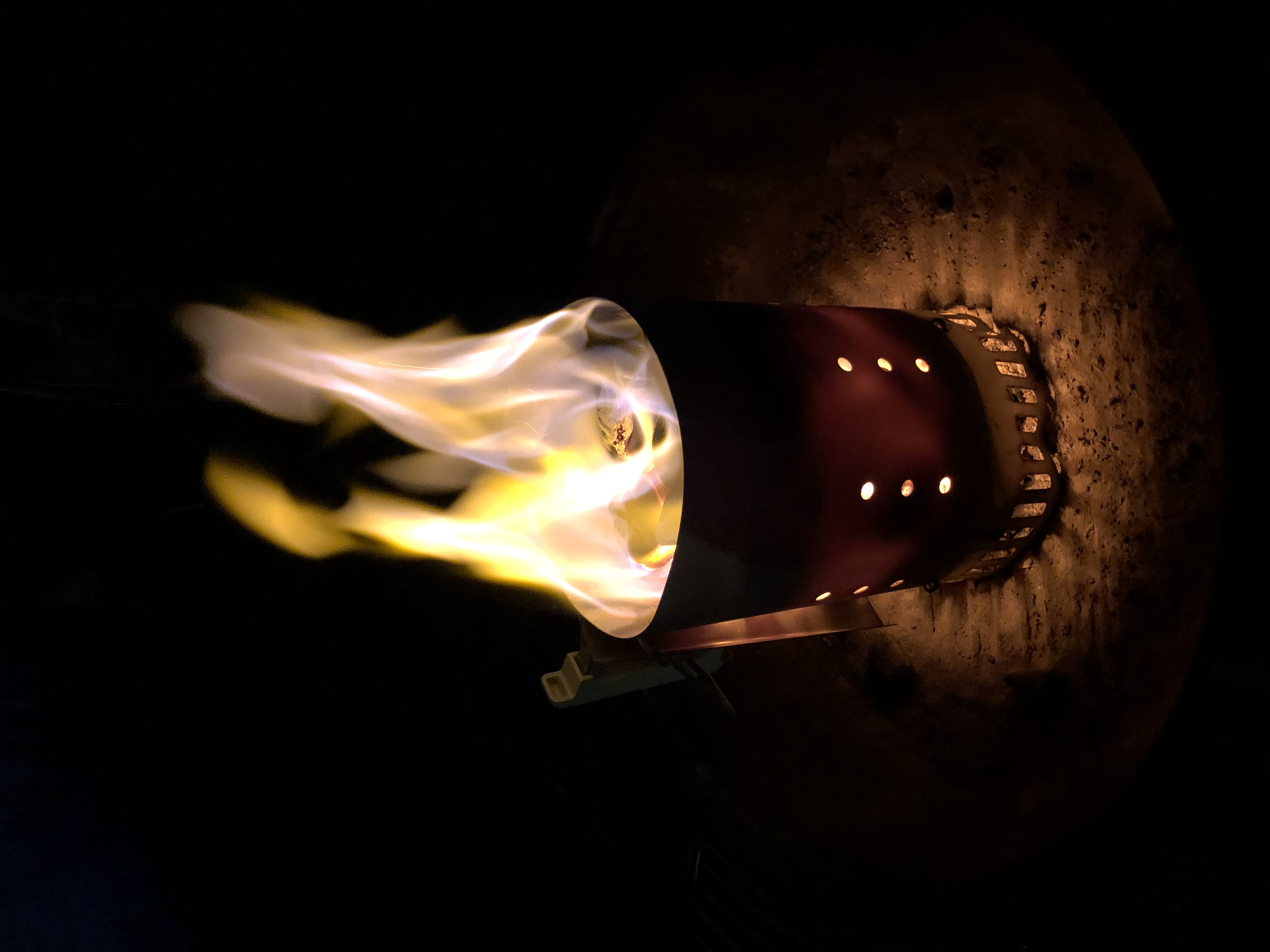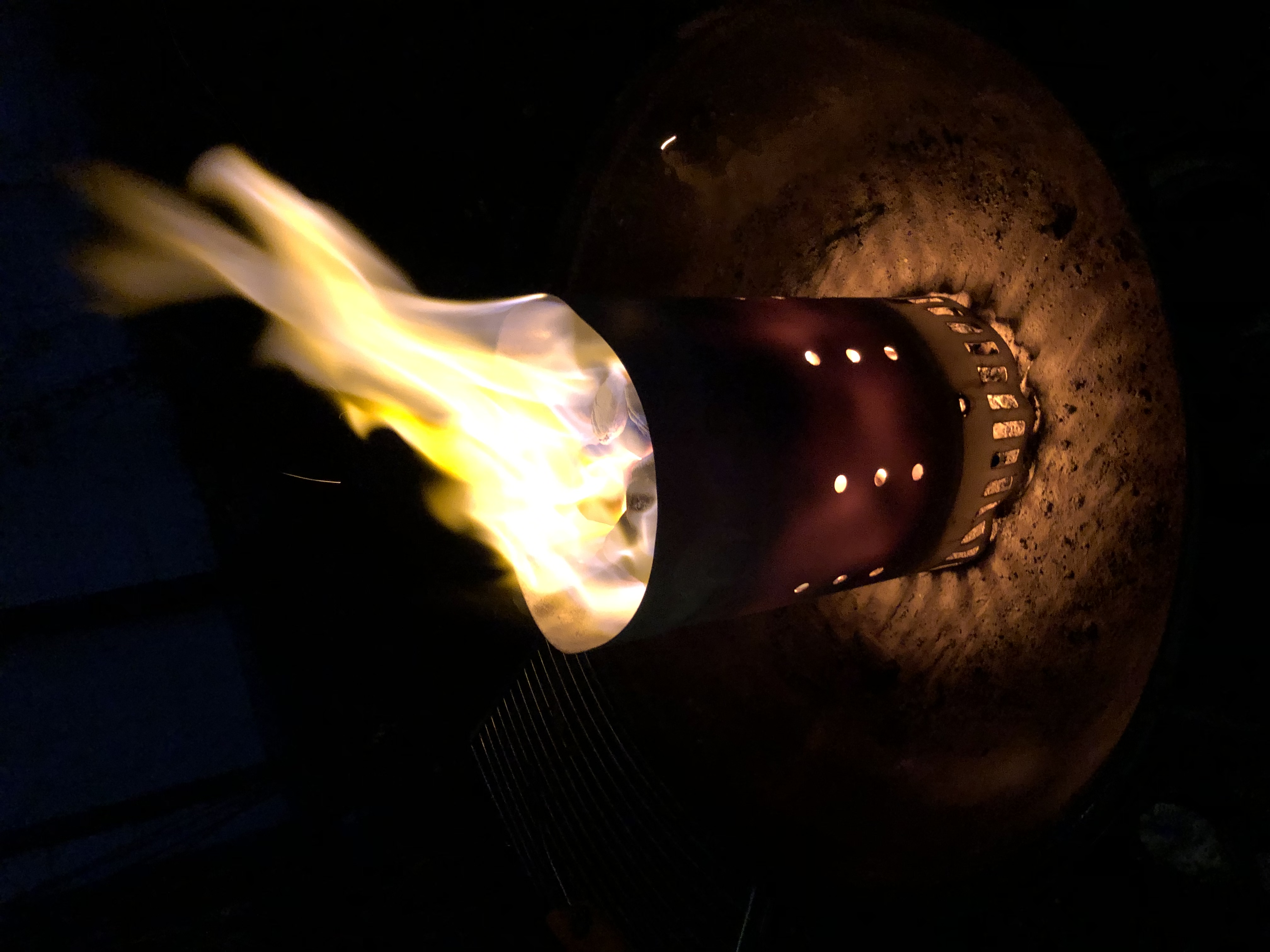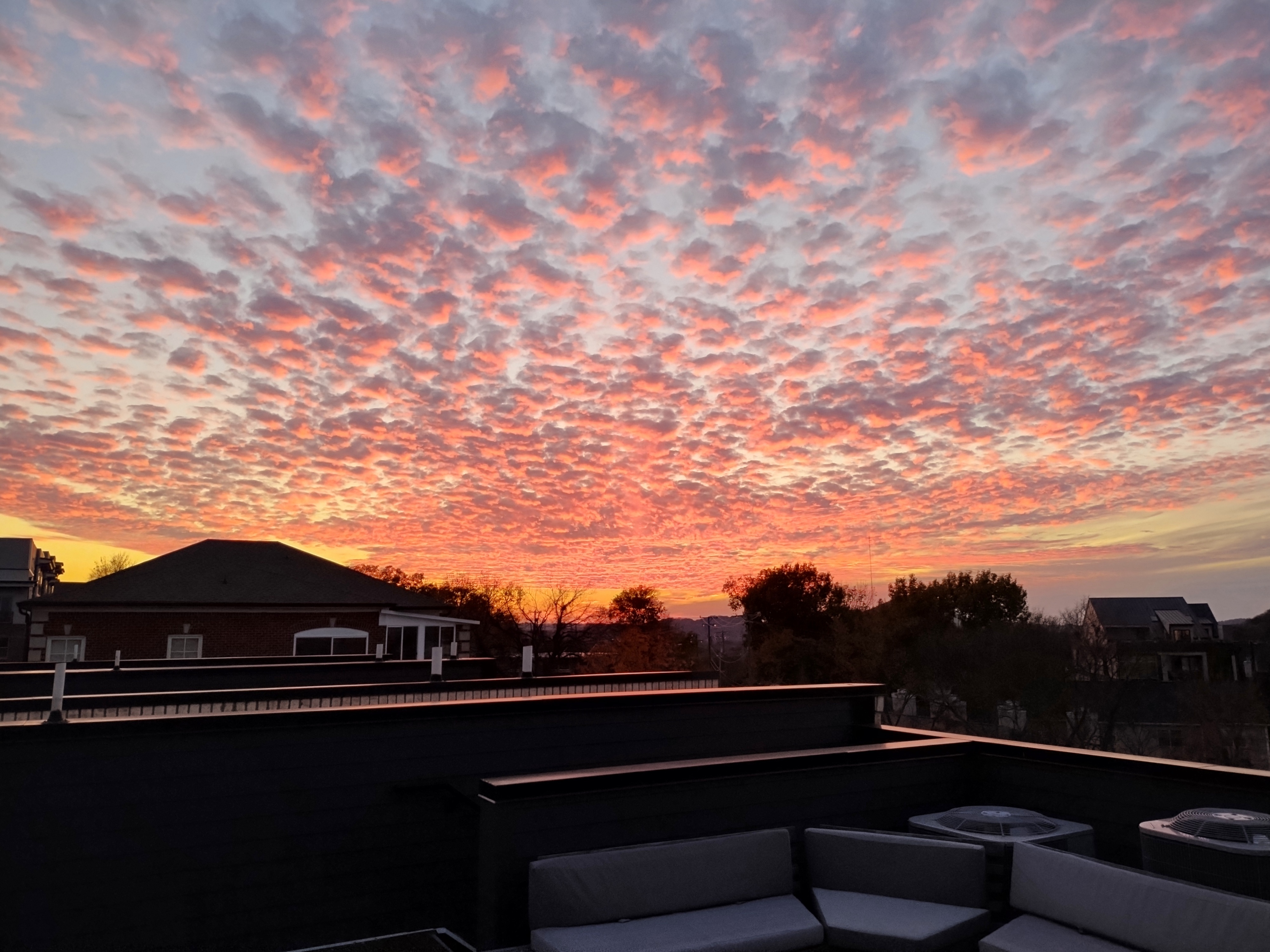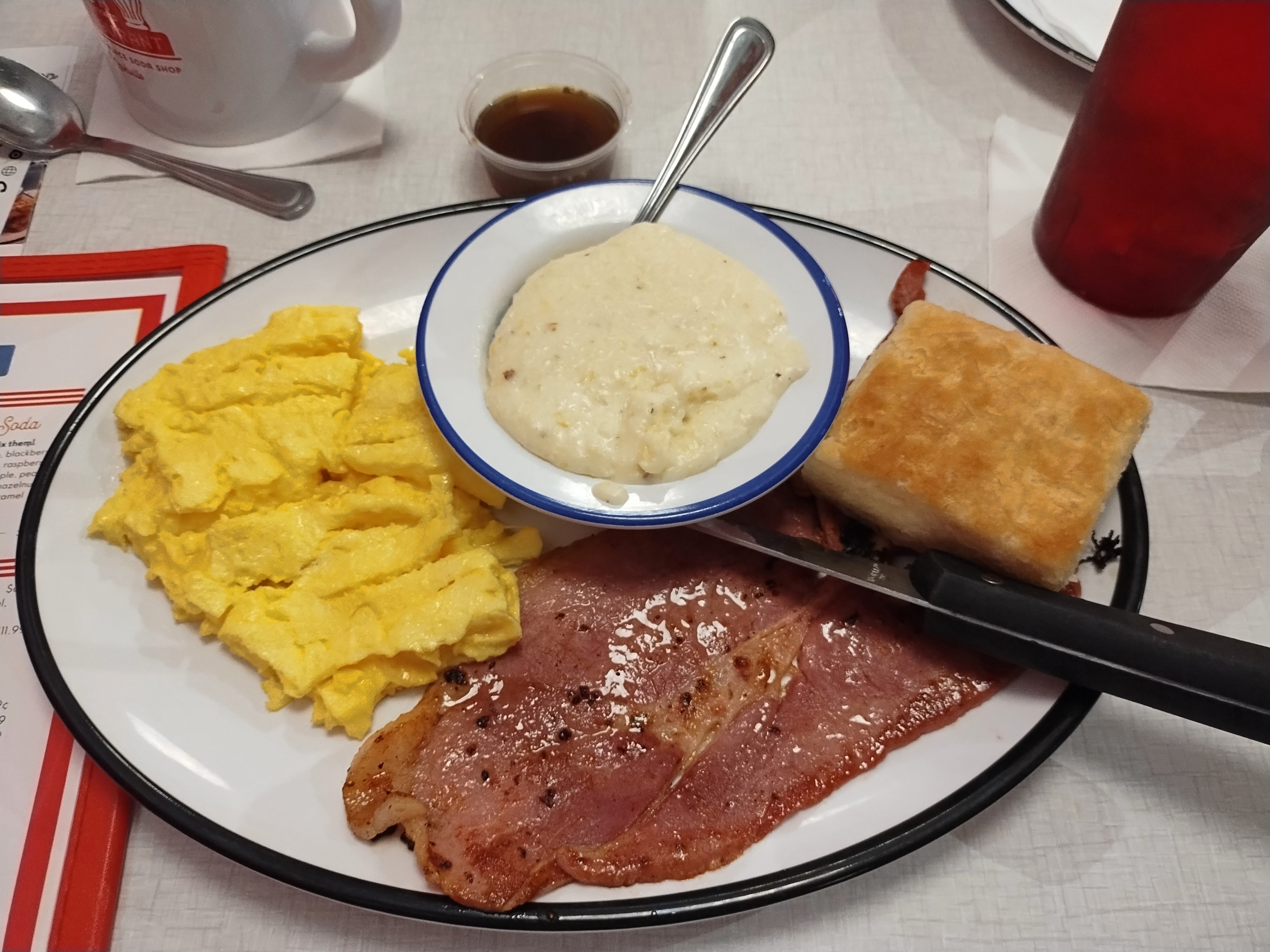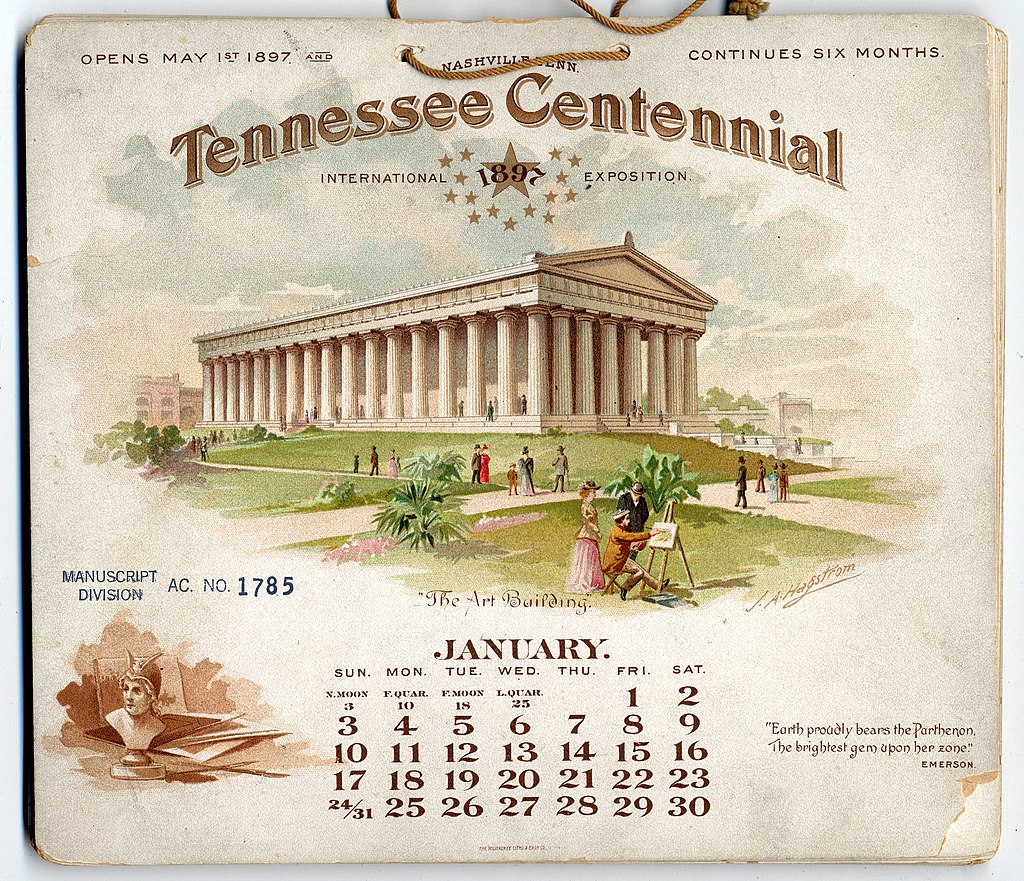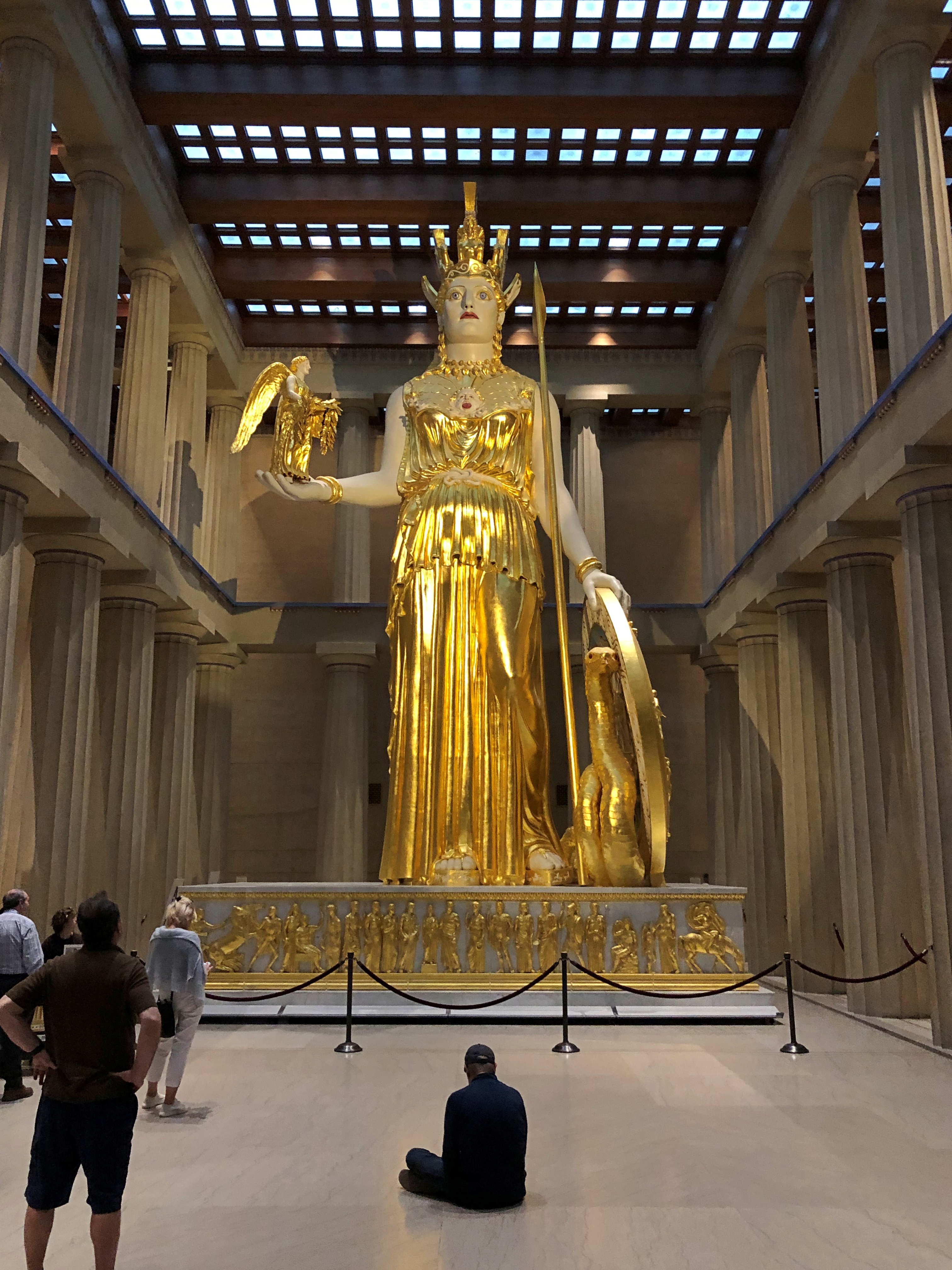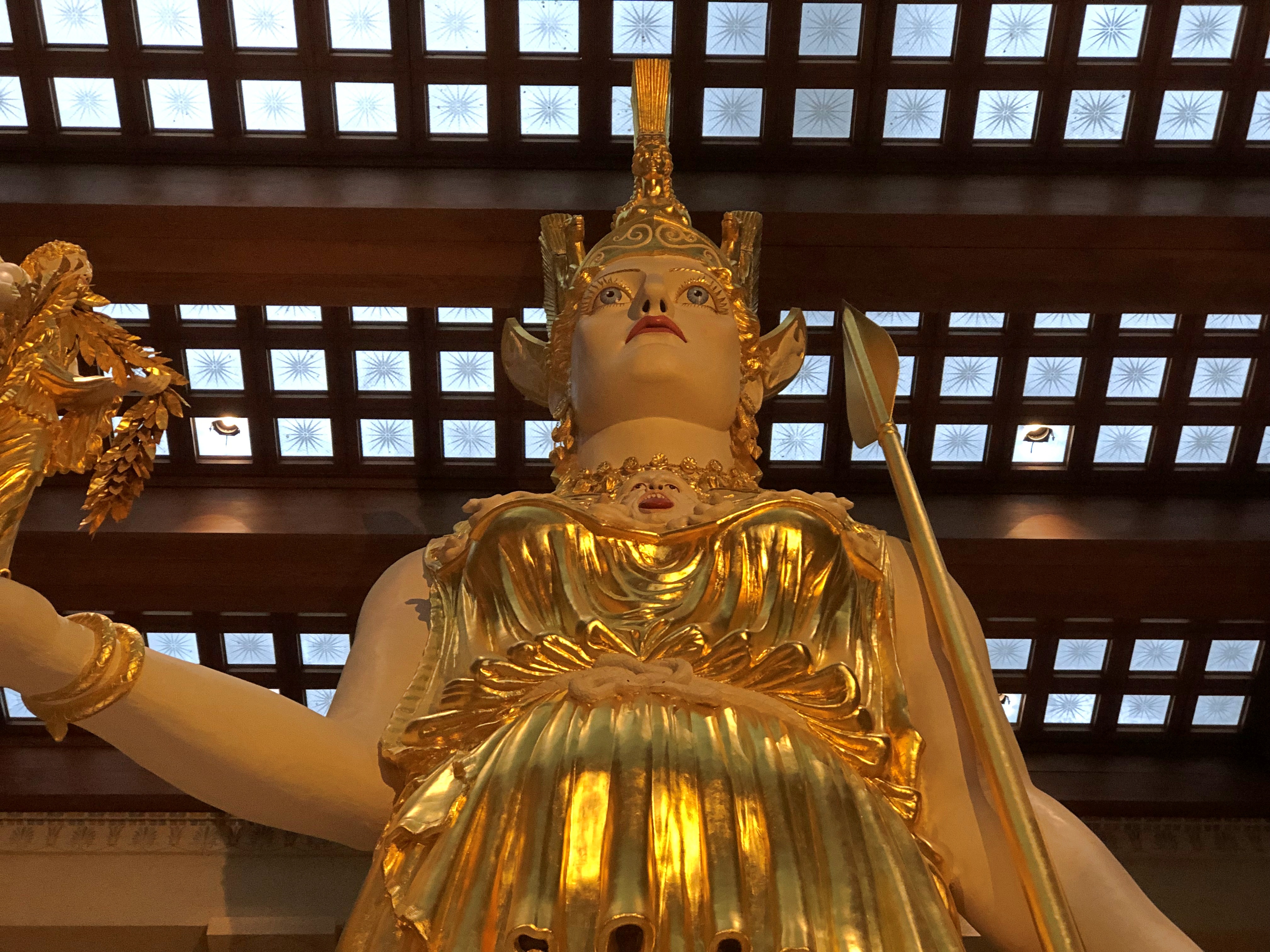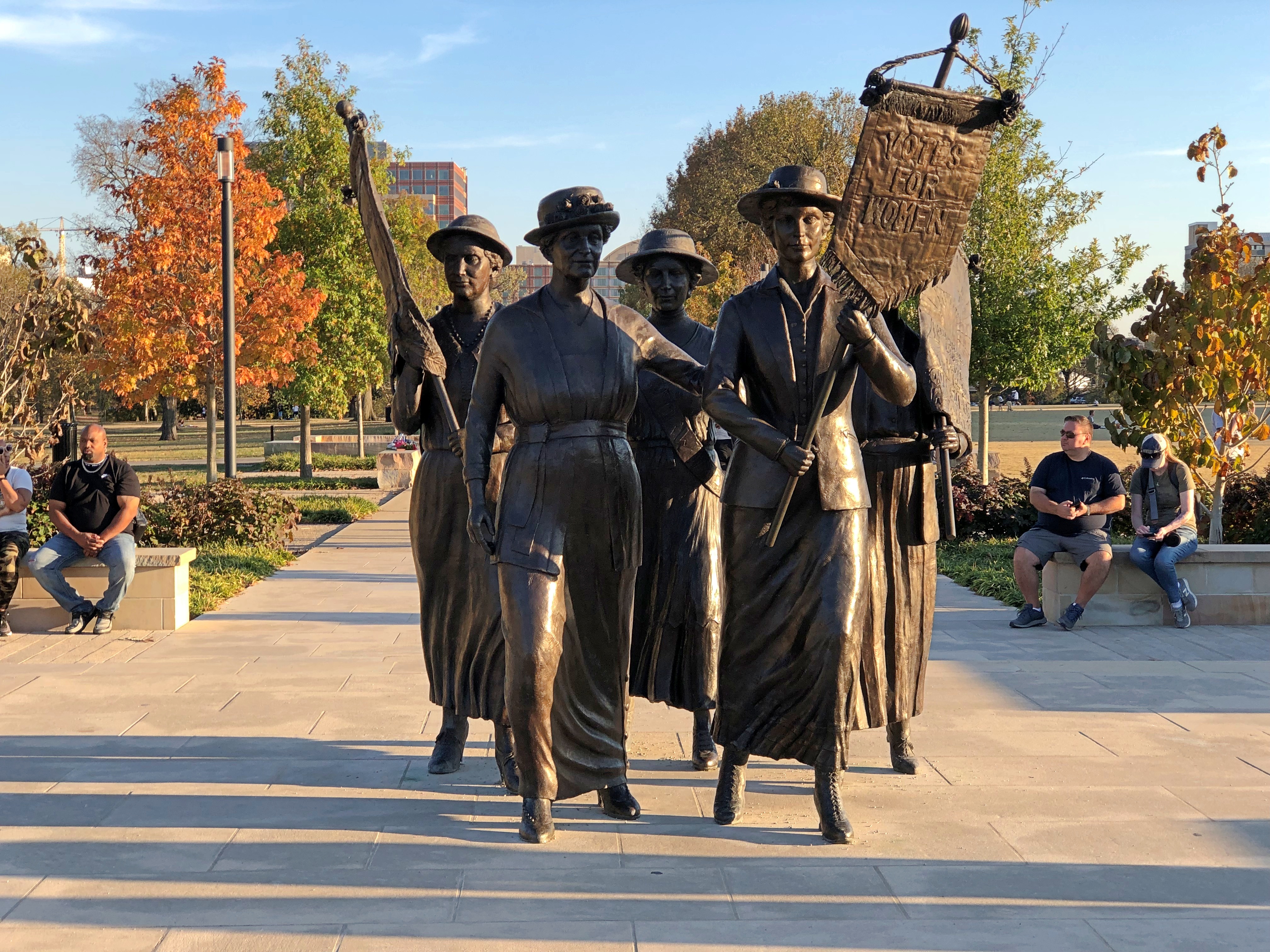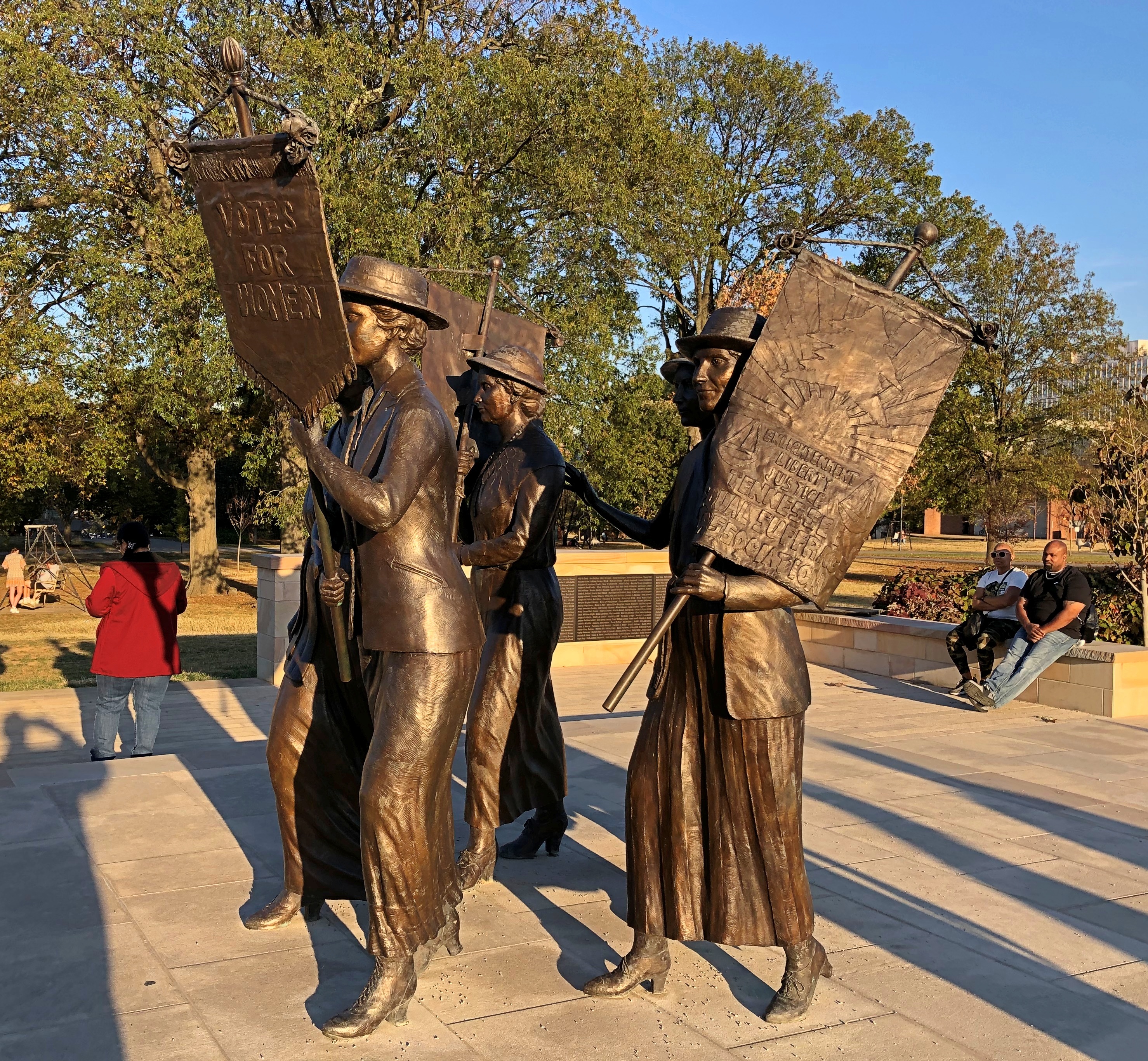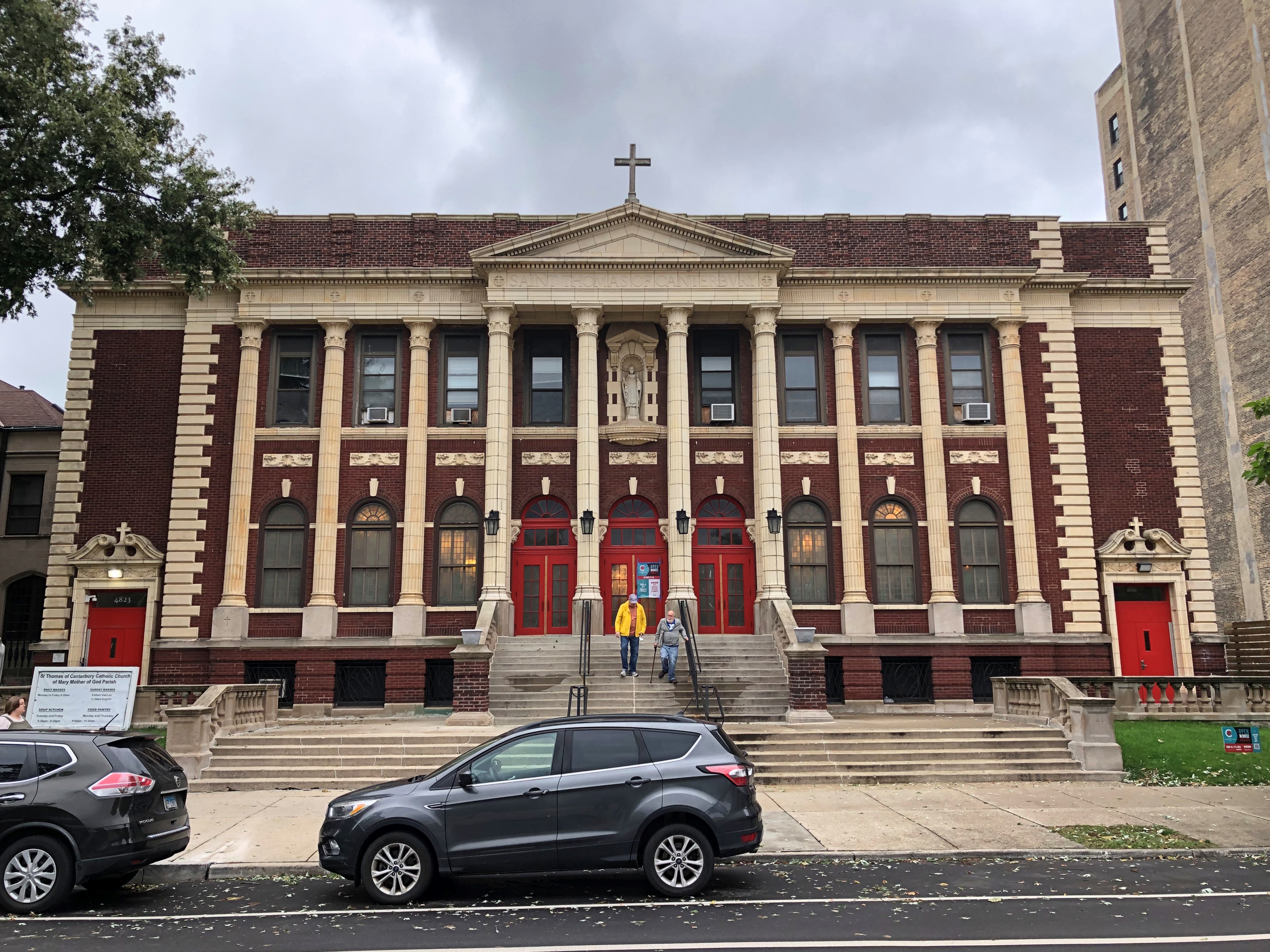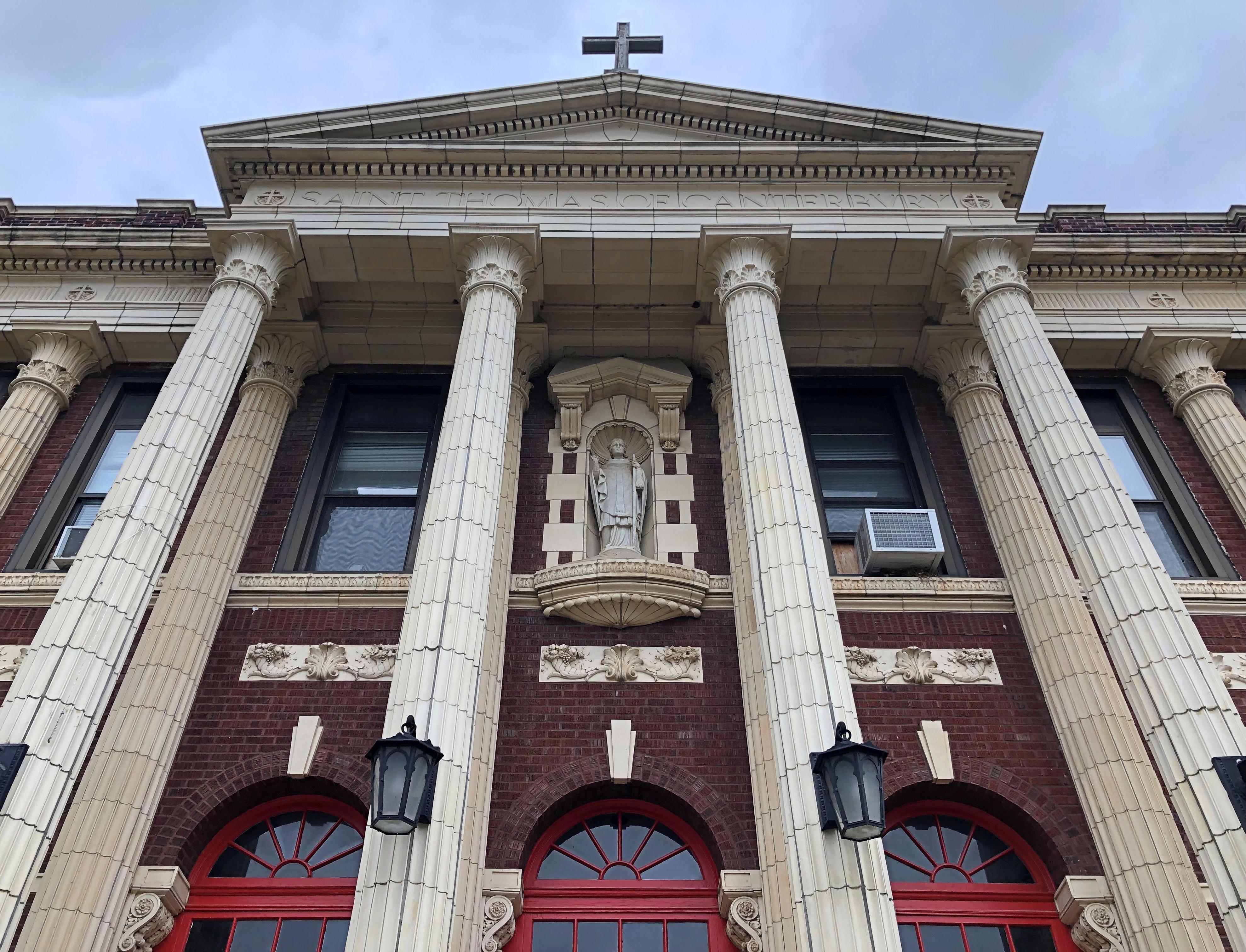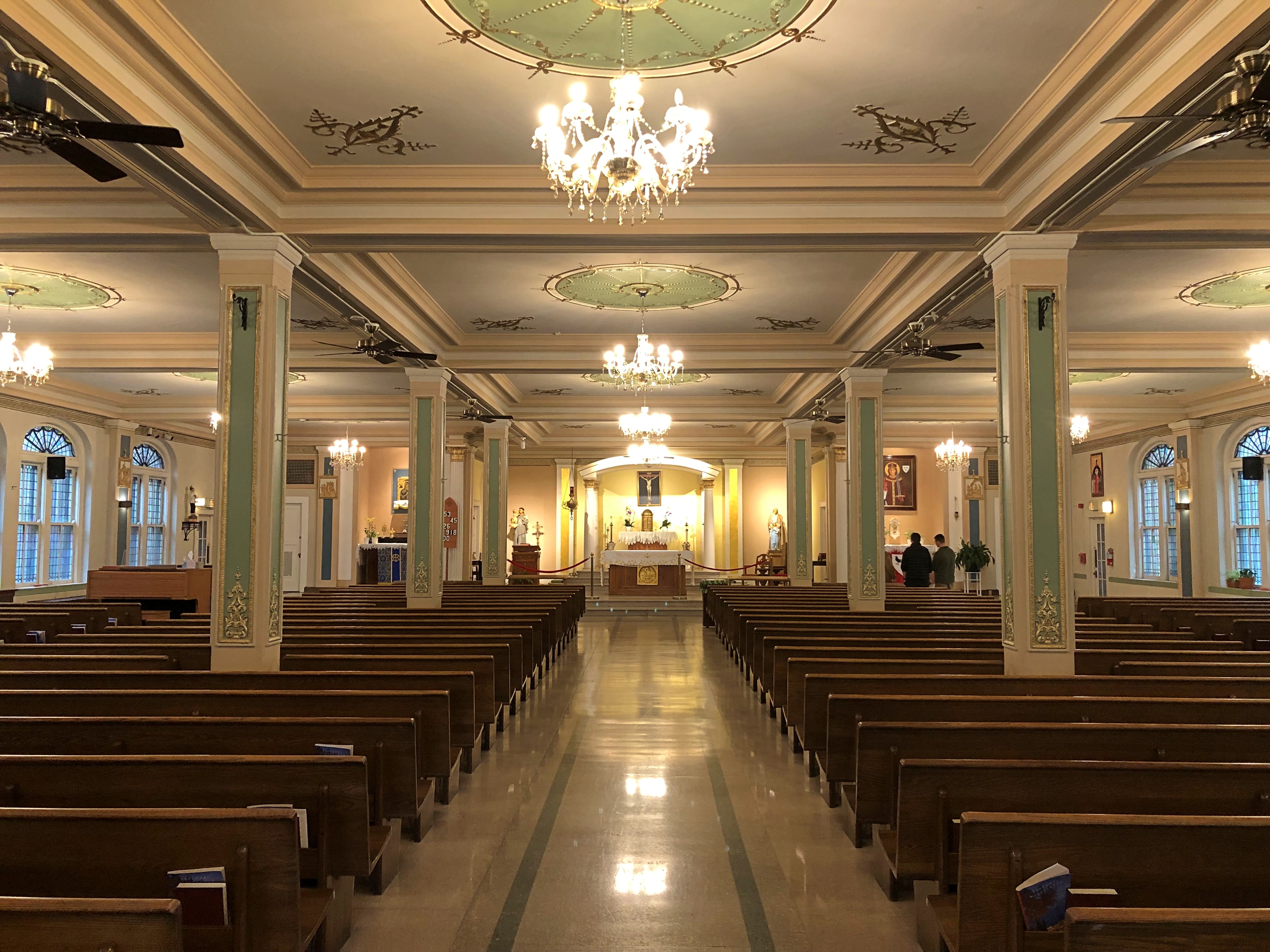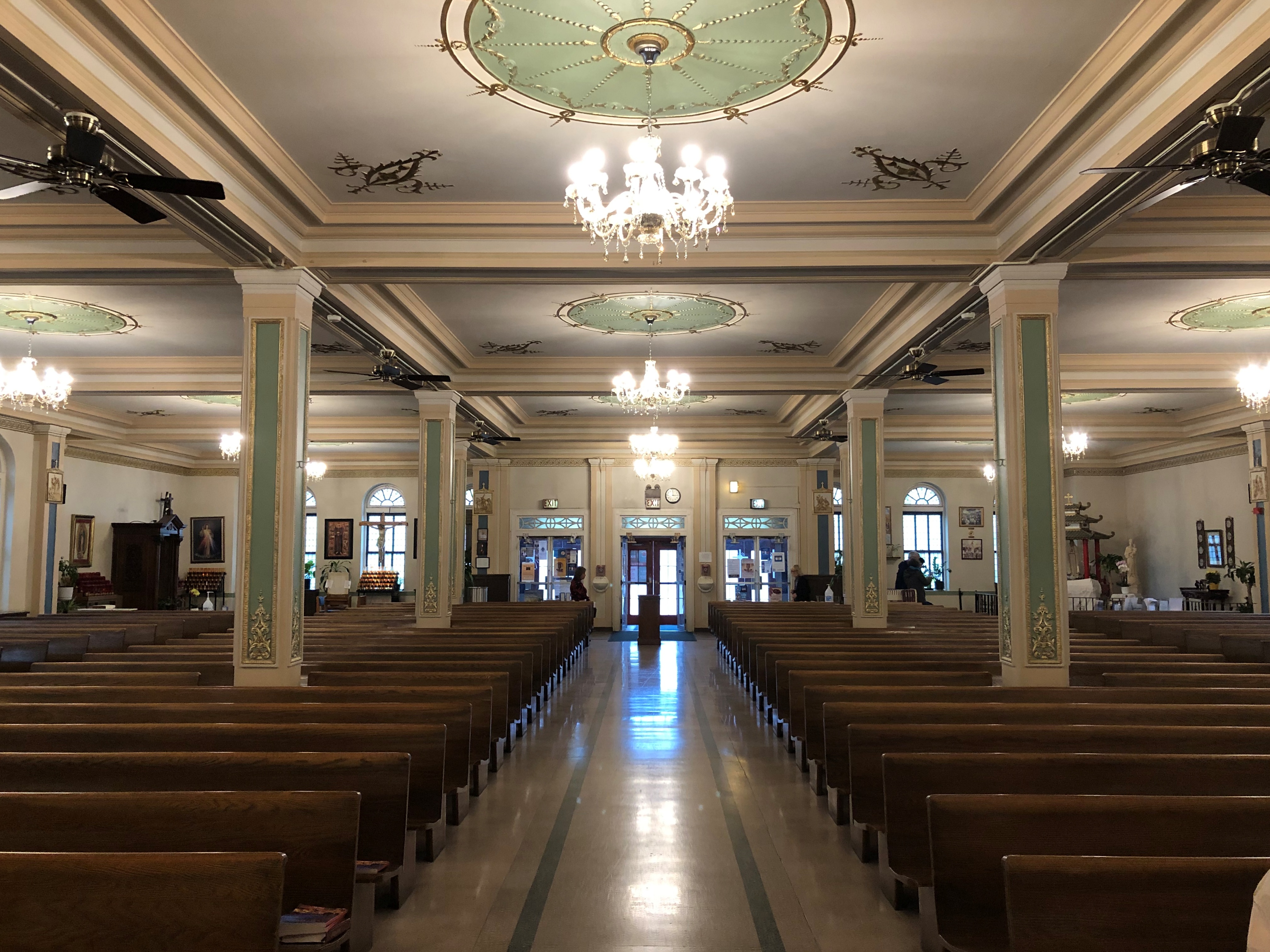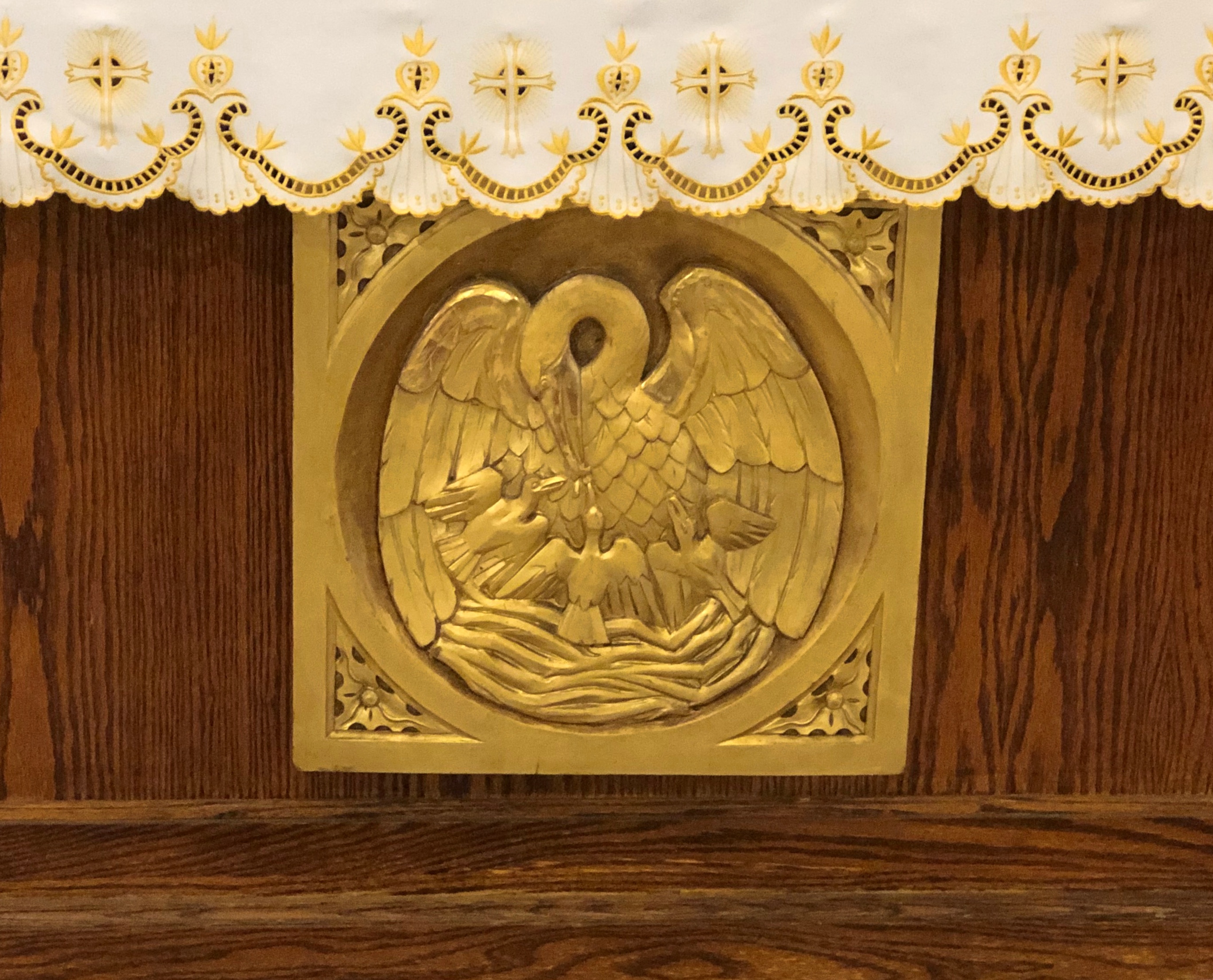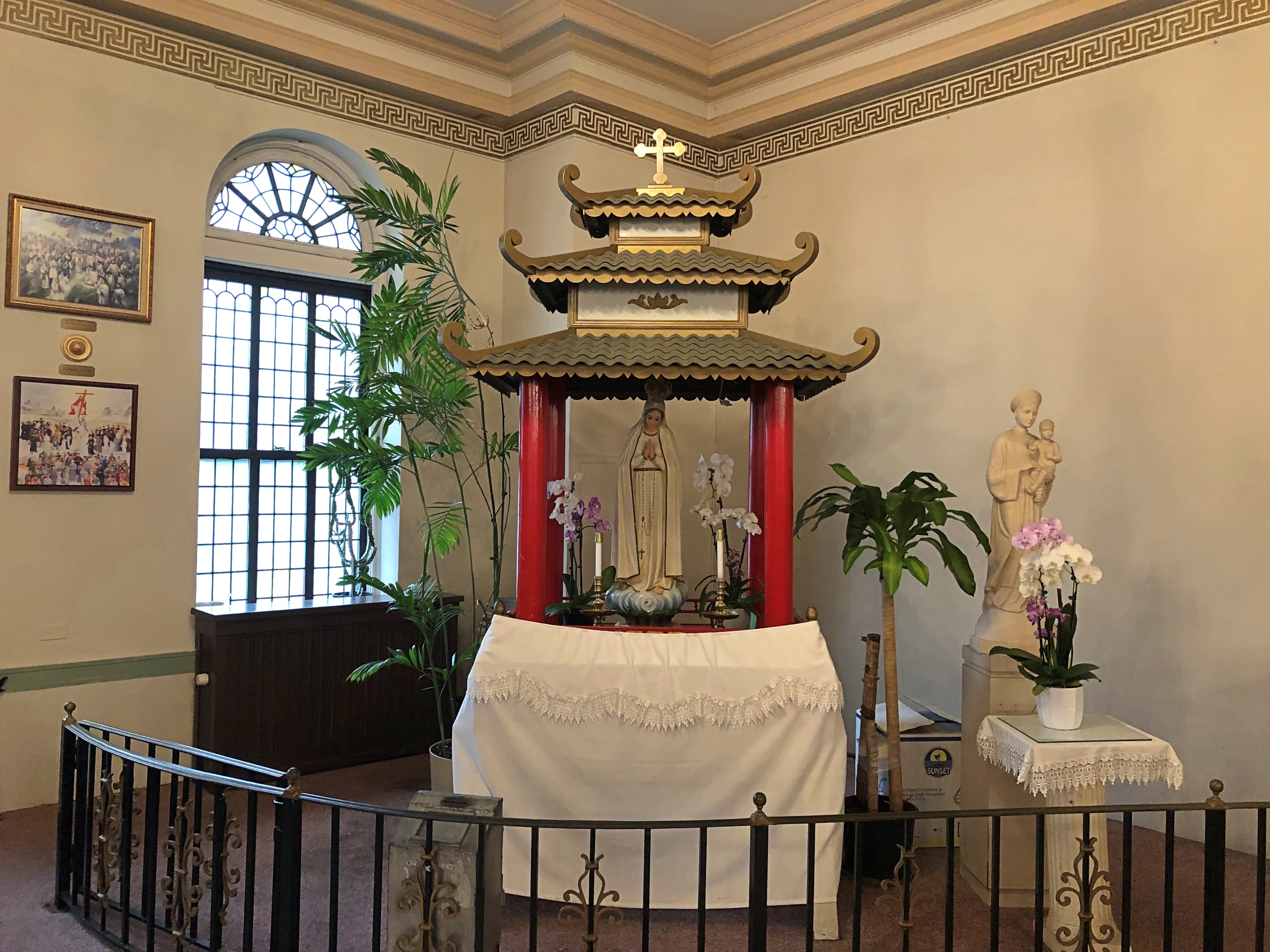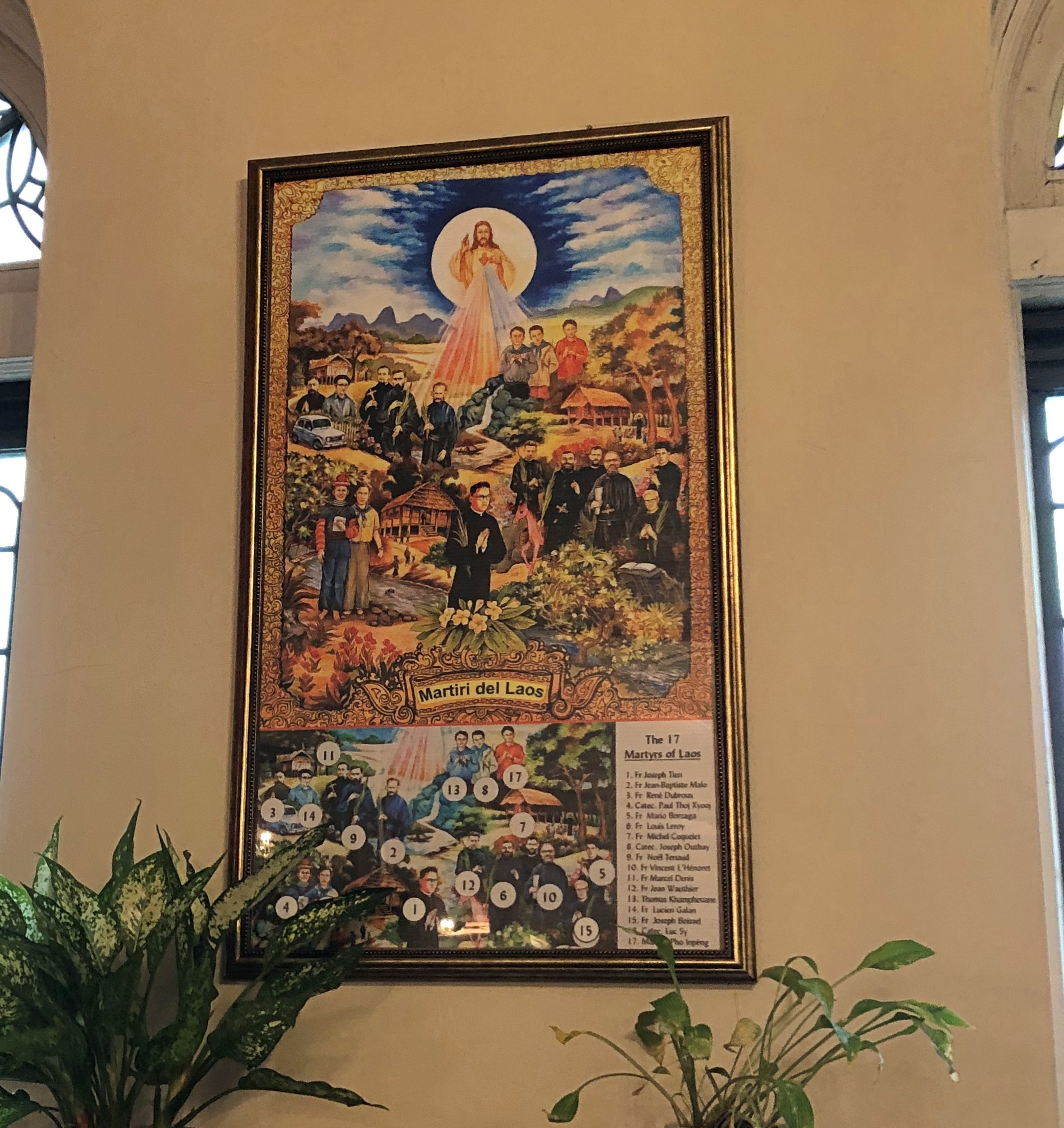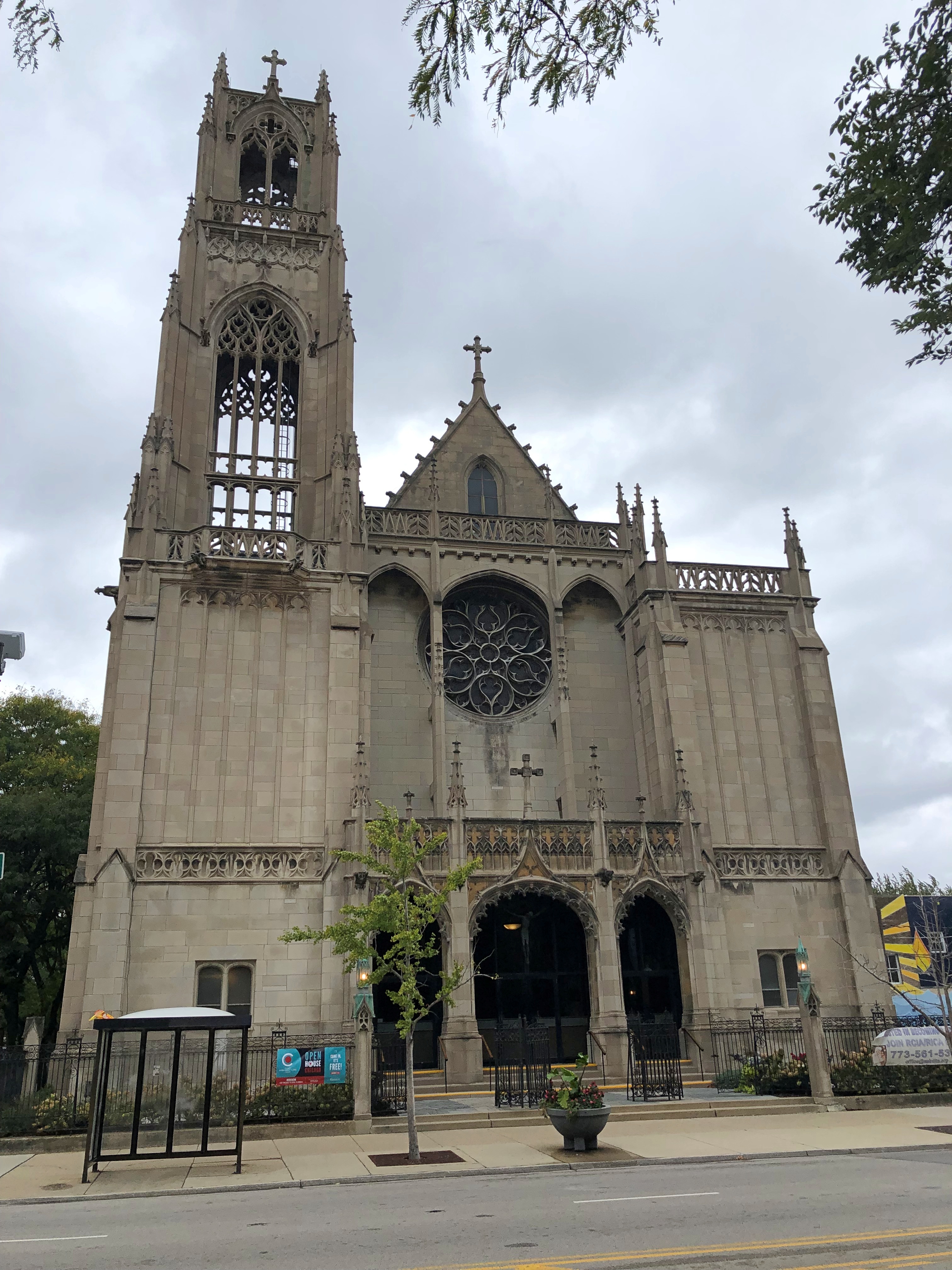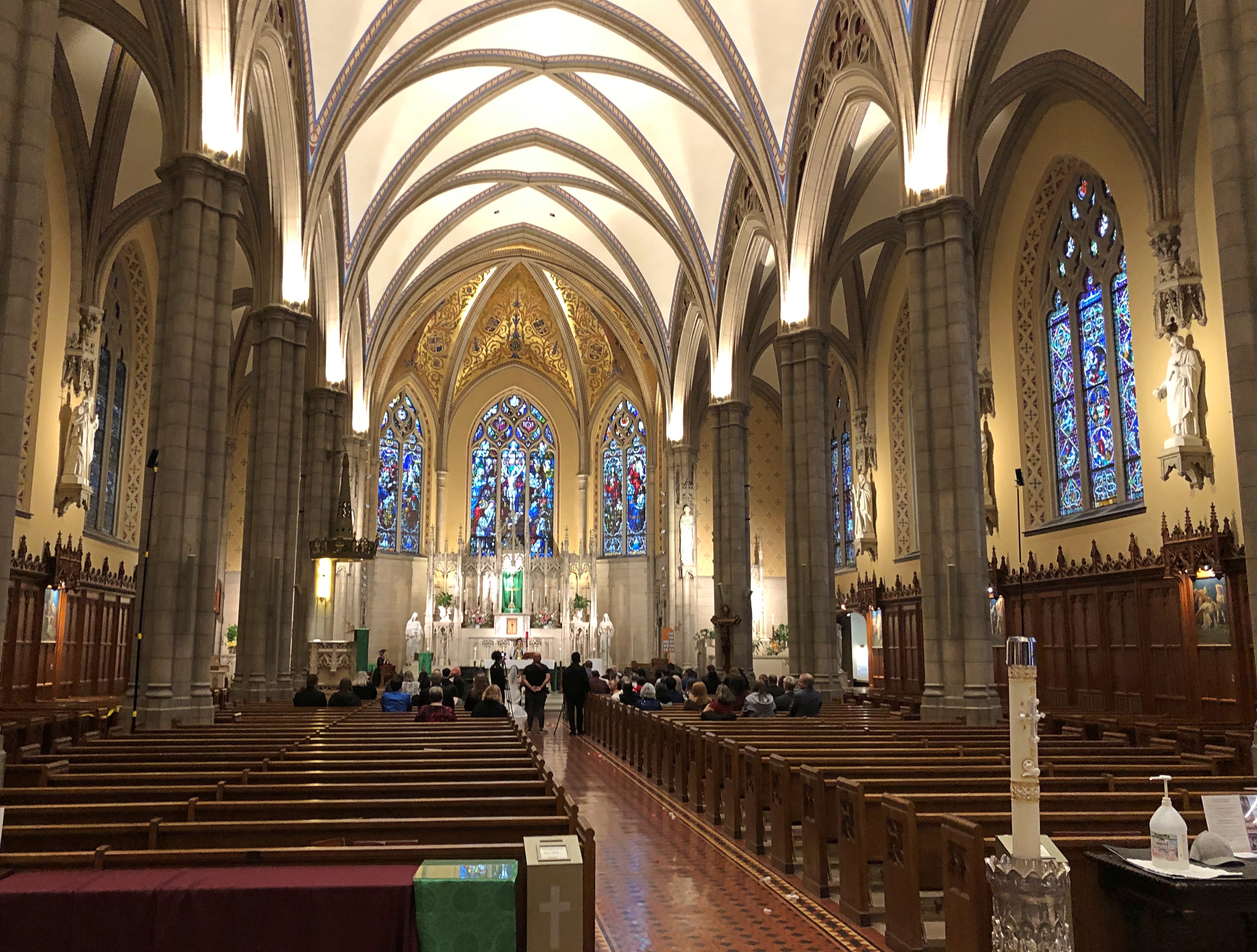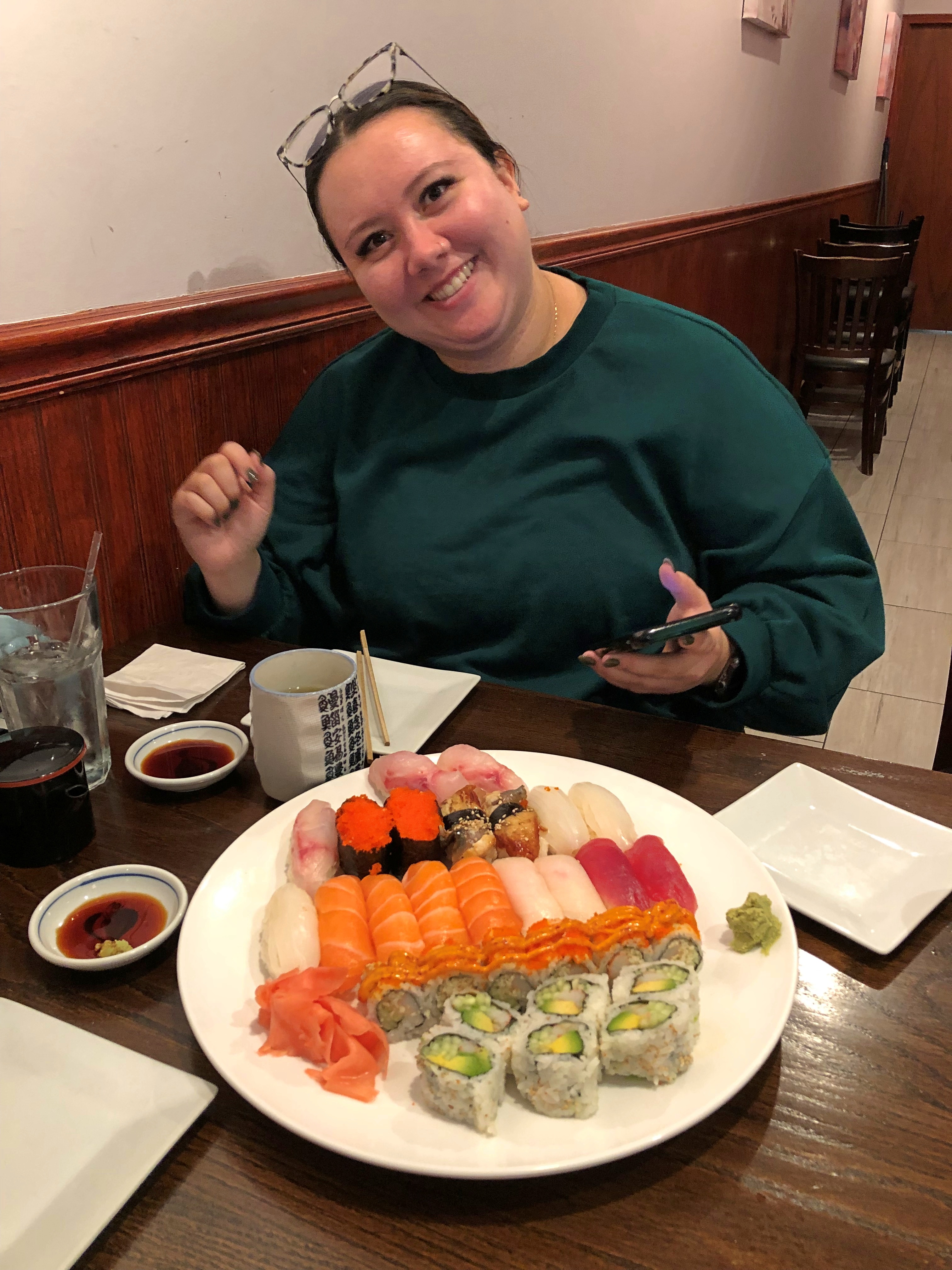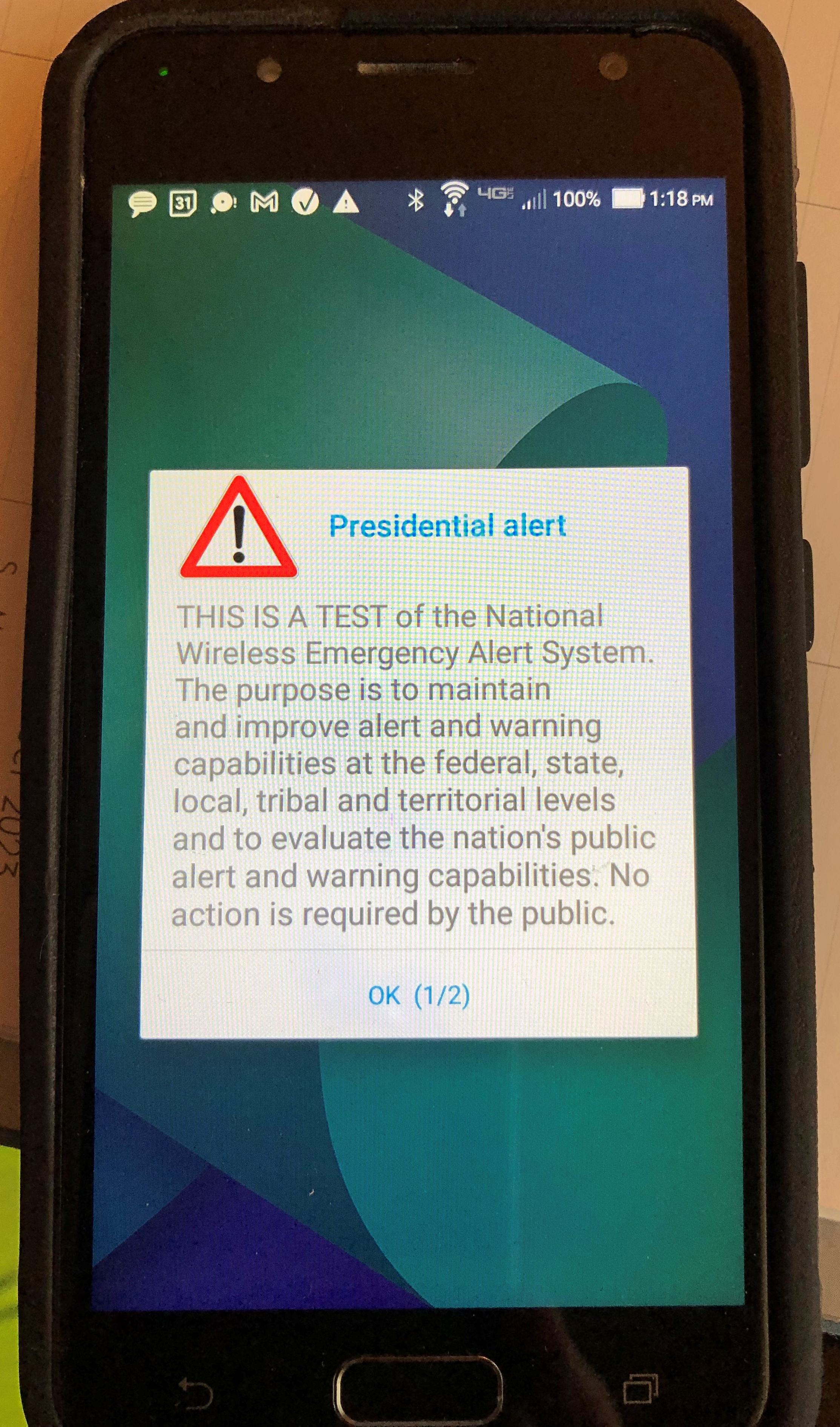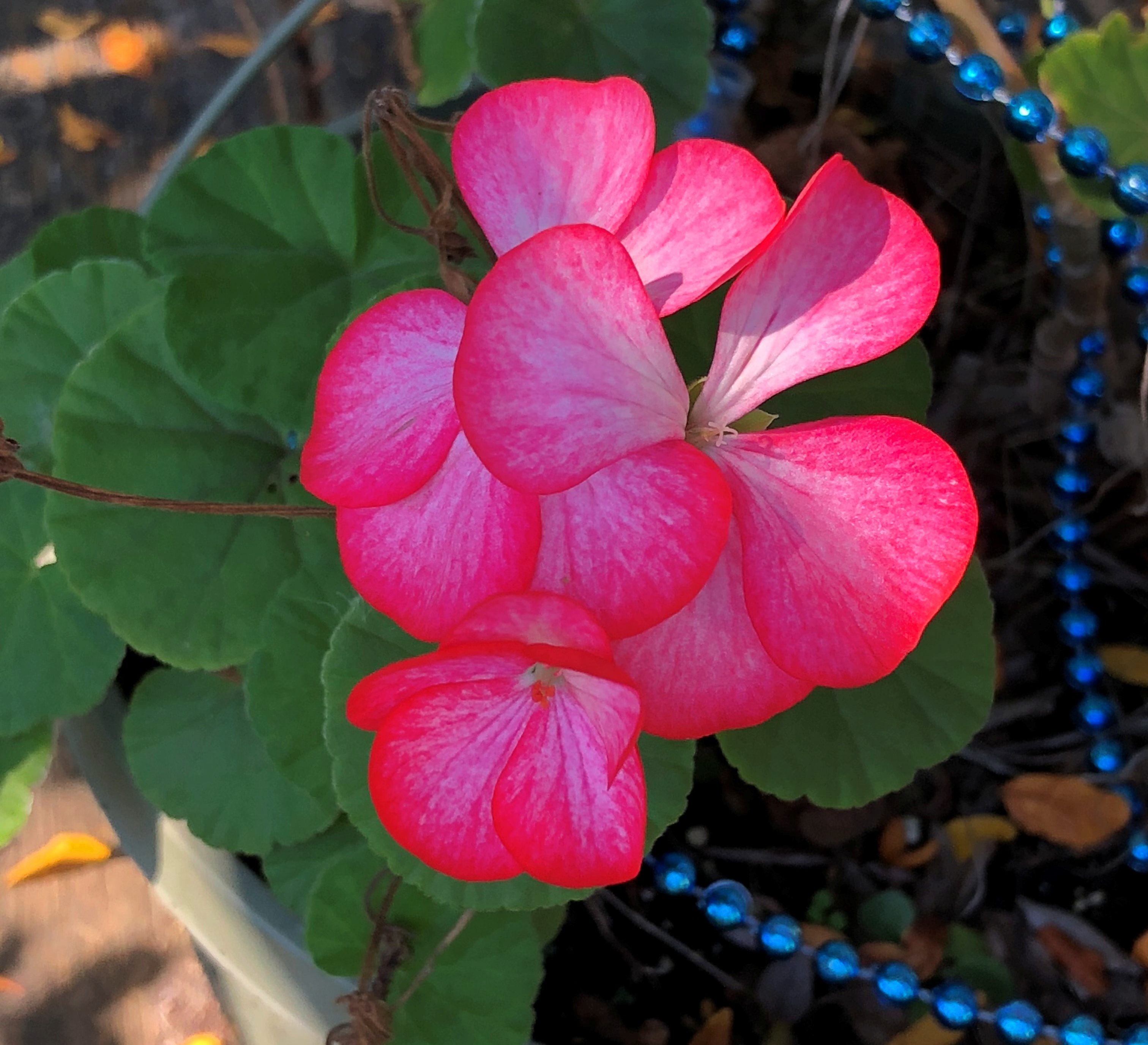Not only are we rid of January today, it was the most pleasant weather I can ever remember on a February 1 in northern Illinois: sun out sometimes, temps touching about 50 F.
YouTube algorithms are getting better at their game. Or so it seems. Today they suggested a Mexican ska band, Mexican Nutty Stompers, who have just released an album. The song, “Souvenir.” I was the 83rd listener.
Never mind the delight in finding Mexican ska when you didn’t such a thing existed, whoever the lead singer is, she’s got some voice. I might look into finding out her name, but for now the voice is more than enough.
A snippet from a press release that came a few weeks ago:
Embrace the spirit of Dry January with Hotel ZaZa Memorial City. Dine in at Hotel ZAZA’s Tipping Point Restaurant and Terrace and indulge in exclusive mocktail specials, crafted to make your taste buds dance without the spirits. Throughout the month of January, enjoy a selection of zero-proof concoctions, each priced at just $8.
Closer to my wheelhouse, but not quite in it. Still, I learned a couple of things from the release. One, Hotel ZaZa Memorial City is in Houston. Zaza is a collection of boutique hotels in Texas, in fact, with locations in Austin and Dallas too. I wasn’t familiar with the brand, but it looks posh all right. Also, this is the essence of the luxury hotel business: serving drinks at what would be a very reasonable price, if they contained any alcohol.
Dry January. I had to look around for more information on that, and it turned out to be a thing. Not sure if it’s just a thing of the chattering classes, or has stronger purchase on the steep slopes of American culture, but anyway you can find mainstream articles about it. Never heard of any of that. I’m late to the party, as usual. Or the non-party, considering no alcohol is served. As we all know, alcohol is essential to any fun party. That’s true in song and story.
The concept is simple enough to be a thing: Dry January just means not drinking alcohol during January, presumably timed to come after personal bacchanals in December. The hotel is using the concept to sell mocktails, but people do seem to use the idea to improve their lives. Good for them. I found it a little hard to imagine, though. Every January is Dry January for me.
I did order, and drink, an Old Fashioned at the bar of the Nashville Italian restaurant where we had dinner on the last full night with my friends in November. We were waiting for a table, so we all sat at the bar, enjoying some lively conversation with each other.
We also spent a few minutes watching the bartender, a nattily dressed slip of an African-American young man, maybe 30, who seemed to be everywhere behind the bar doing everything all the time, but mostly assembling the various liquors for his cocktail creations. With an economy and grace to his movements that spoke of years of practice. He was an artist.
So I wanted to order something from him. But what? As I later explained to my friends, a little part of every man wants to be Don Draper, so the drink in front of me was my homage to the character, and a vehicle to provide a nice tip for the bartender.
A little more than 12 years before ordering the Old Fashioned in Nashville, I ordered one in Appleton, Wisconsin on a press trip because I recently heard of the drink on Mad Men and was curious.
But mixed drinks haven’t been how I’ve usually spent my money over the years. All those years later in Nashville, I nursed my Old Fashioned a while – I’m not a hard-drinking TV character, after all – and concluded that I hadn’t had a bar cocktail between those two times, only occasional beer and wine, most of which wasn’t at bars anyway. What’s the term for that? Not teetotaler. Quasi-totaler?

